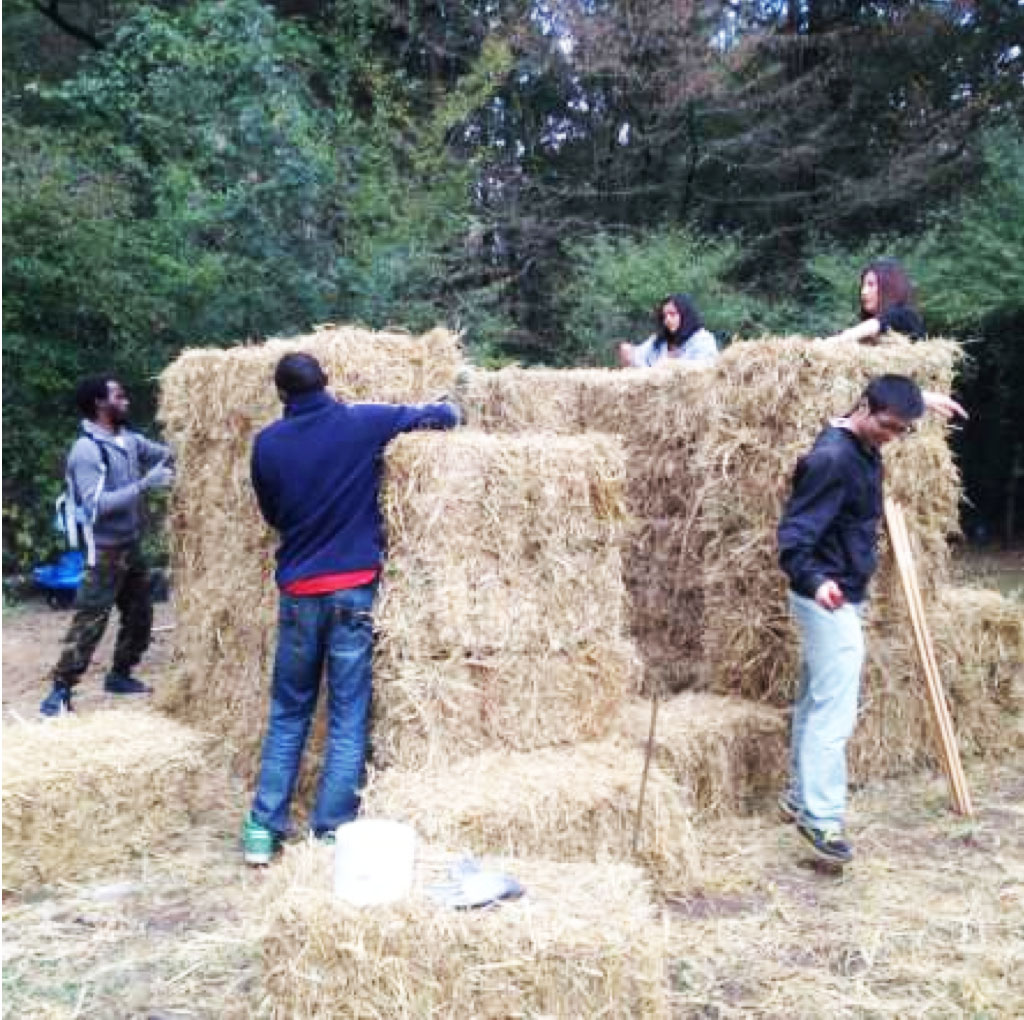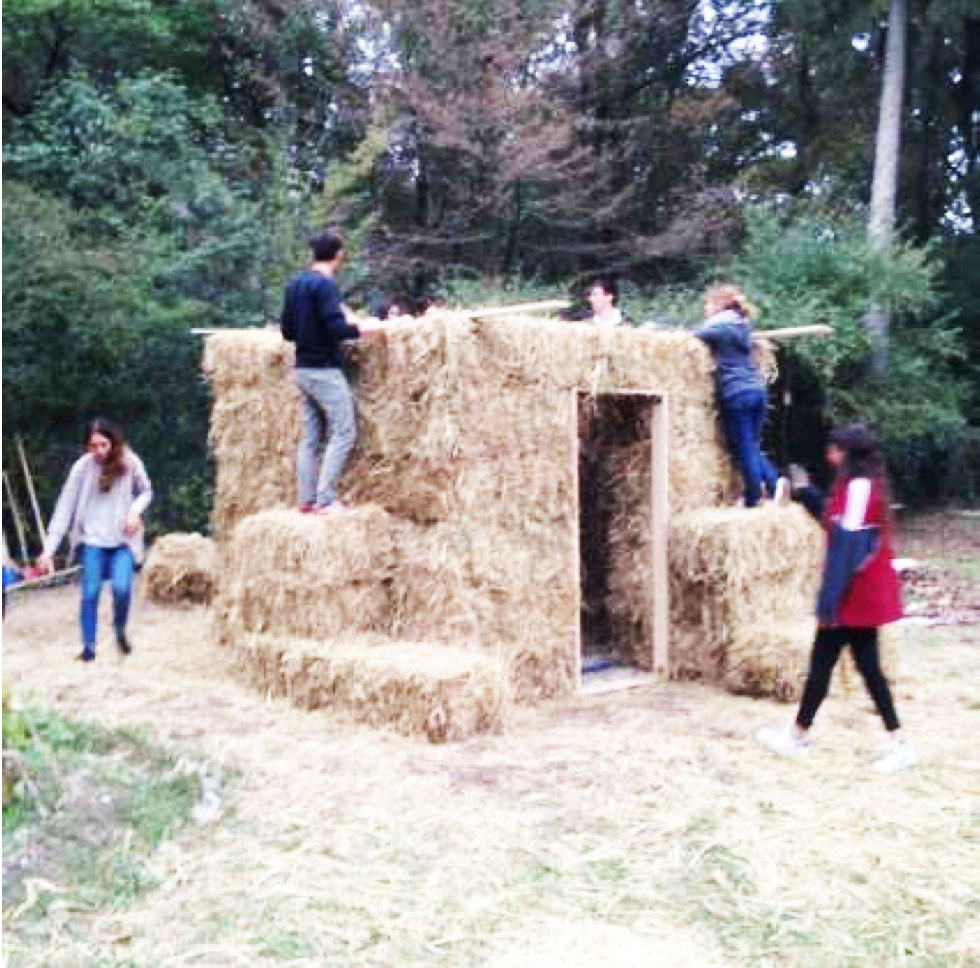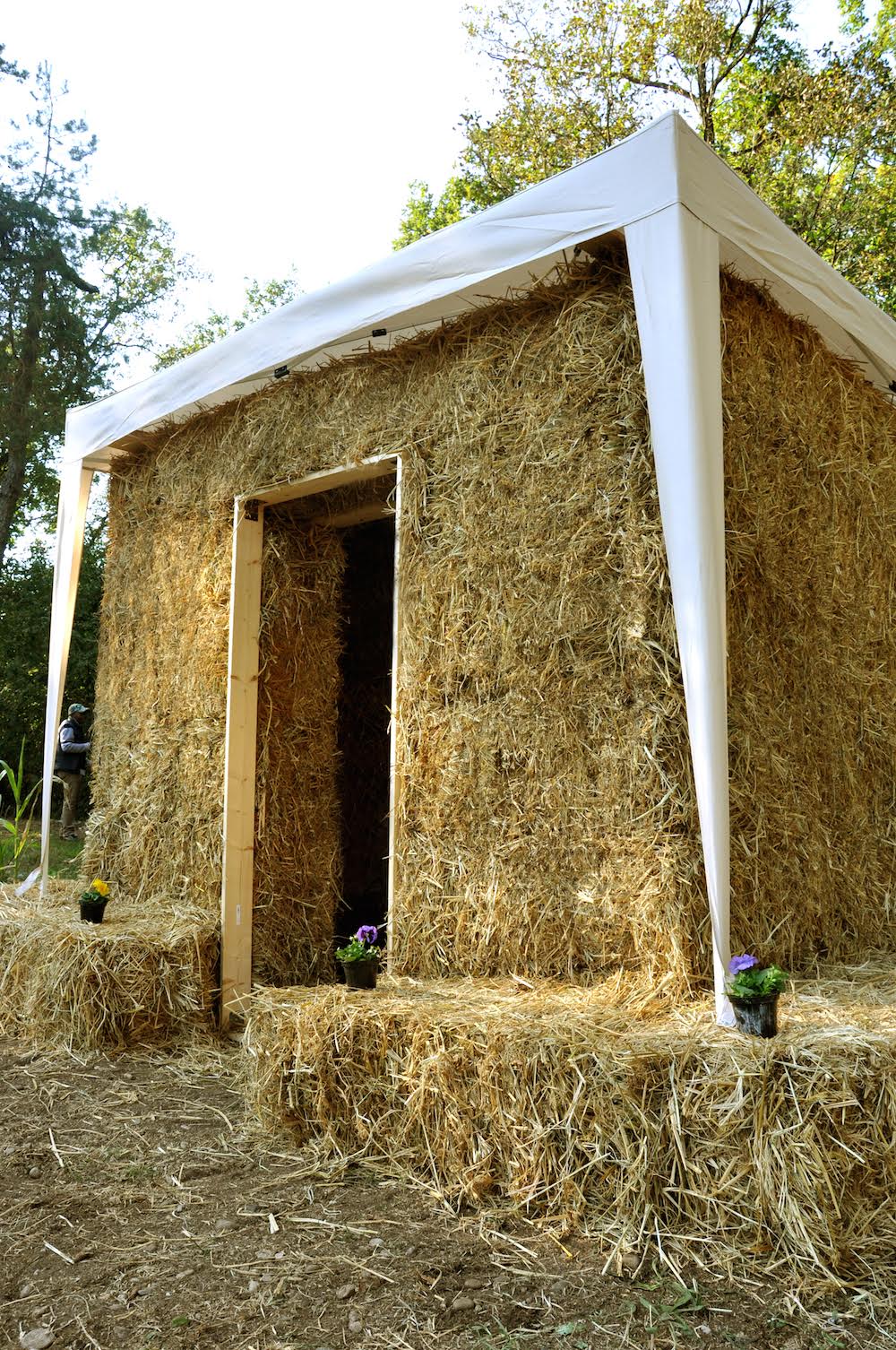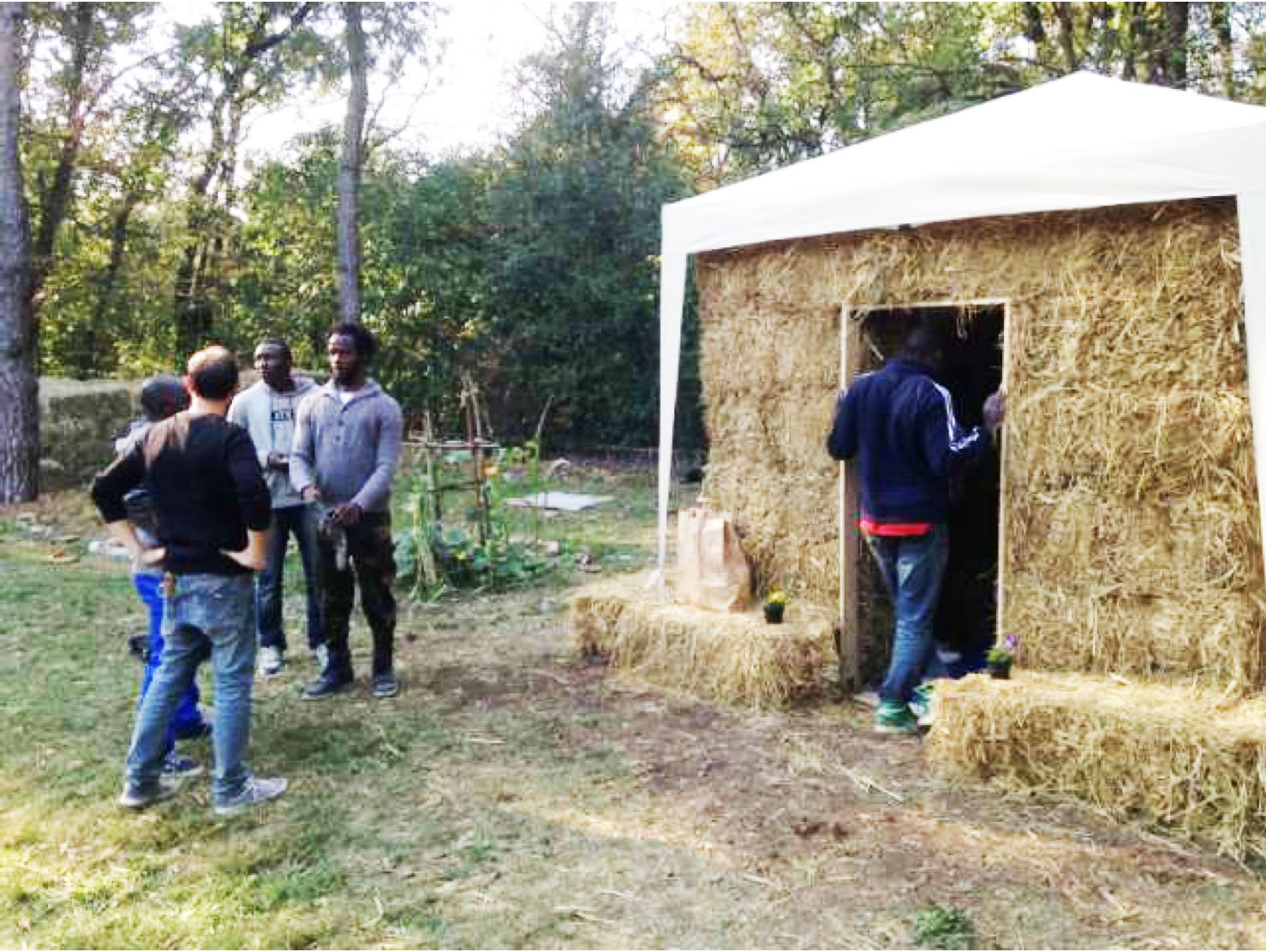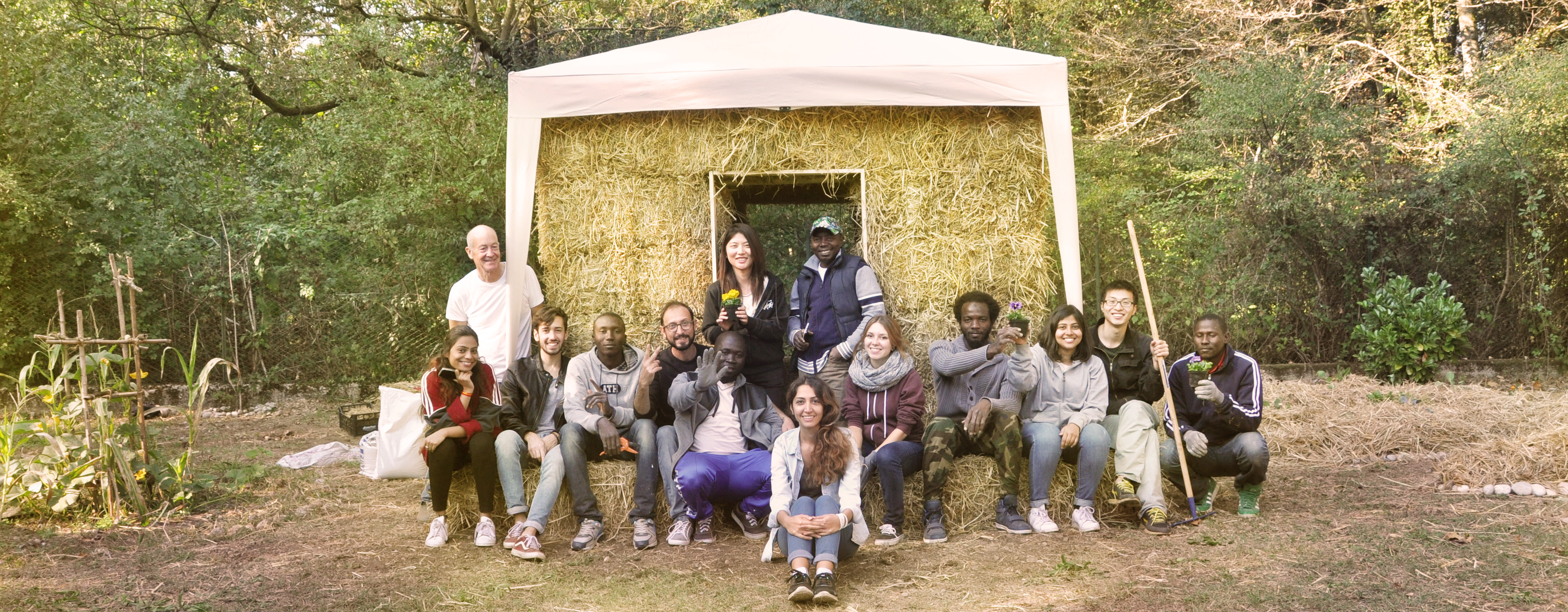Going Global: Urban Sketching as a Shared Experience
When she moved from Munich, Germany, to the American Midwest, Vivien Ahrens brought with her a passion for drawing in urban settings. Through urbansketchers.org she found a multi-local community of fellow city sketchers happy to share their art and experiences in a globally expanding network.
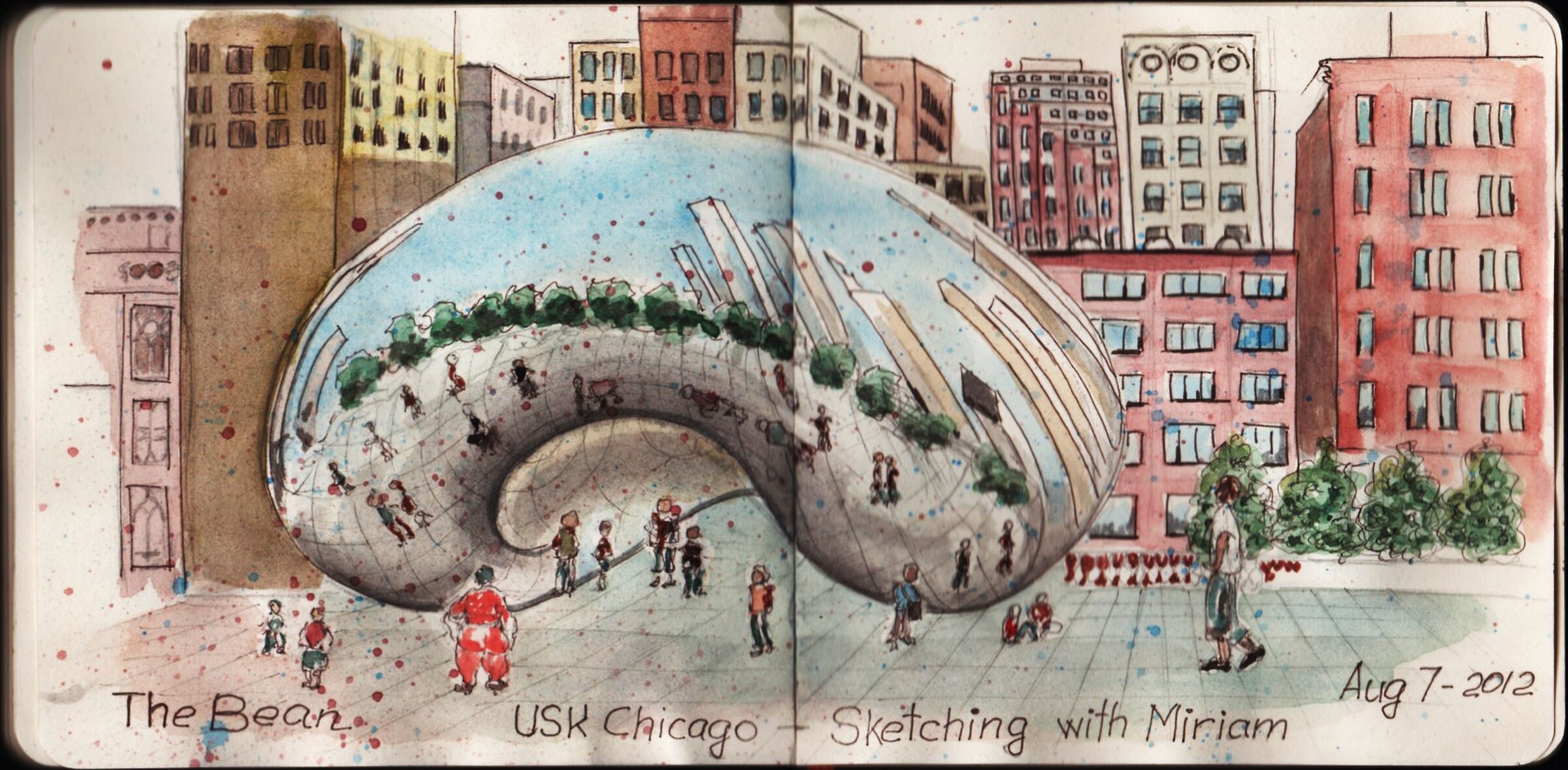
“I’ll sketch something, and then I’ll never see it the same way again.” (Andrew Banks)
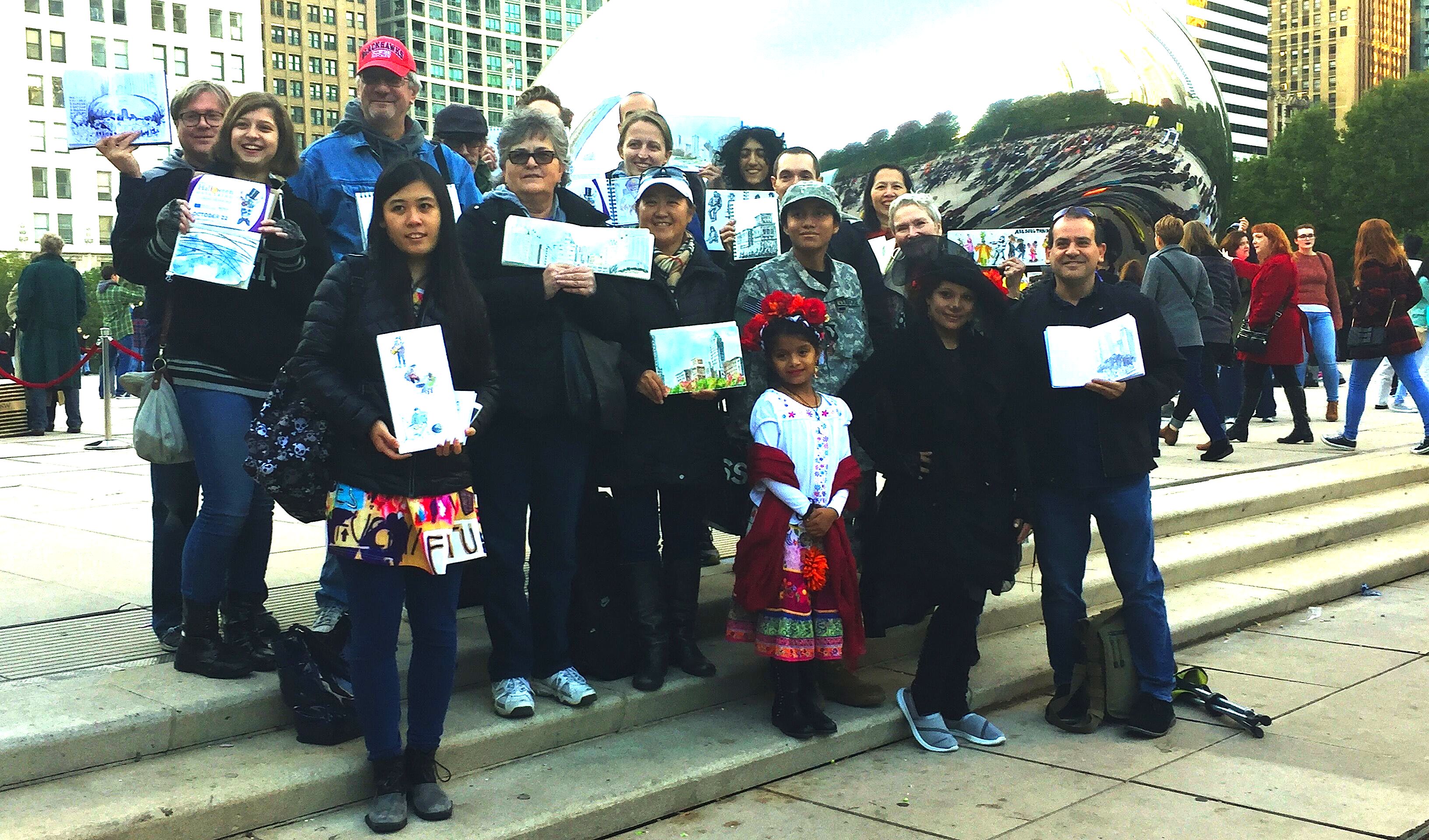
“Sketching you find the beauty even in a city so unequal, so monstrous as Sao Paulo.
You find the hidden things beyond the cliché.” (Kei Isogai)
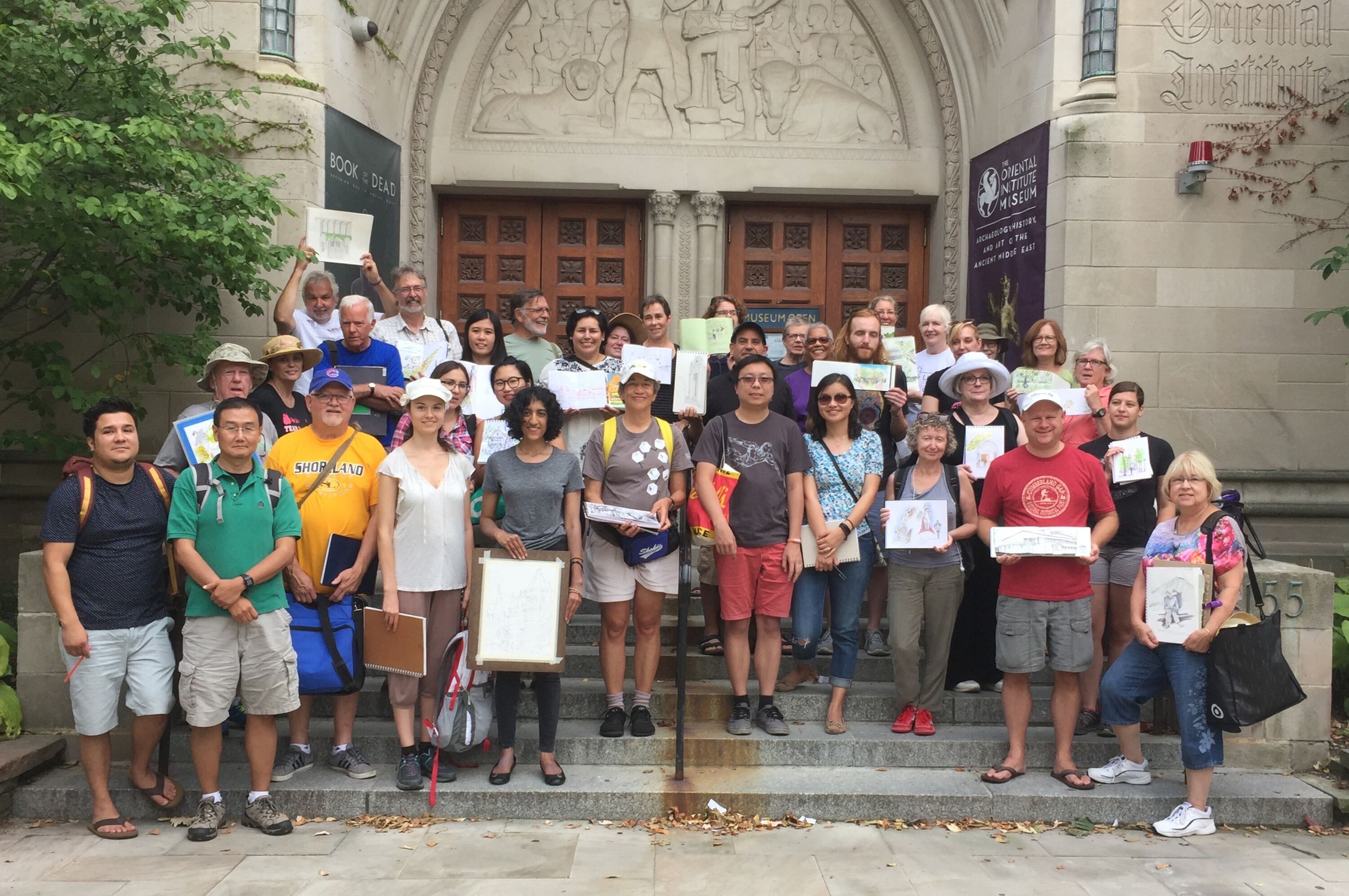
“My sketchbook is a witness of what I am experiencing, scribbling things whenever they happen”
(Vincent van Gogh)
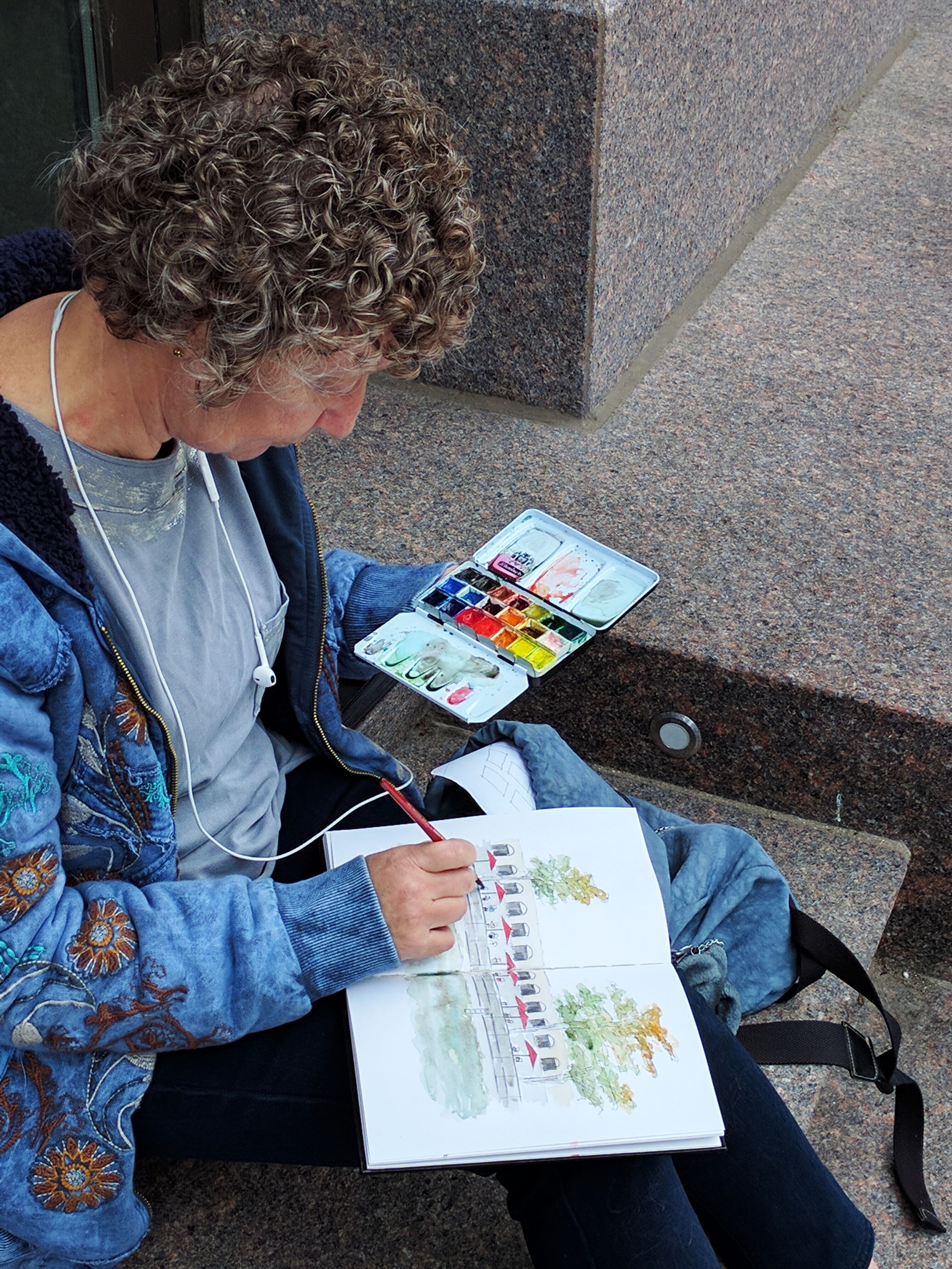
Look around. I’m sure you’ll spot one. Maybe on the next street corner, or at your local barber shop. Maybe on the subway home or this morning’s rush hour traffic jam? As you sit in a café or go to the movies, in cities around the world men and women, young and old, bend over their sketchbooks, pen at hand, ready to capture what they see in quick strokes. They tell stories of the familiar or the bewildering, the shocking, whimsical or endearing scenes of everyday urban life. Hand-made images, decelerated personal moments of observation -- gone viral. Urban Sketchers (Urbansketchers.org) -- a growing global community of artists that sketch on location, showing “the world one drawing at a time” -- counts 25,000 visitors a month, 138,000 followers on Instagram and over 95,000 likes on Facebook. While sharing their drawings virtually through social media, Urban Sketchers also connect face-to-face in regular “Sketch Crawls” organized by the nearly 200 local chapters in six continents.
.......................................................................
Urban Sketchers Manifesto:
-
- We draw on location, indoors or out, capturing what we see from direct observation.
-
- Our drawings tell the story of our surroundings, the places we live and where we travel.
-
- Our drawings are a record of time and place.
-
- We are truthful to the scenes we witness.
-
- We use any kind of media and cherish our individual styles.
-
- We support each other and draw together.
-
- We share our drawings online.
-
- We show the world, one drawing at a time.
- .........................................................................................
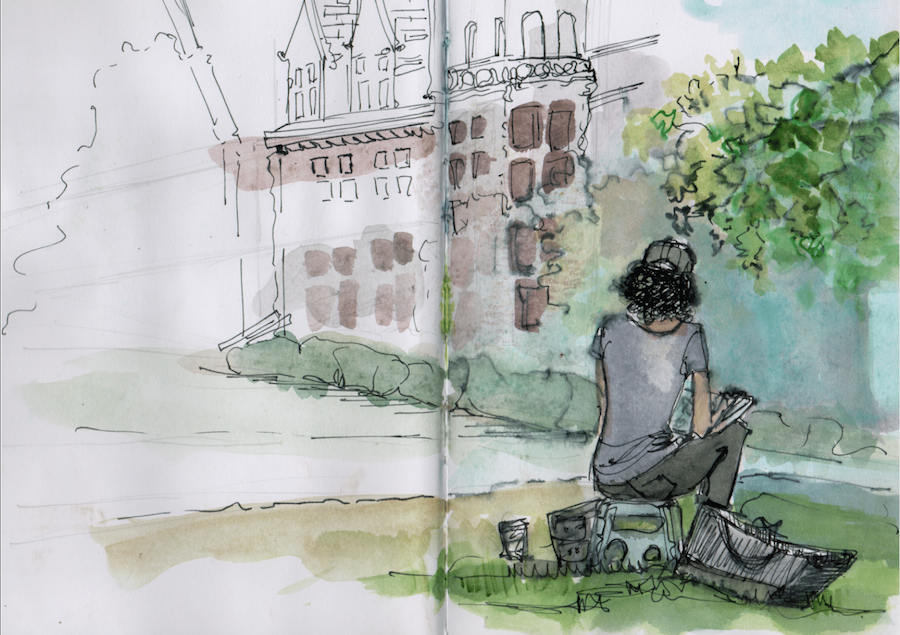
I sketch. When I first came across Urban Sketching, I was shocked. I have felt the rush of complete immersion and concentration while drawing. Removed from time, hyper sensitive to your surroundings -- sketching changes your way of seeing and being. For me this immersion has always been a private moment. I used to guard my sketchbooks like secret diaries. The scribbles in them where studies, processes, mistakes, conversations with myself, not ready to be shared with others. Making that experience a global social happening seemed strangely exhibitionistic to me. But, I was intrigued. Contacting sketchers from Chicago, Sao Paulo and Munich, I hoped to learn more about their shared experiences. How come people all over the world, of different ages and backgrounds, decide to draw in public? What do they have in common? How do they connect?
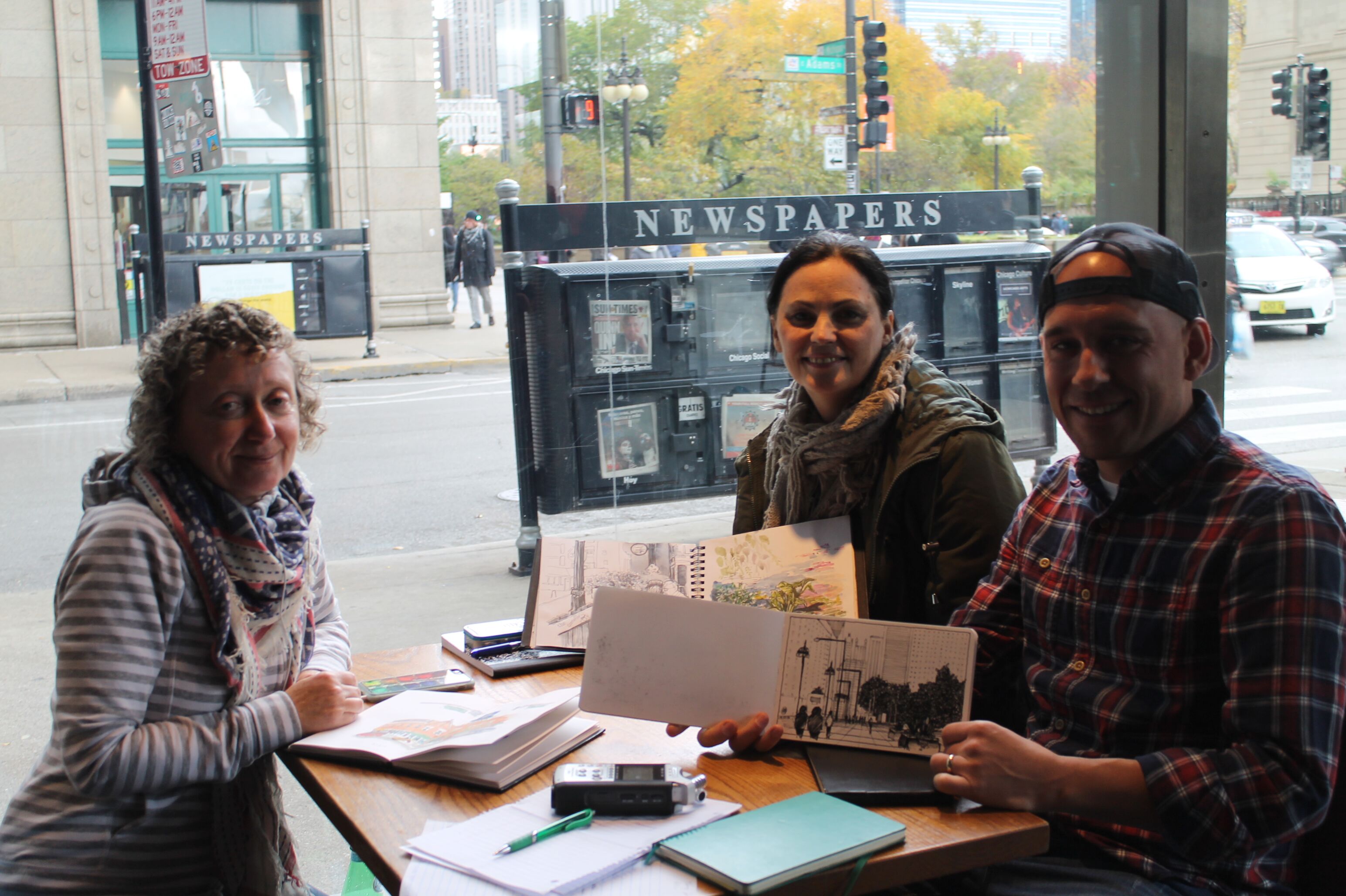
In a café in downtown Chicago, just across from the Art Institute, Mary Joe Ernst (dress maker) laughs recalling her first sketch crawl: “I was terrified. I sat in my car for 20 minutes, before getting out. I was terrified to walk into a room where I didn't know anyone. And the thought of sketching in front of someone was absolutely terrifying to me.” Three years later she can’t picture her life without Urban Sketching: “I love the feeling you get in that moment when you are drawing. I always have a weird connection with somebody that is on the street. Always when I’m out I end up talking to a complete stranger.”
Besides connecting with passersby, Andrew Banks (illustrator) describes the sense of community within the group:
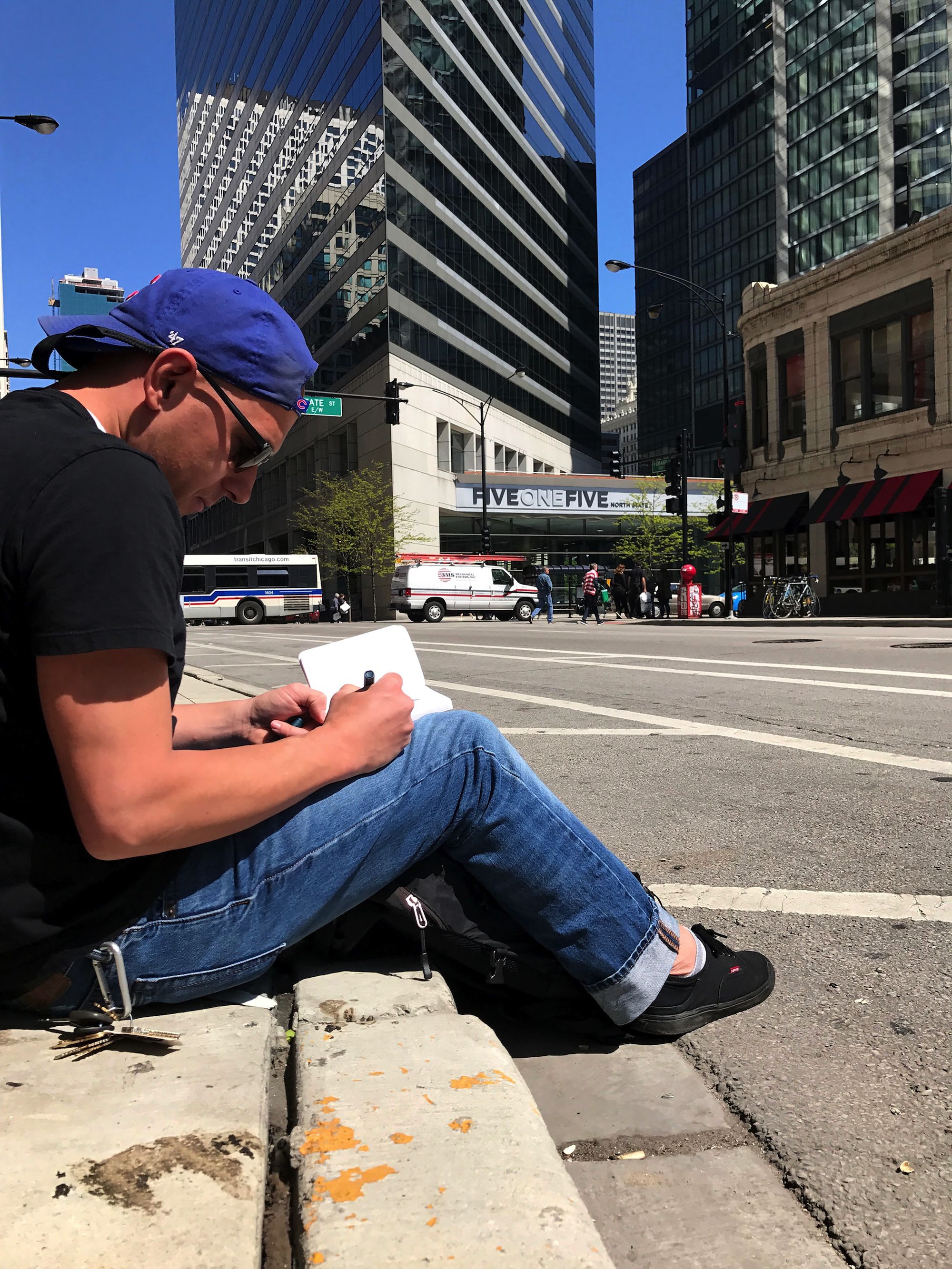
“It's really fun to be around people who have a passion for the same things that you do. It's fun to talk about techniques and pens and art materials. We also get together after the sketching, and put our sketchbooks on the ground and photograph the group, and the quilt of sketches.” Alexandra Zonis (painter) adds: “I feel it promotes the feeling that we are a community. That we are in this together and you can see that some sketches are just scribbles, because somebody is just starting, and you can see that someone is a professional, but it doesn't matter. The newer person can inspire the other one. The more experienced person can contribute and advise, or suggest a plot, and it works together.”
Wes Douglas (graphic designer / graphic recorder) describes the virtual exchange of knowledge through Instagram and Facebook, and how international USK symposia (last 2017 in Chicago) have enabled him to meet international artists face-to-face he had before long been following online: “You know before we had the symposium come to Chicago, I didn't have a whole lot of communication with the global urban sketchers. I didn’t know any of them and I didn't meet them.
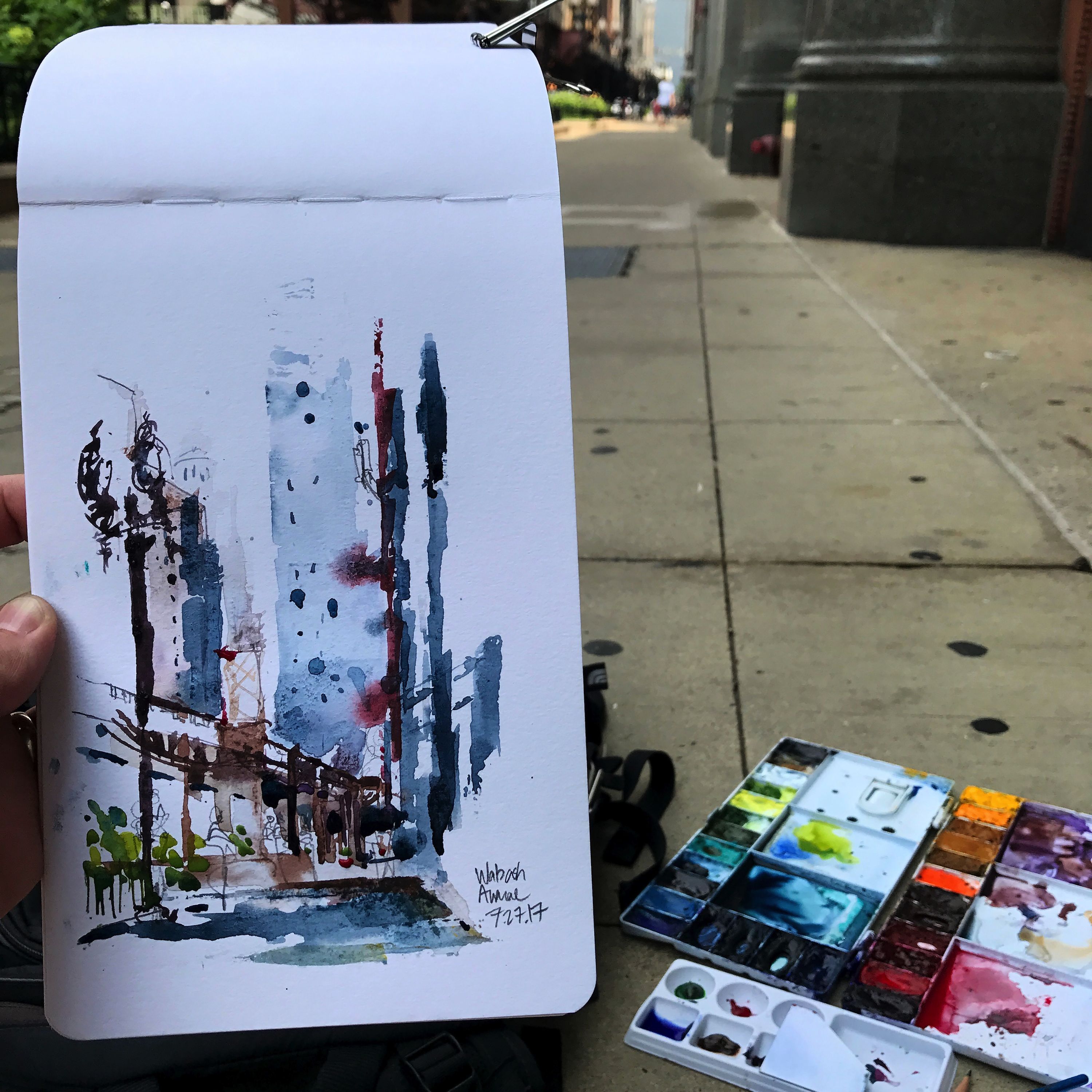
Occasionally I'd see the work of artists who I really admire, who are well known and who are also instructors through the symposium. When the symposium happened, I got to meet some artists, where I can say: ‘Man, I'm so glad I got to meet you, I've been admiring your work for years, but you probably don't know me from Adam.’ But now, they do. Now, all of a sudden, we’re friends on Facebook. And when I post, either through Instagram or Facebook, then they see my work, and they remember who I am. Now my friendship circle has grown.”
Alex, Andrew, Mary Joe and Wes’ words echo in the statements of sketchers I connect with via Skype over the next weeks. Miriam Benmoussa (financial risk analyst) from Munich, met Alex when travelling to Chicago in 2012, and was inspired to start a USK chapter in Munich.
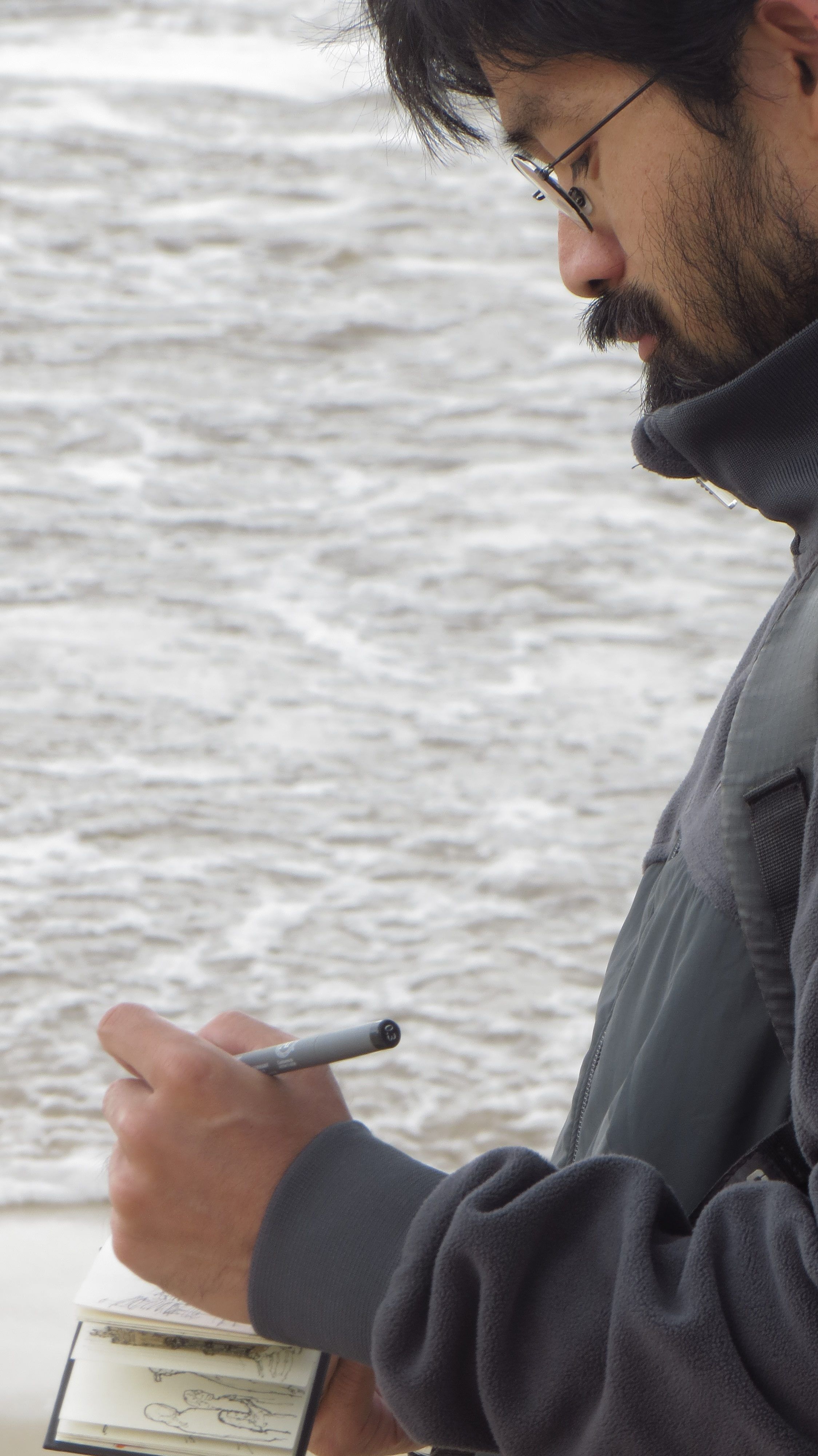
Travelling the world, she connected with locals through Urban Sketching: “Wherever you go, you know you will meet people that speak the same language.” Whether face-to-face encounters or virtual exchange, all sketchers emphasized the importance of “feeling part of something” (Kei Isogai, 31, architect, Sao Paulo). As Ronaldo Kurita (landscape architect/chef) from Sao Paulo says, it’s good to know, “that I’m not the only crazy person doing this.”
Is it this sense of community that lowers inhibitions to publish intimate scribbles and intricate masterpieces alike? Can a shared virtual experience extend the imagined community of worldwide sketchers to such an extent that private sketches become a publicly shared passion? Apparently, it can, as new members from around the world join, and sketches of all styles, materials and motifs are posted, shared and commented upon.

Urban Sketchers | Andrew Banks,
Mary Joe Ernst | Alexandra Zonis,
Miriam Benmoussa | Wesley Douglas,
We are happy to add here a comment by Andrew Banks, a sketcher from Chicago, whose picture is shown above:
"While I was sitting on the side walk drawing the building and scene across the street, a food delivery man stopped by me, leaned over my shoulder and showed interest and curiosity with what I was doing.
He had never heard of urban sketching before but seemed very interested to learn more. After talking for a few minutes and explaining to him why I was doing what I was doing, and how I was creating my sketch, I gave him the information for the Urban Sketchers group and our local chapter.
While I do not know if he ever pursued urban sketching, I have really grown to appreciate interactions like this. Sketching in public seems to open the door for interactions with people that you would never have had the opportunity to speak to had you not been sketching on the sidewalk in the middle of the city.
It is always fun to connect with random strangers who have an appreciation for what you are doing or who are simply curiuos about something that they have never seen done before."
Thank you Andrew!
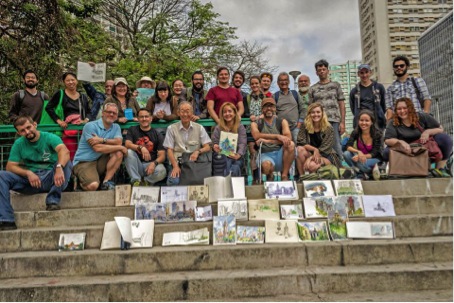
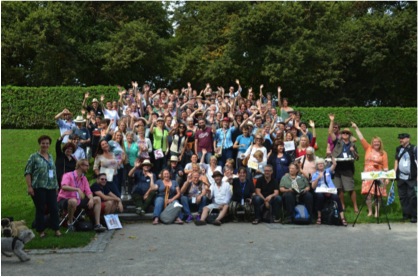

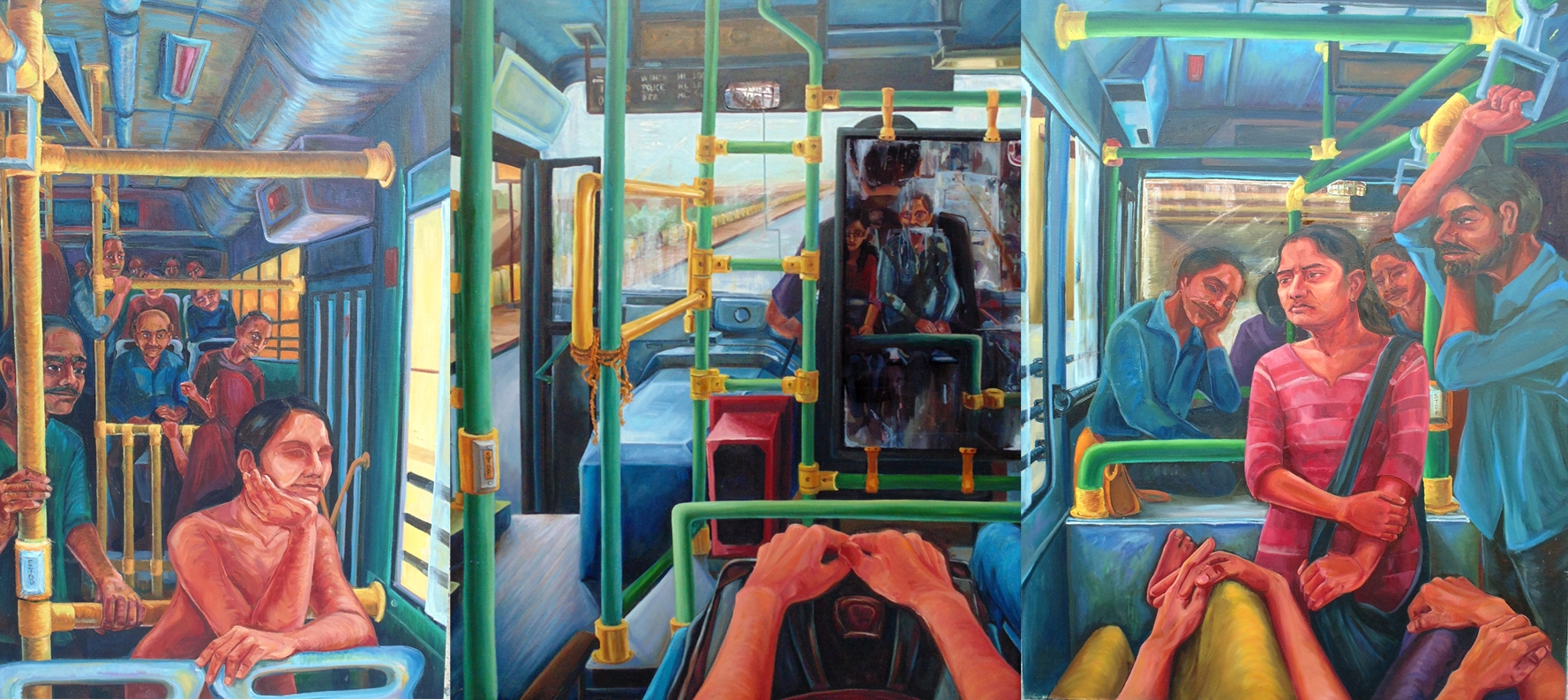
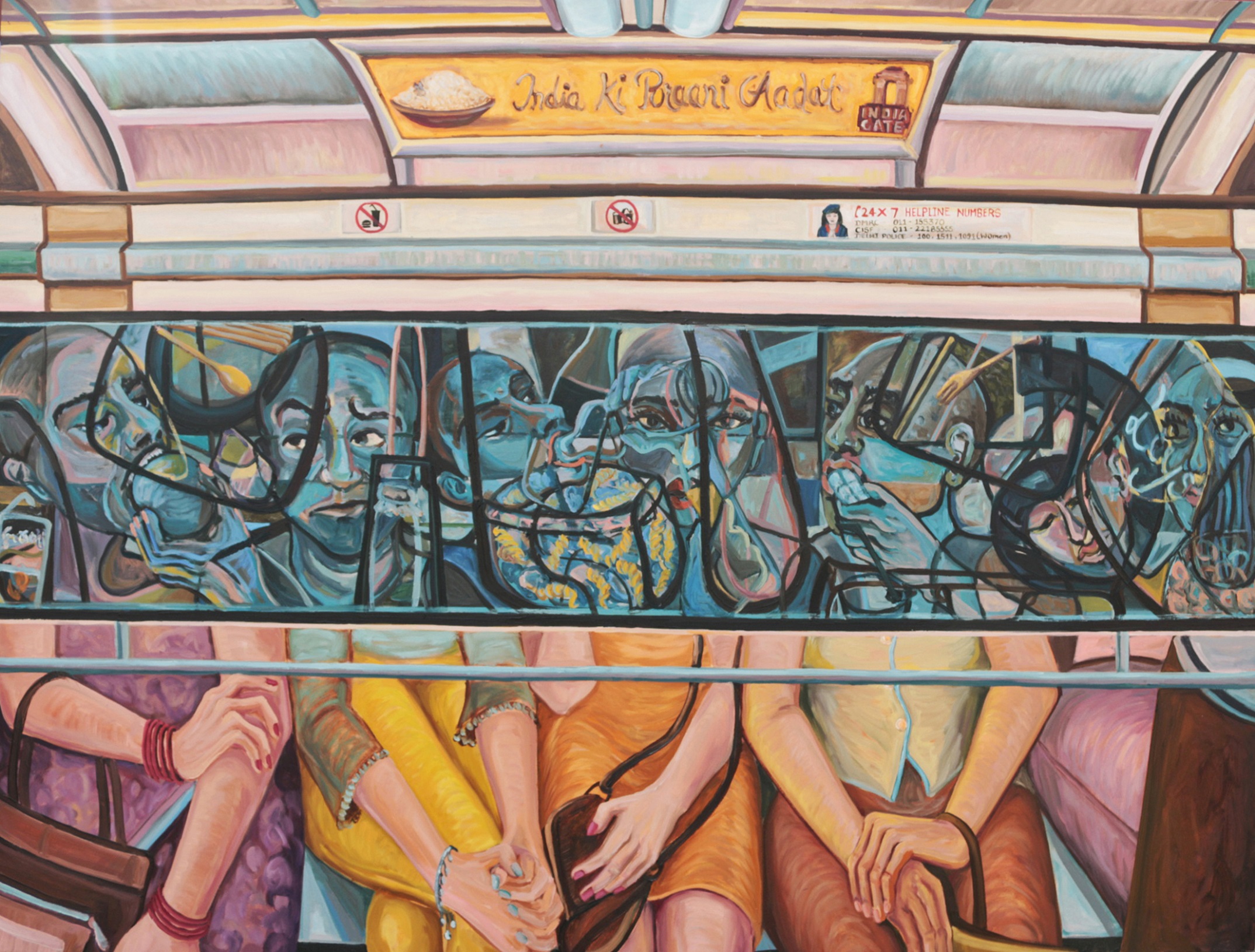
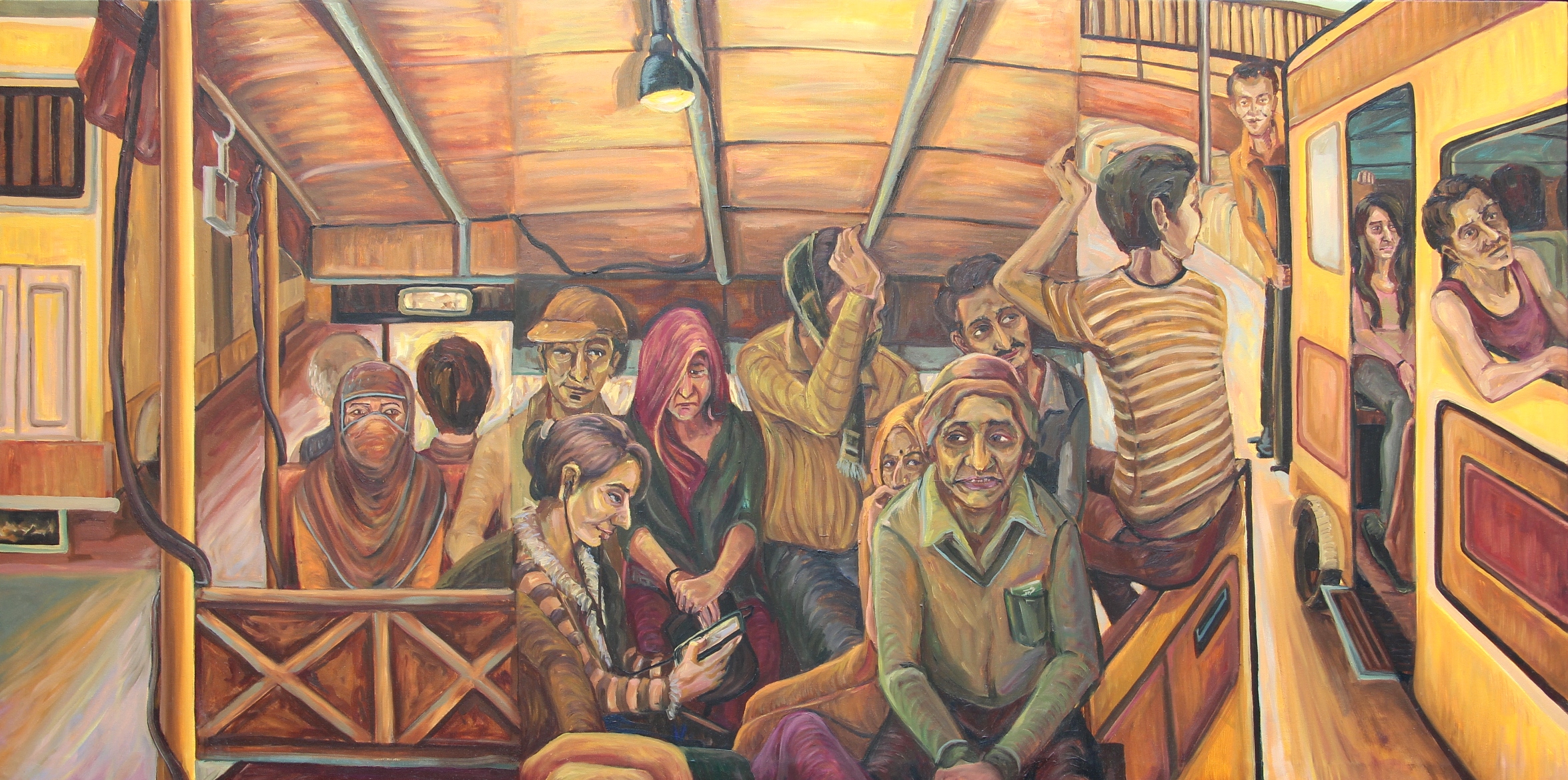
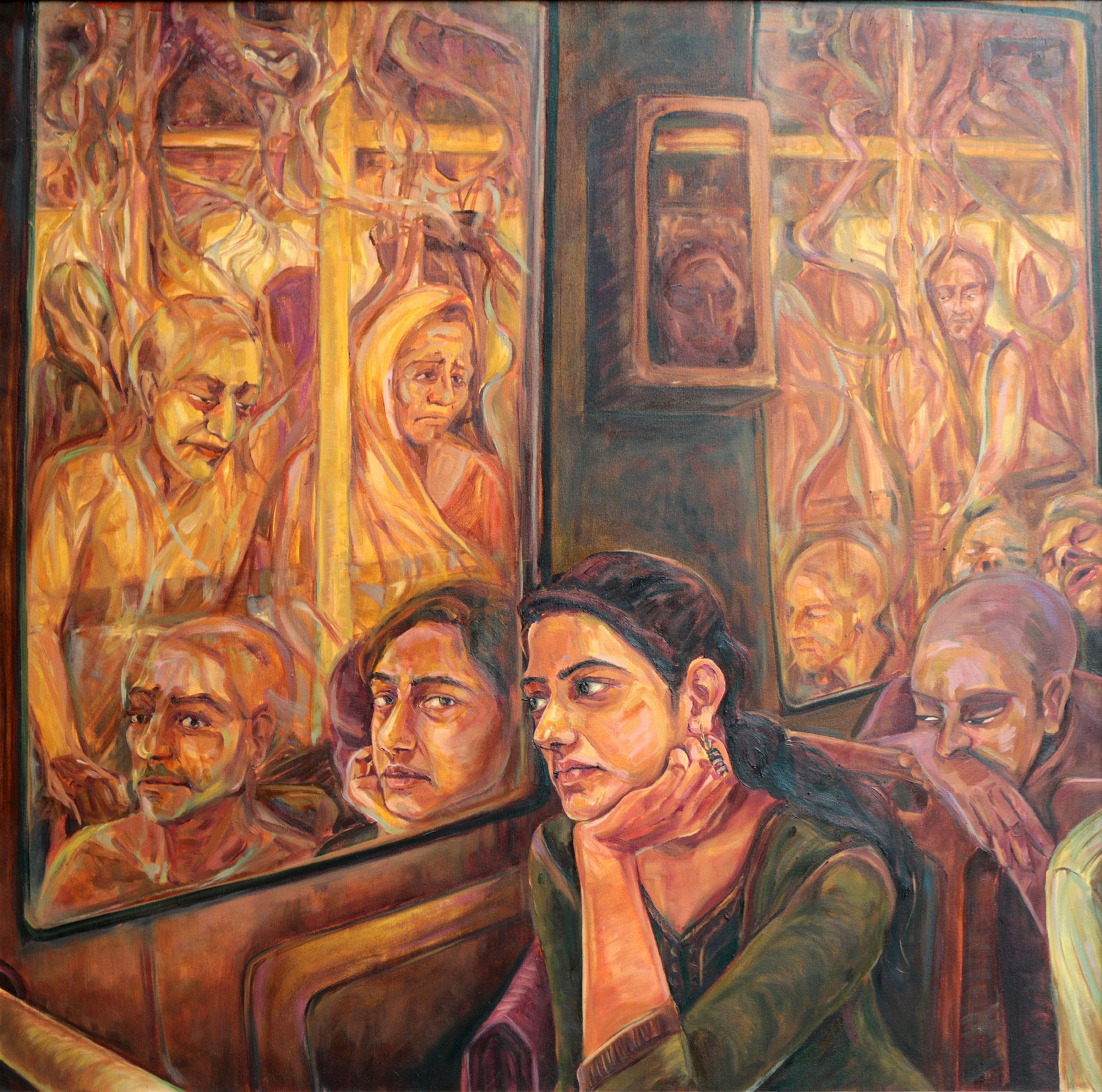

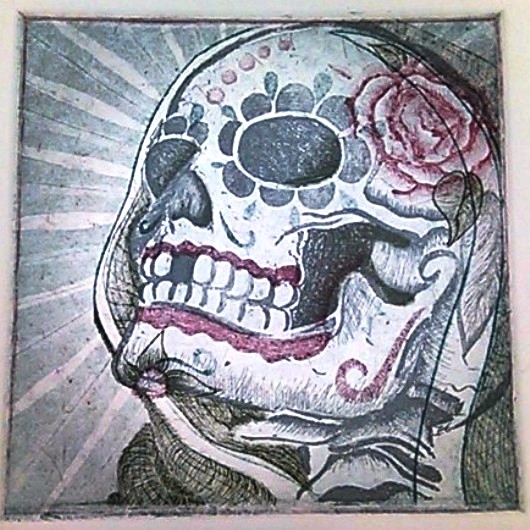
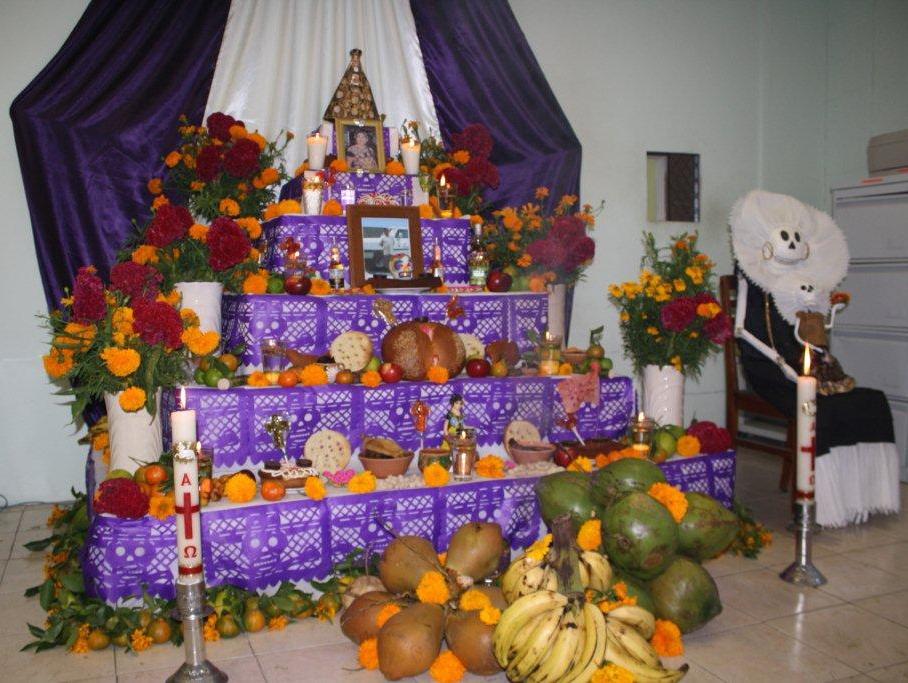
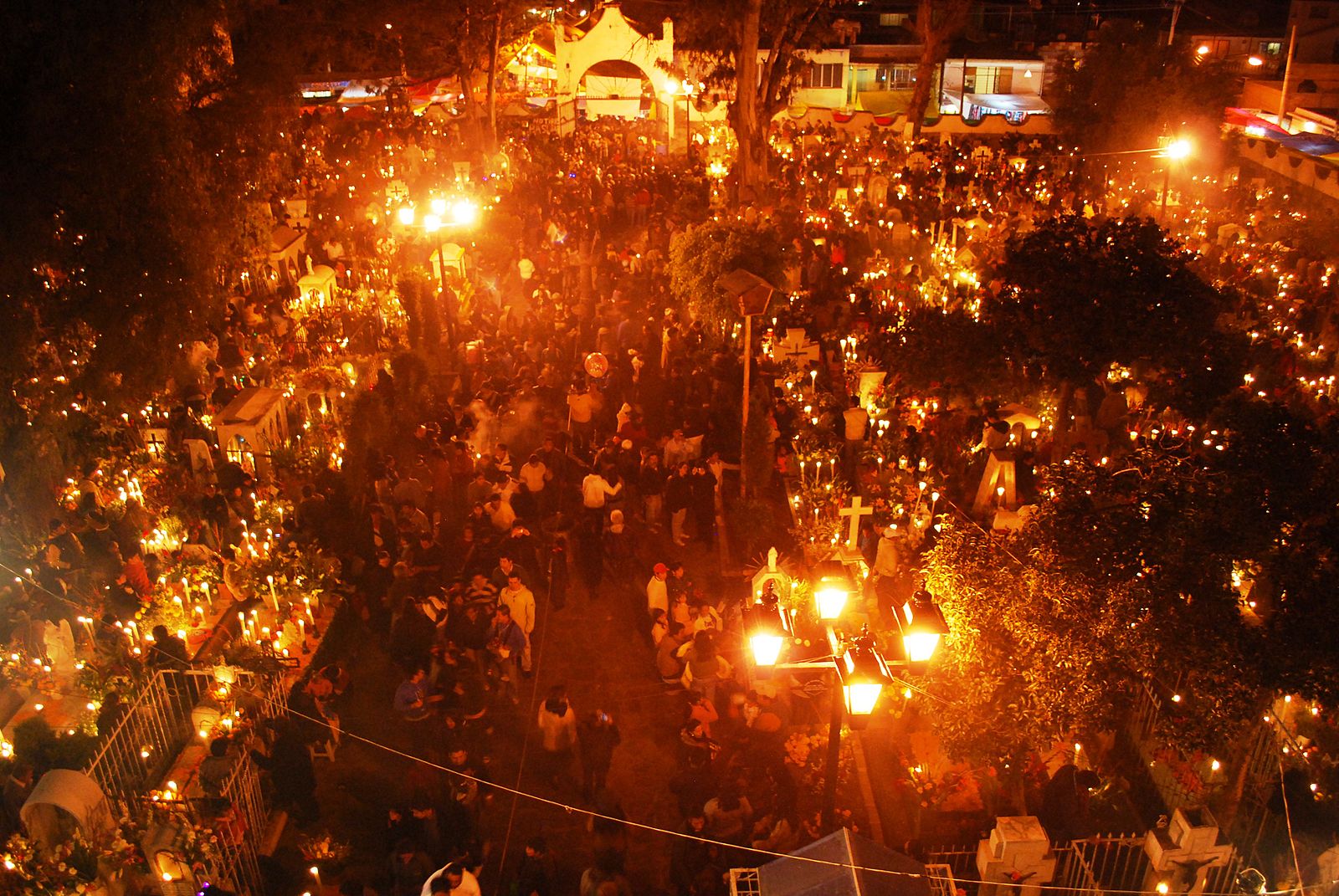
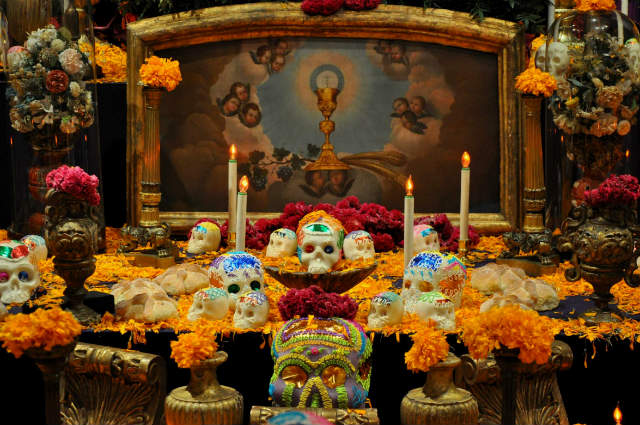
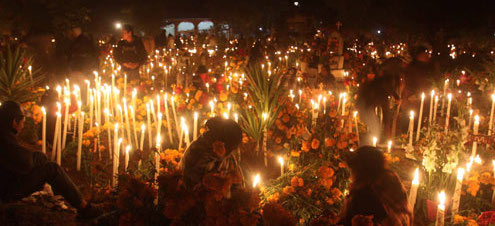

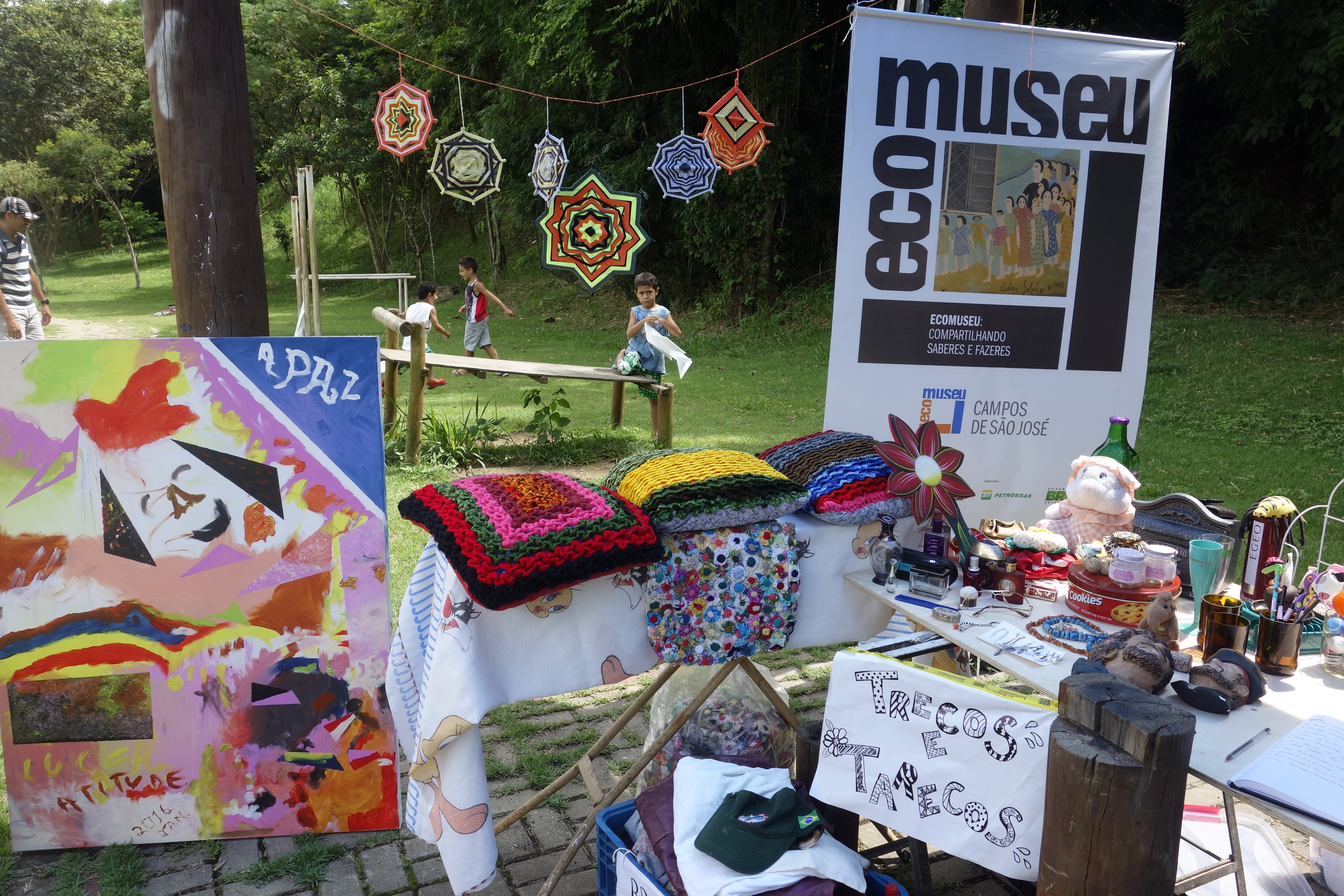
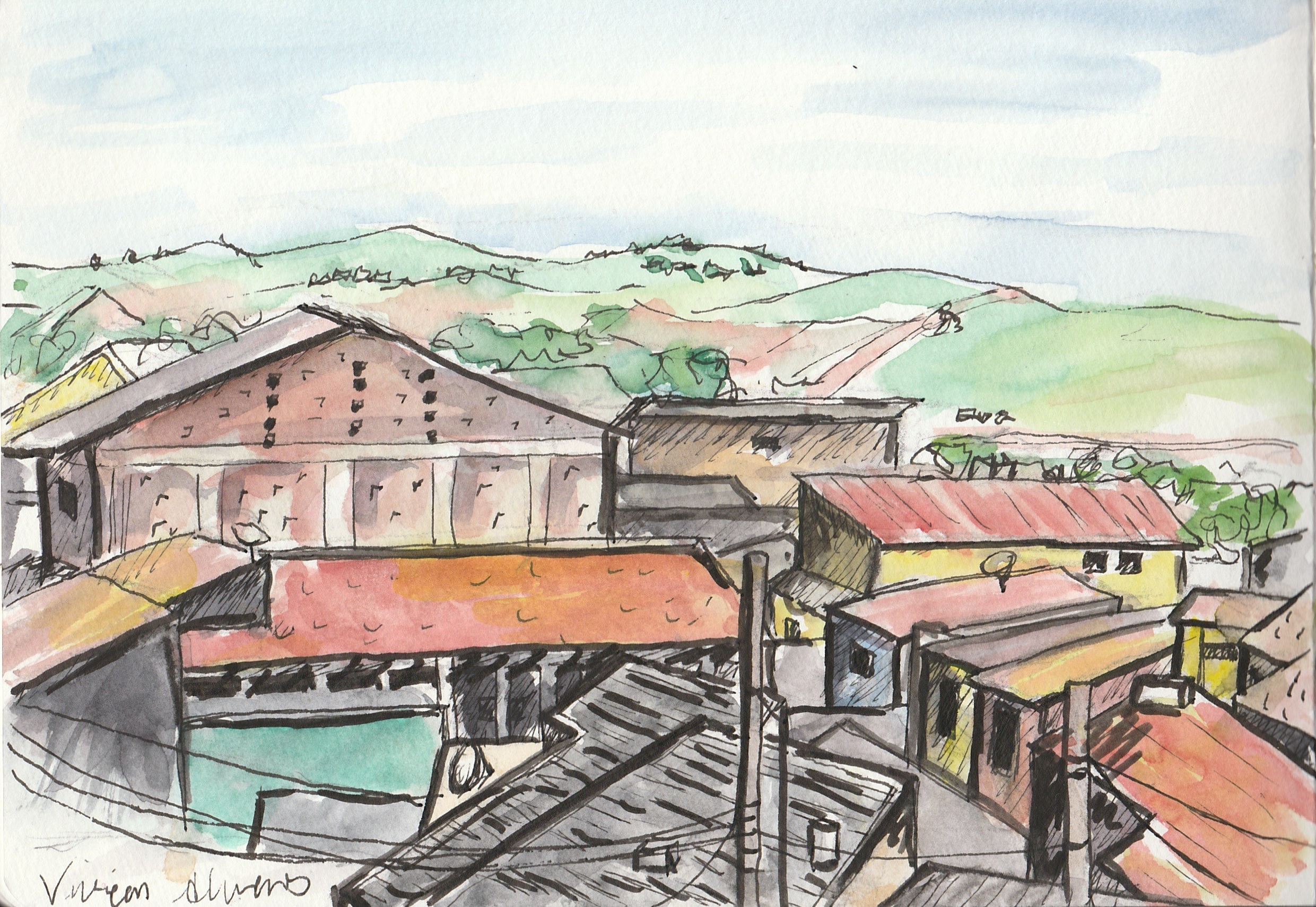
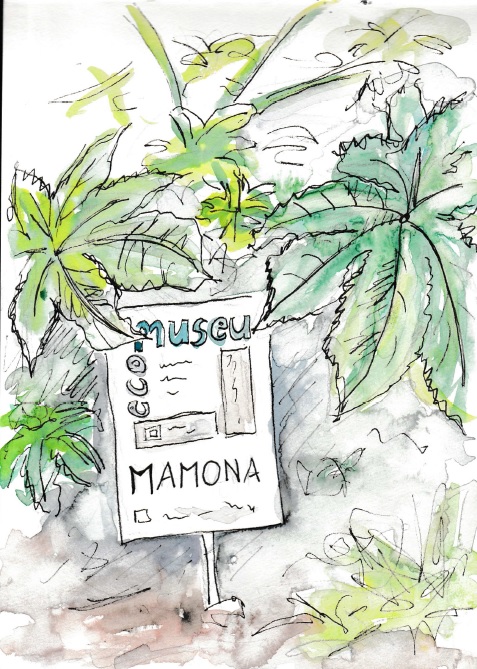
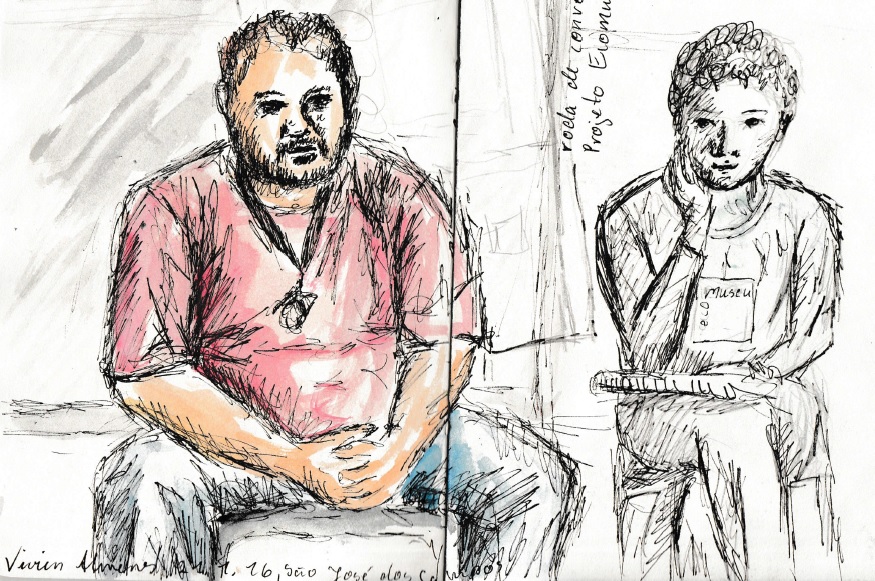
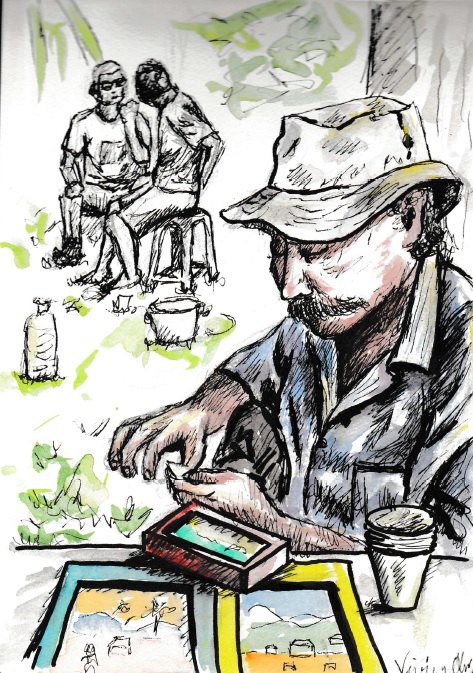

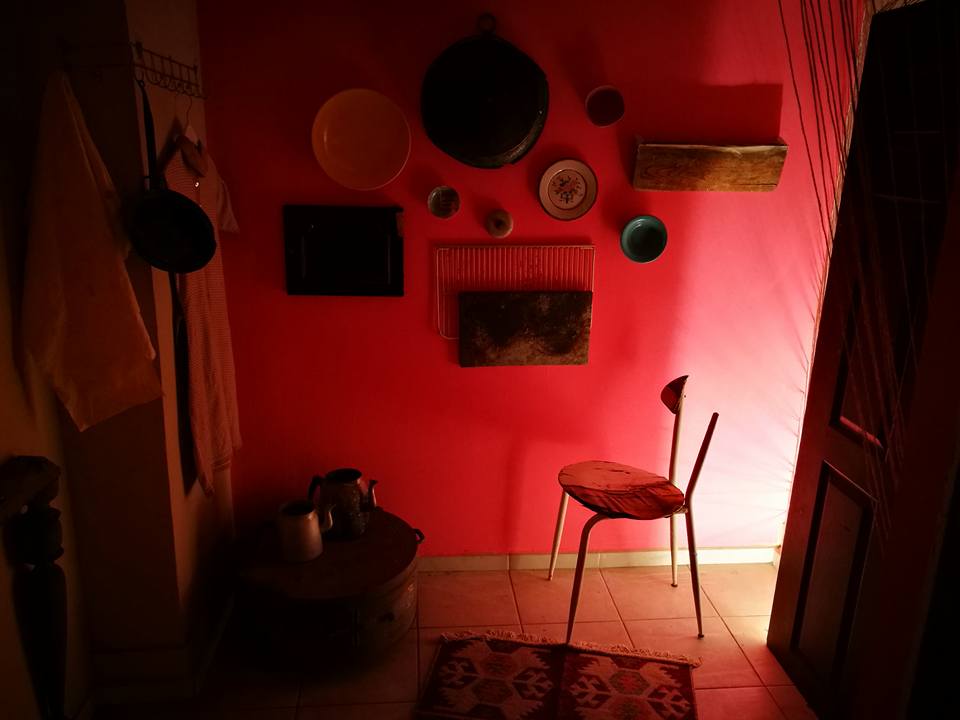
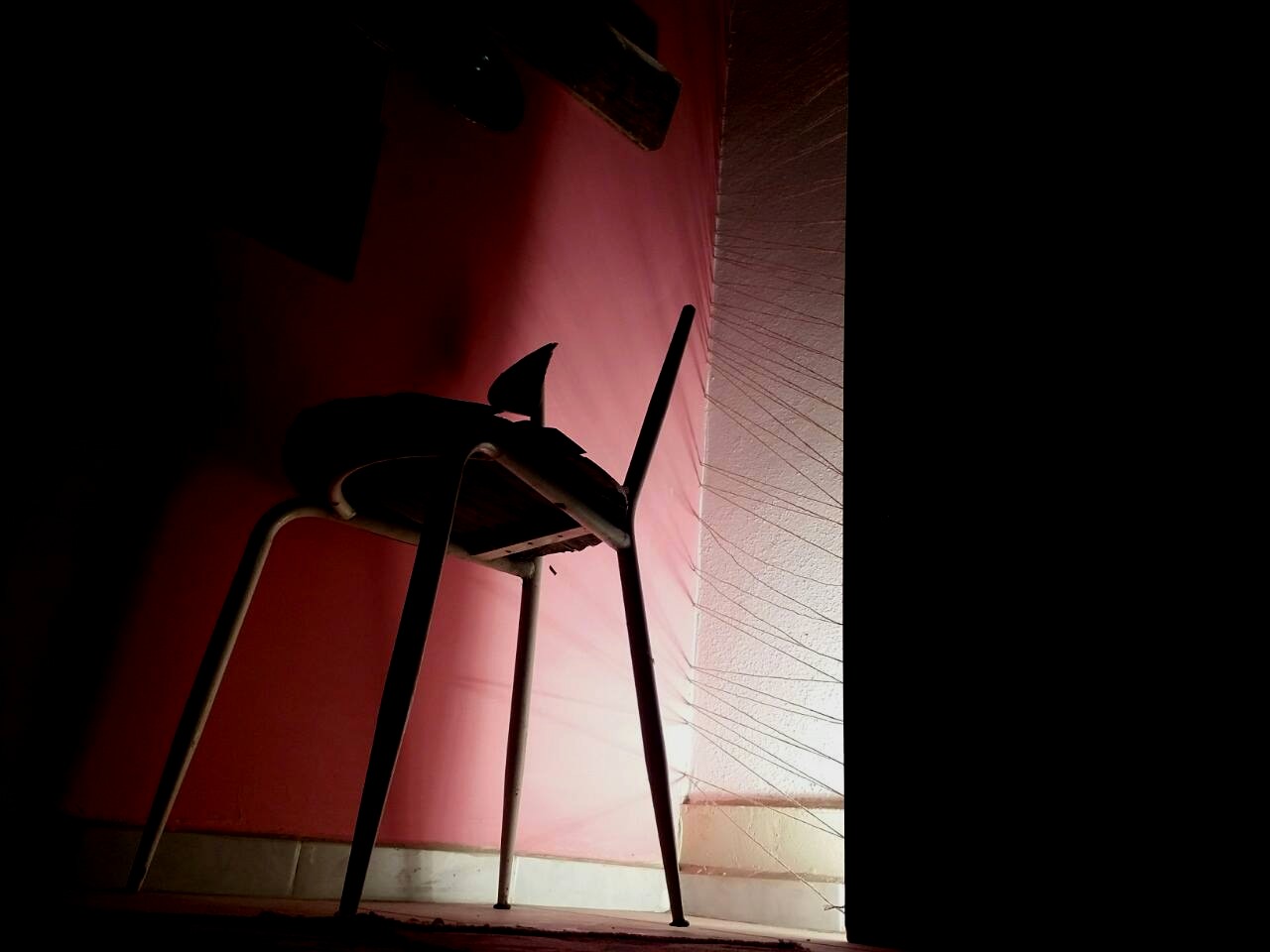
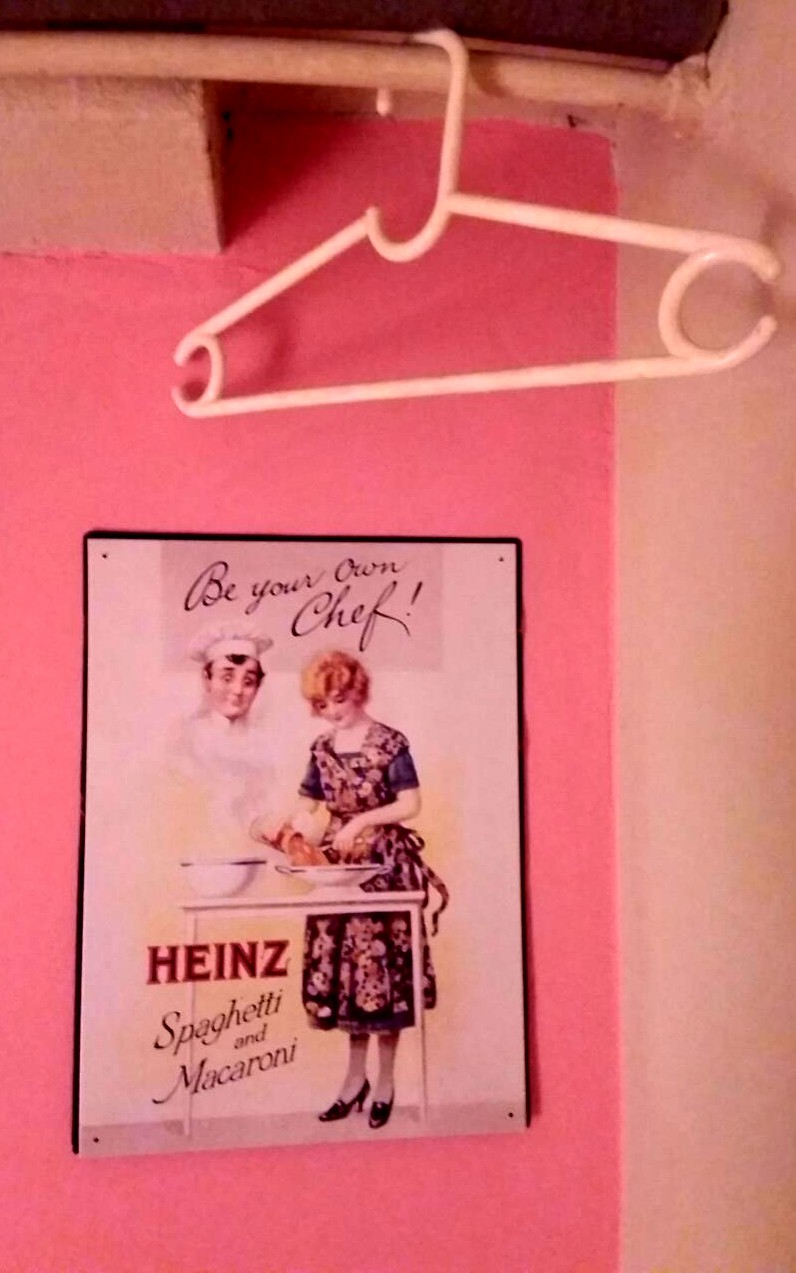
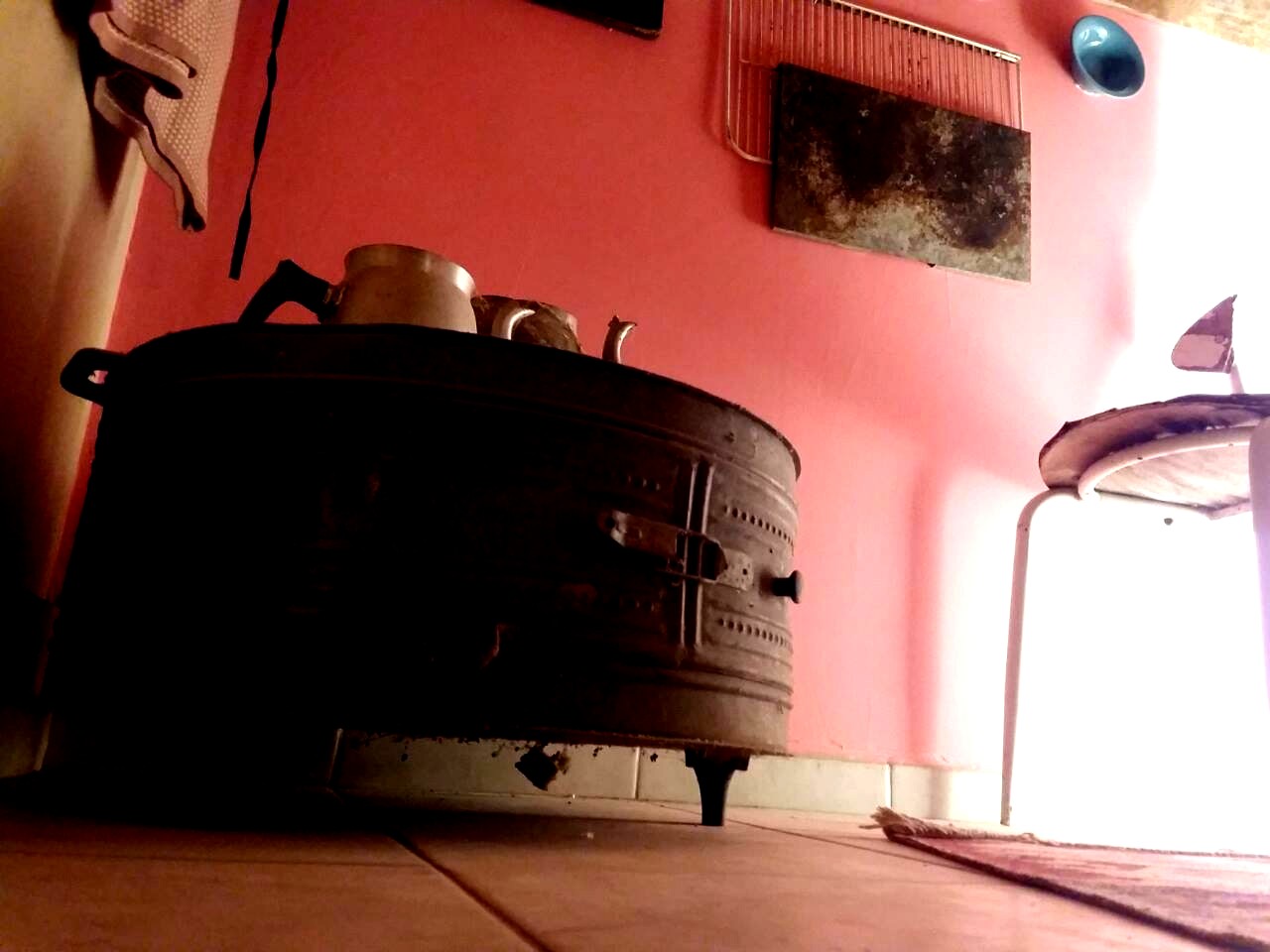
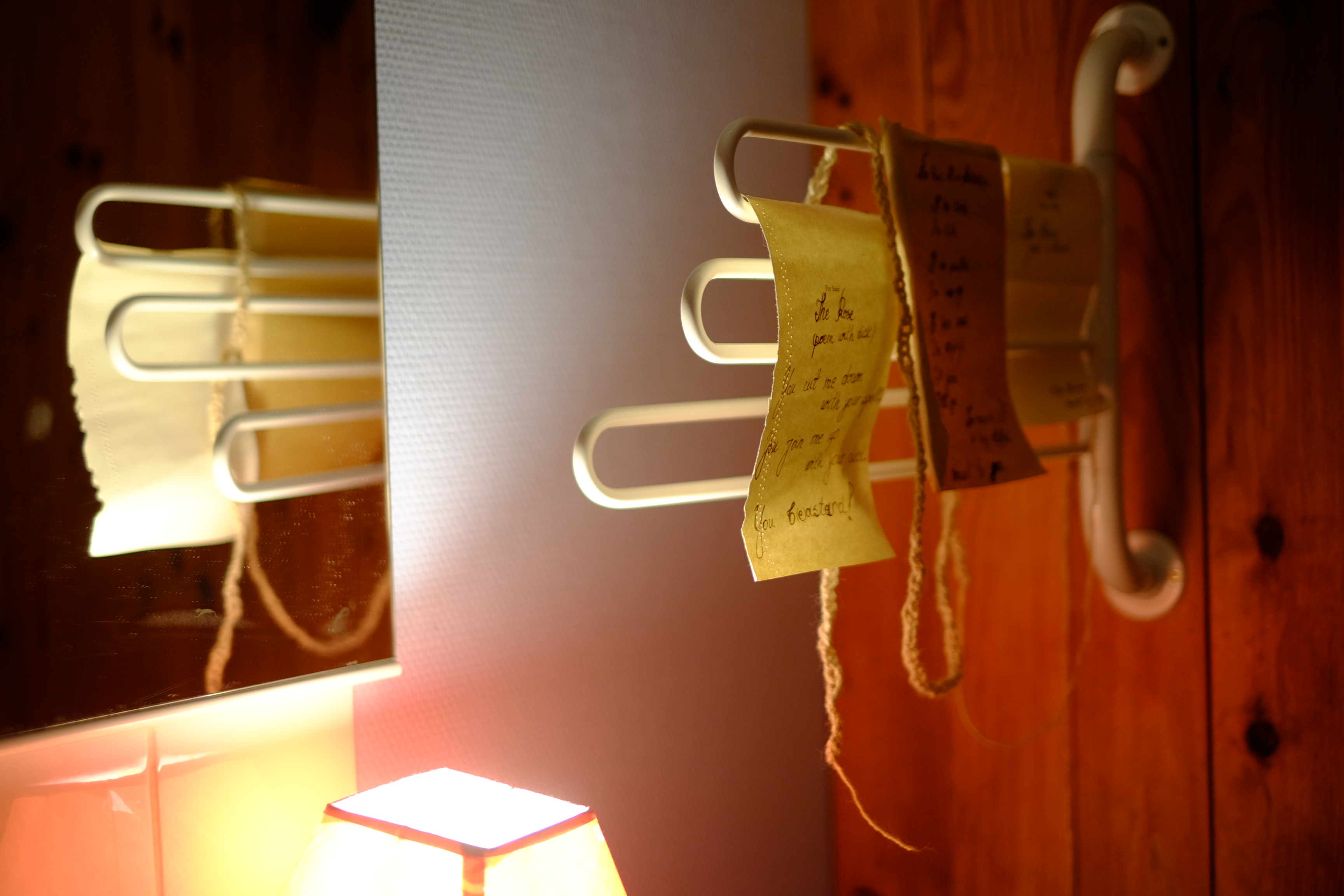 ‘The blue toilet’ invites for a total immersion into the Macedonian and Polish feminists’ worlds. The installation explores the secret sites of contemporary female identities – its embodied social norms, fears and expectations. By working with meanings assigned to femininity, handcraft and classical Disney’s tale 'Beauty and the Beast', the artists tried to position themselves within traditional gender’s universe and shake its fundaments.
‘The blue toilet’ invites for a total immersion into the Macedonian and Polish feminists’ worlds. The installation explores the secret sites of contemporary female identities – its embodied social norms, fears and expectations. By working with meanings assigned to femininity, handcraft and classical Disney’s tale 'Beauty and the Beast', the artists tried to position themselves within traditional gender’s universe and shake its fundaments.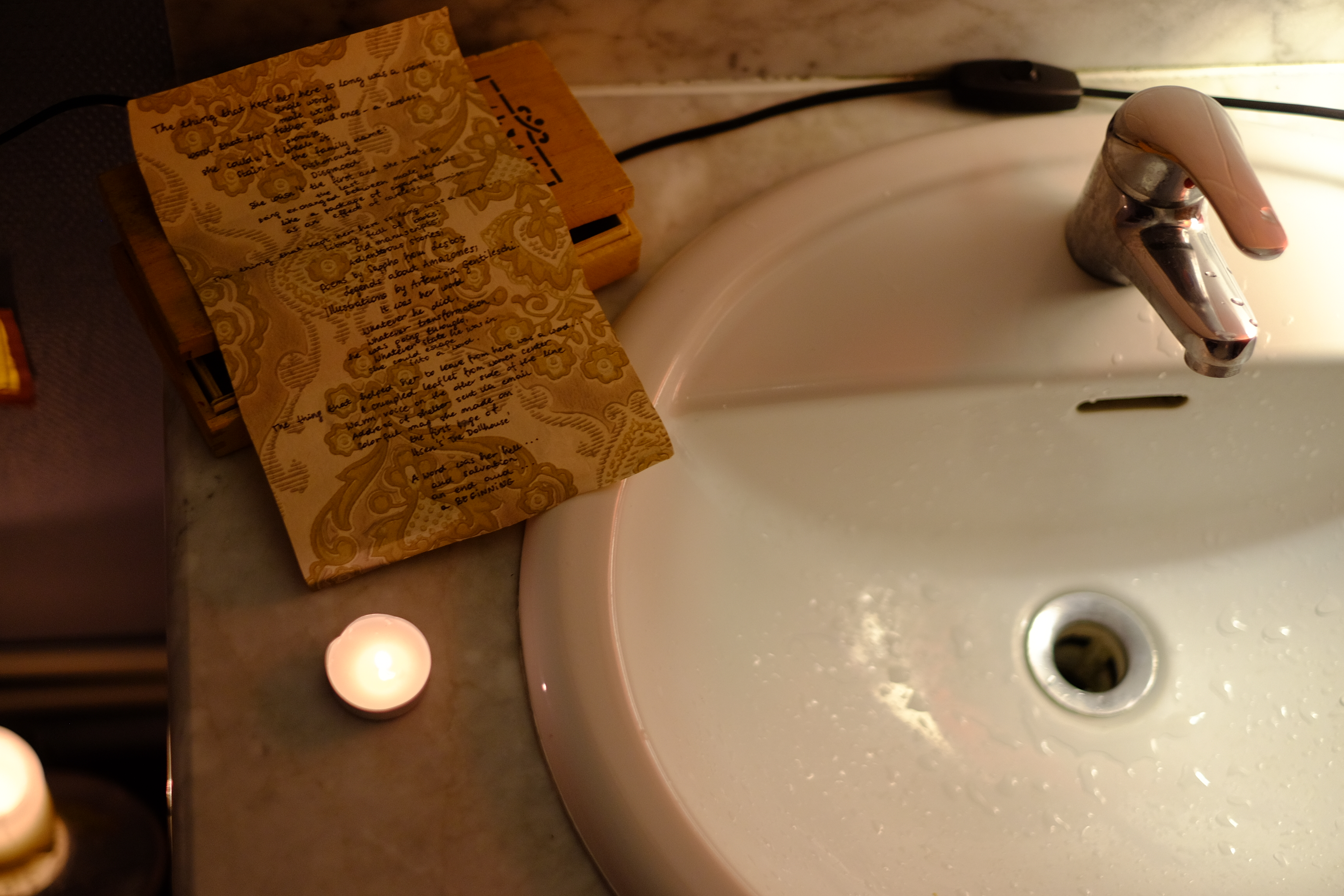
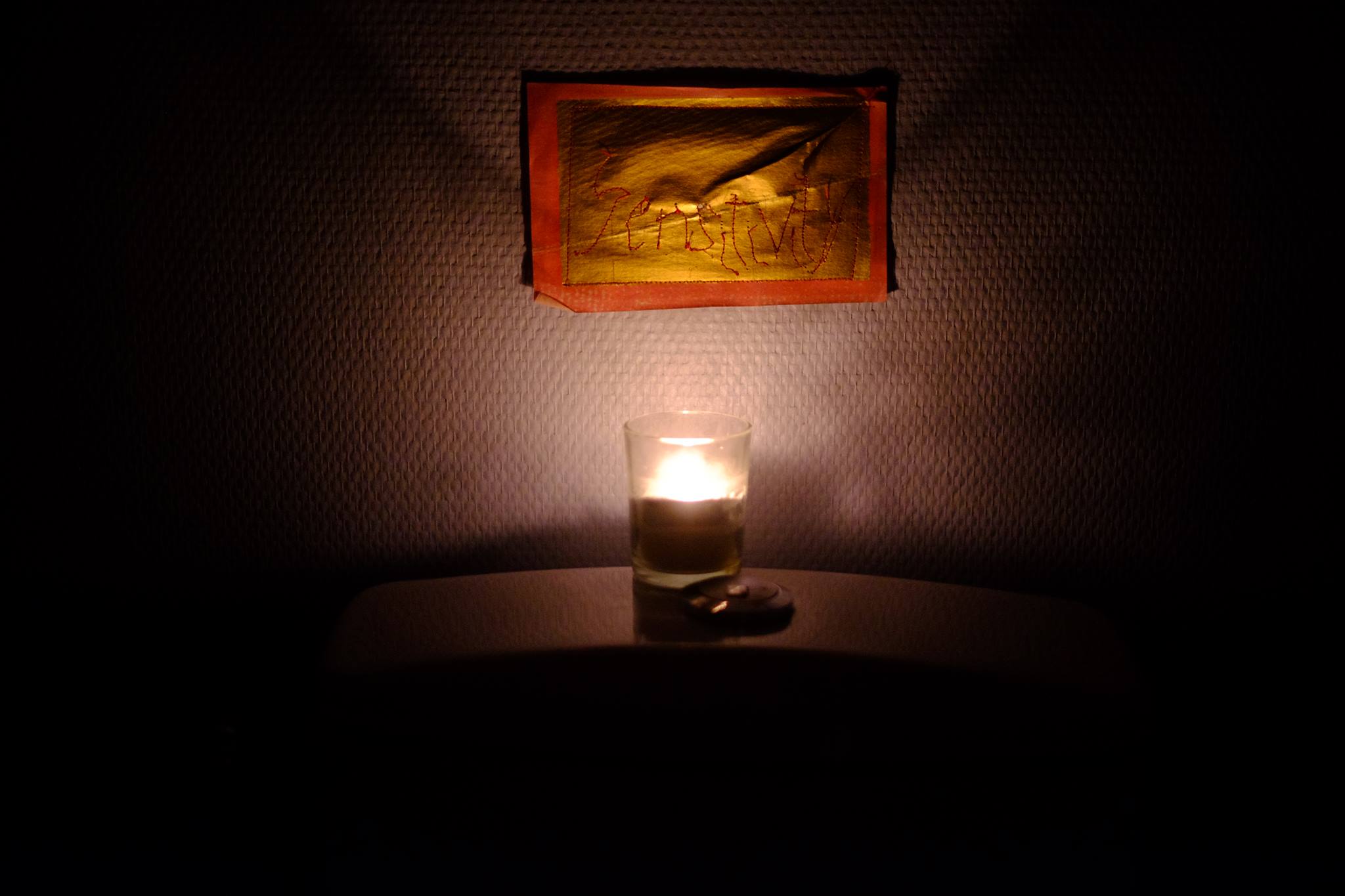
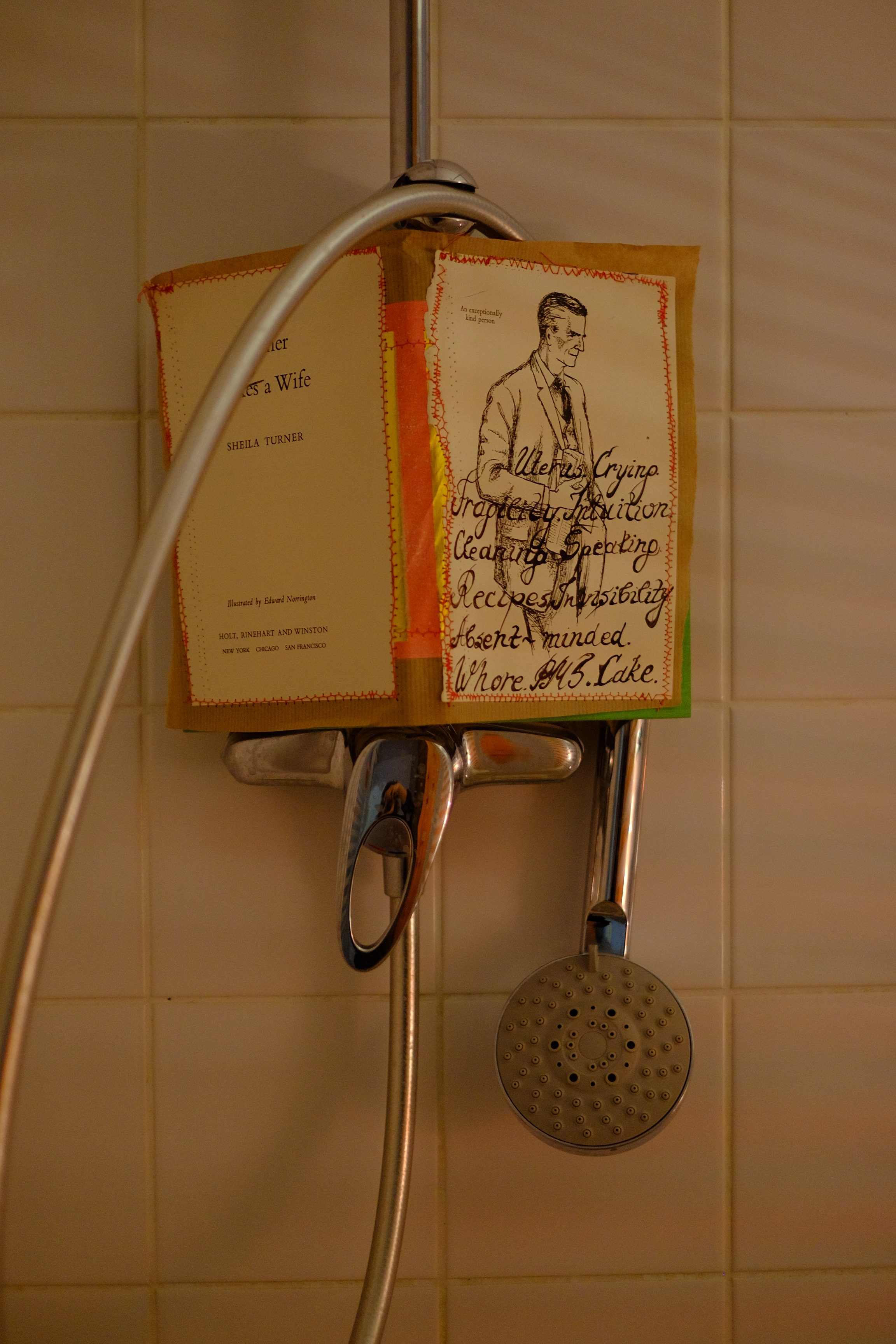
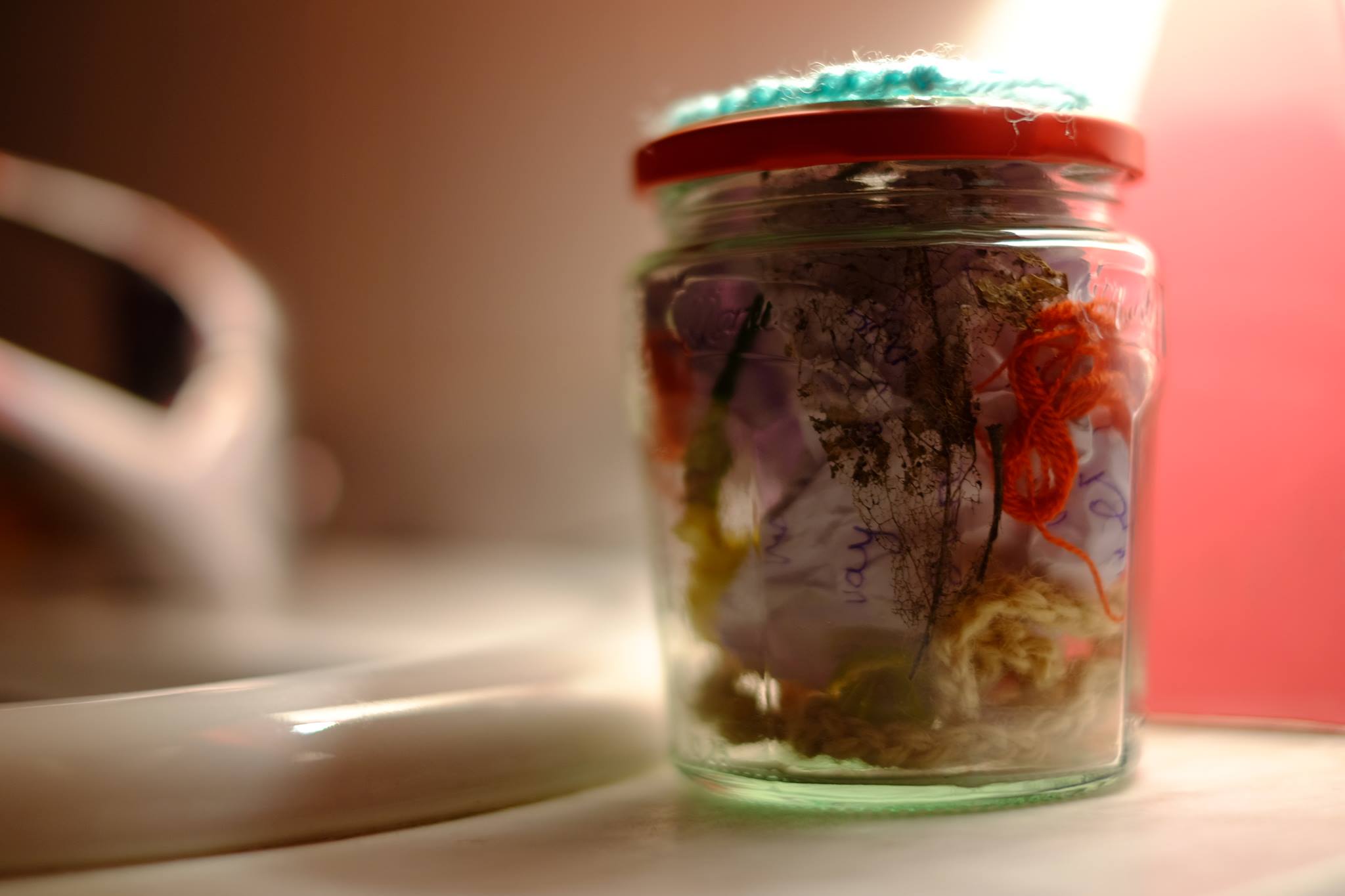

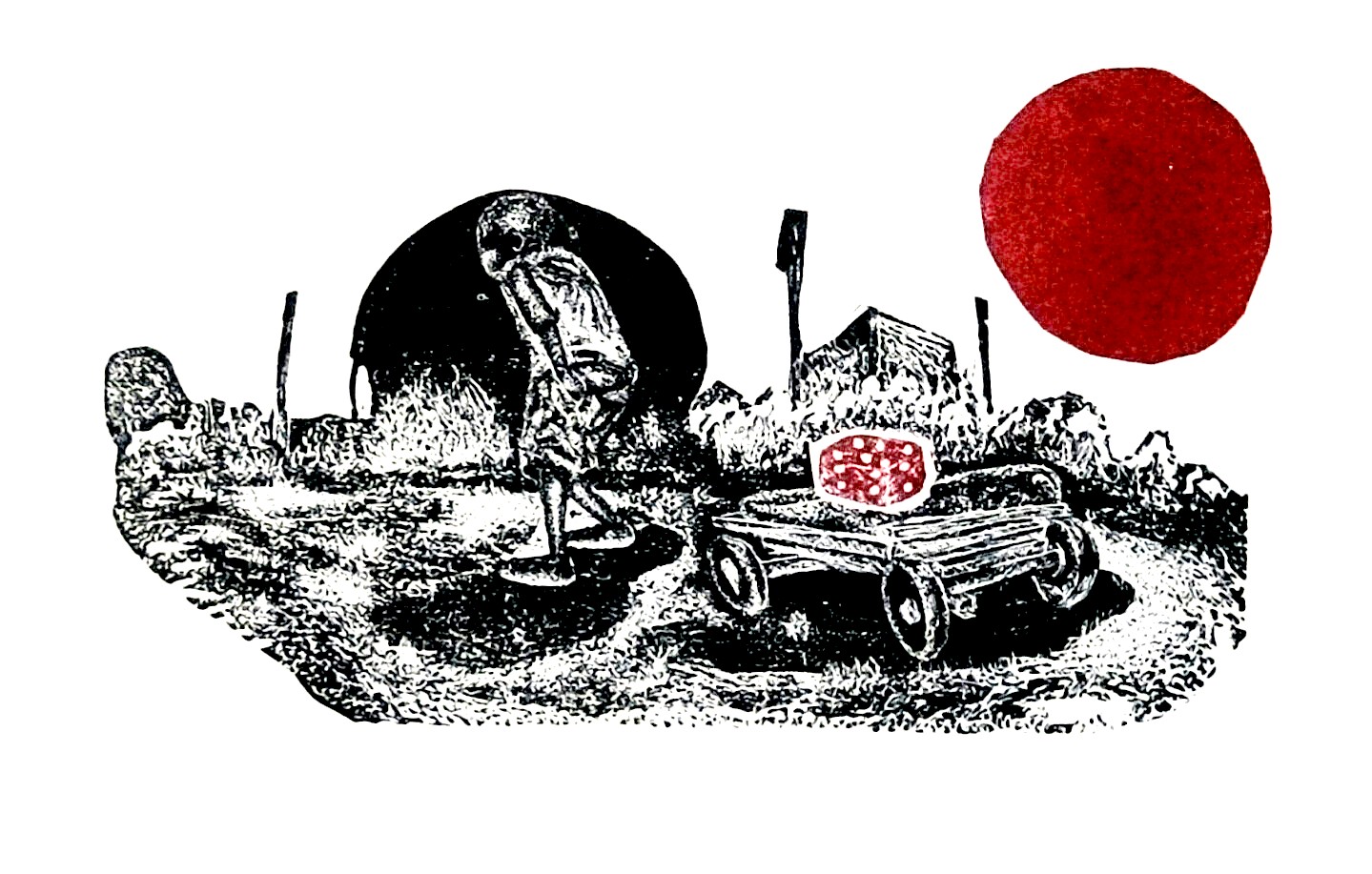
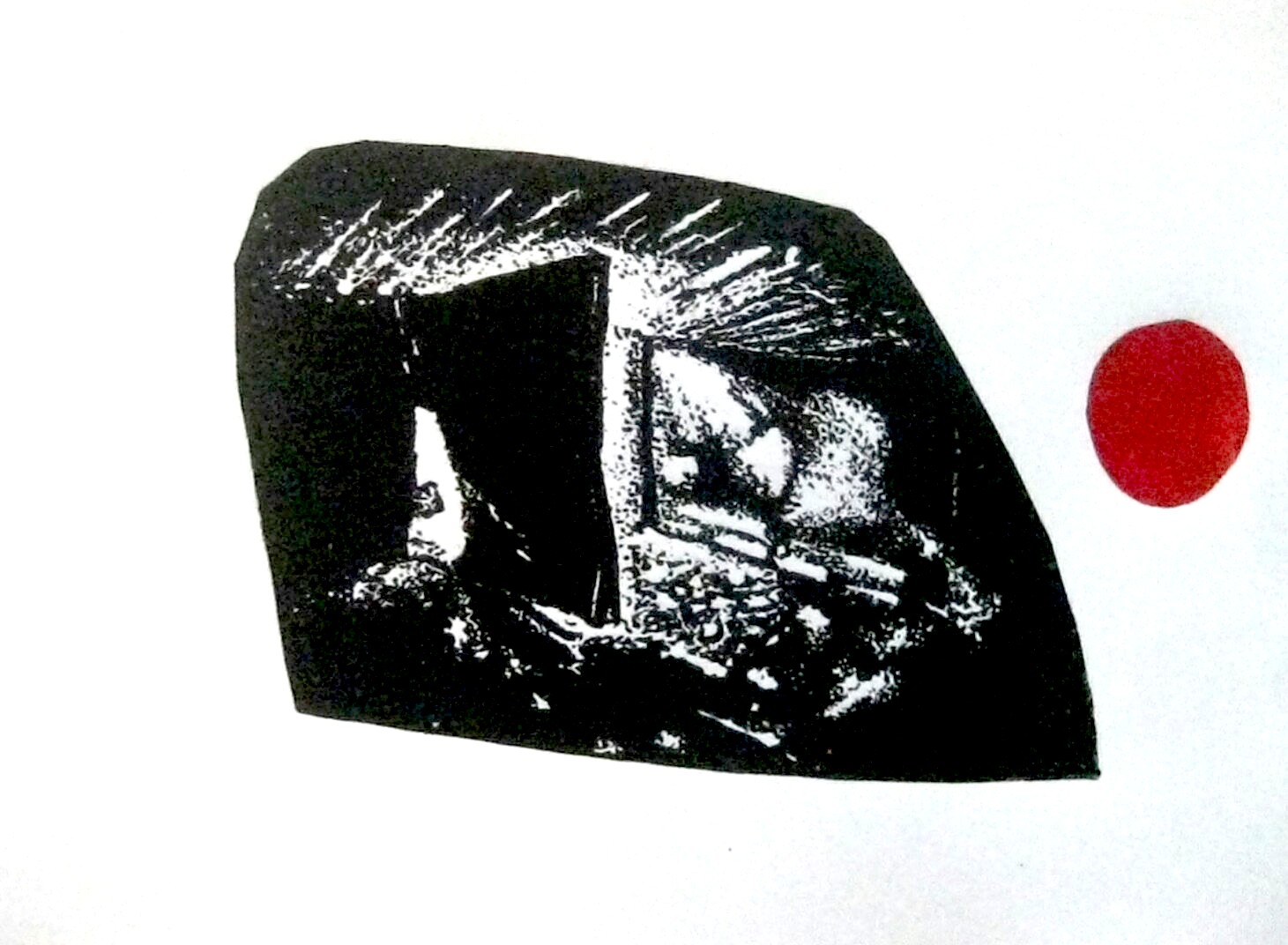
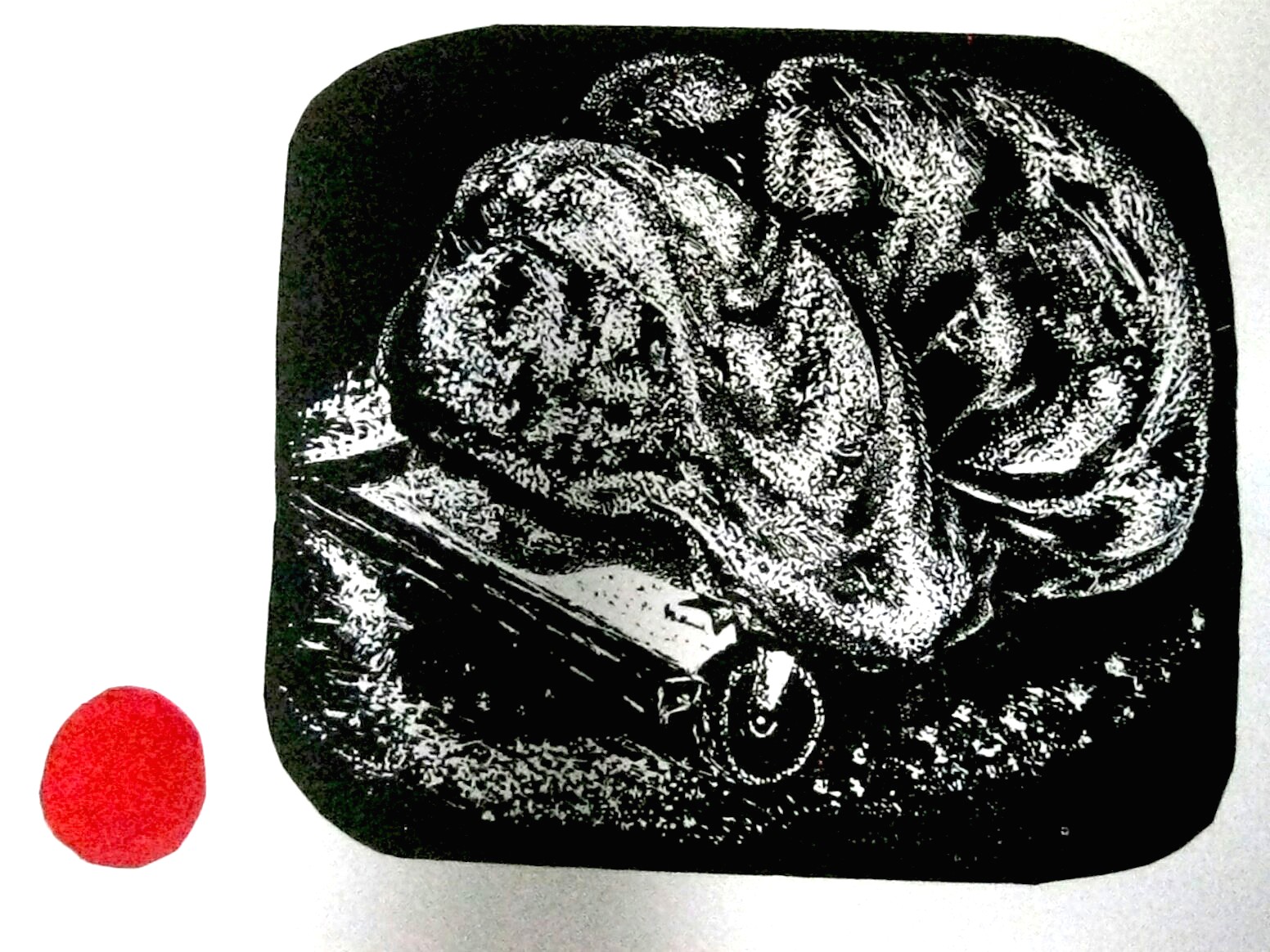
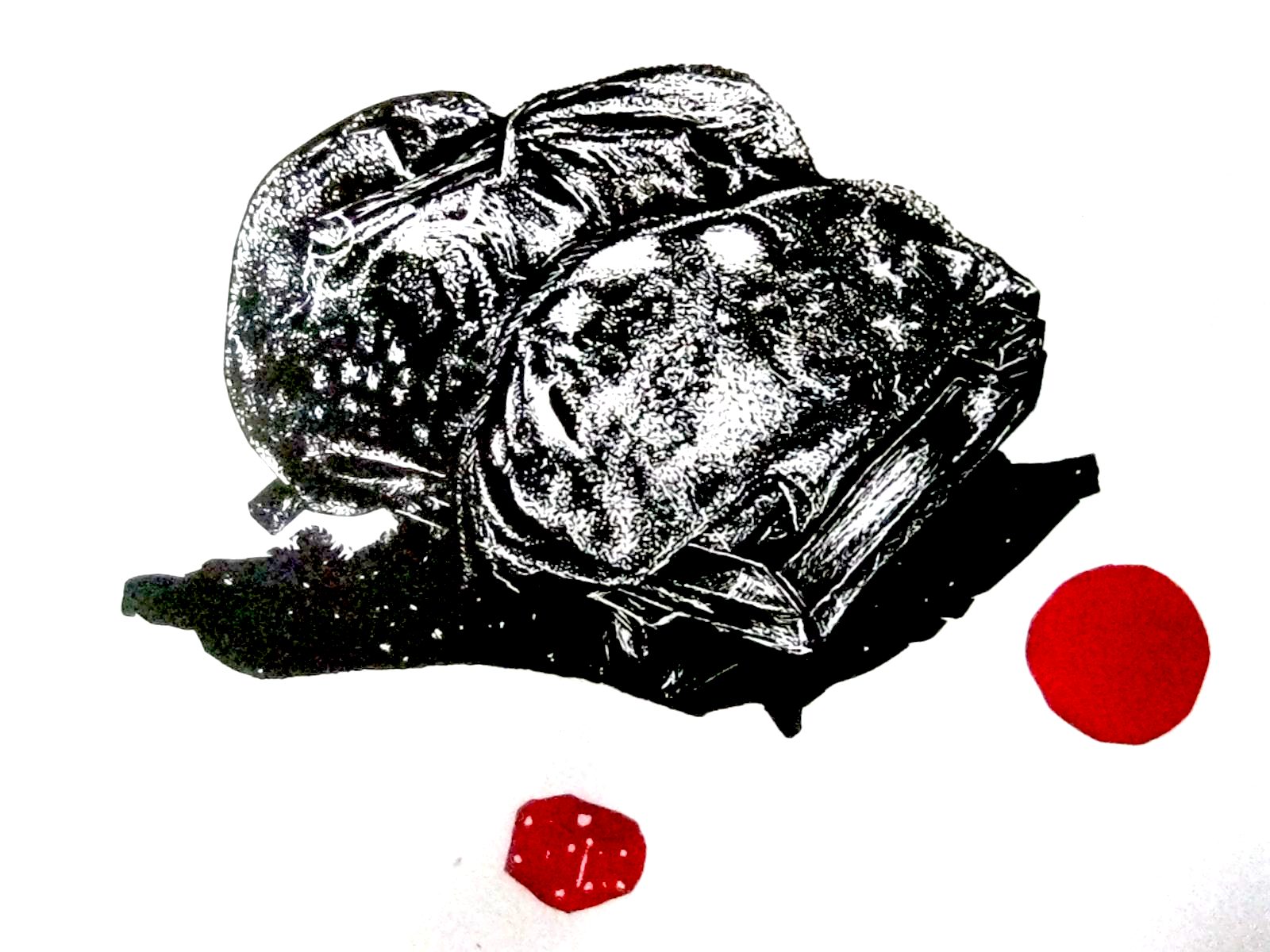
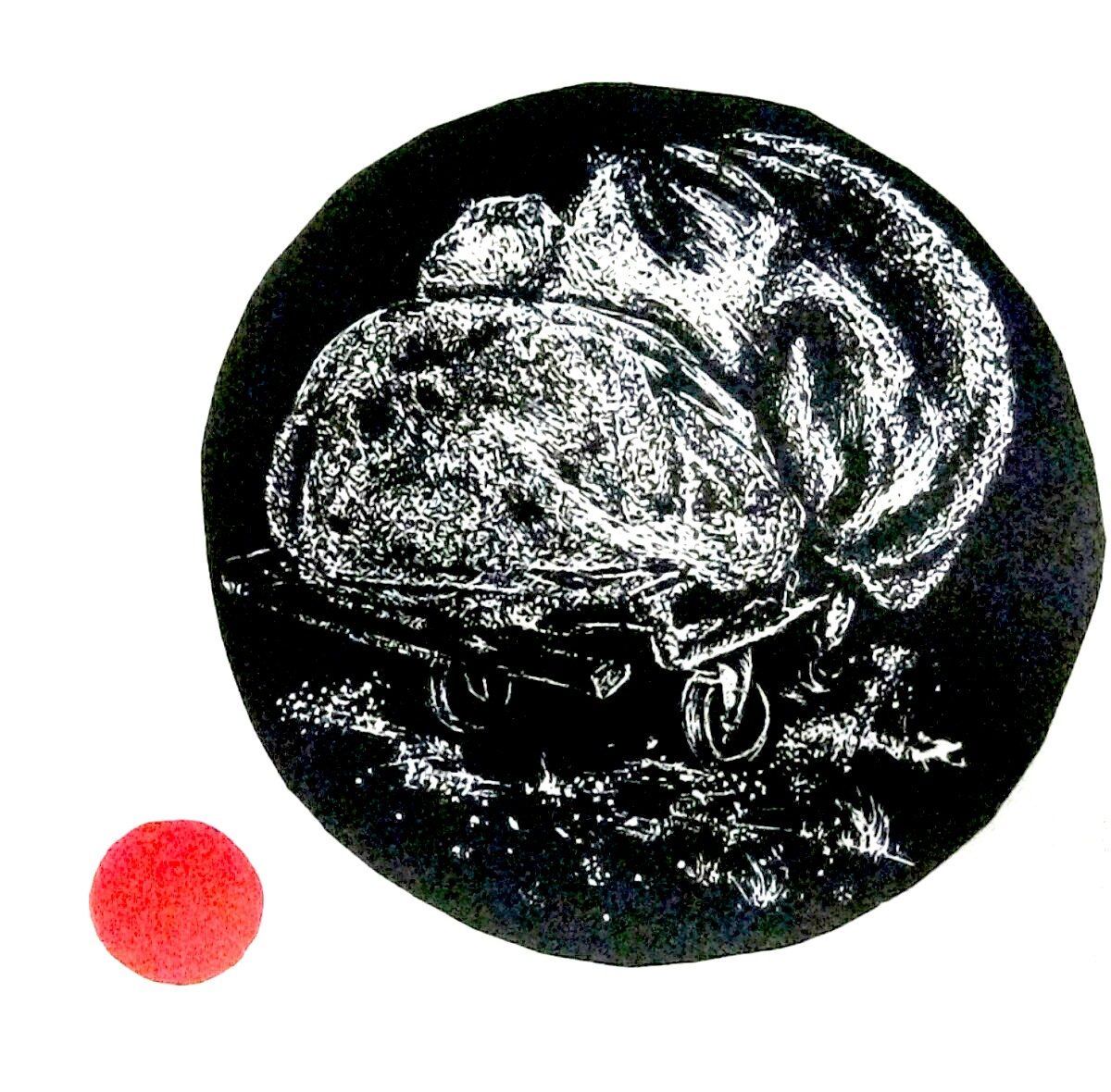


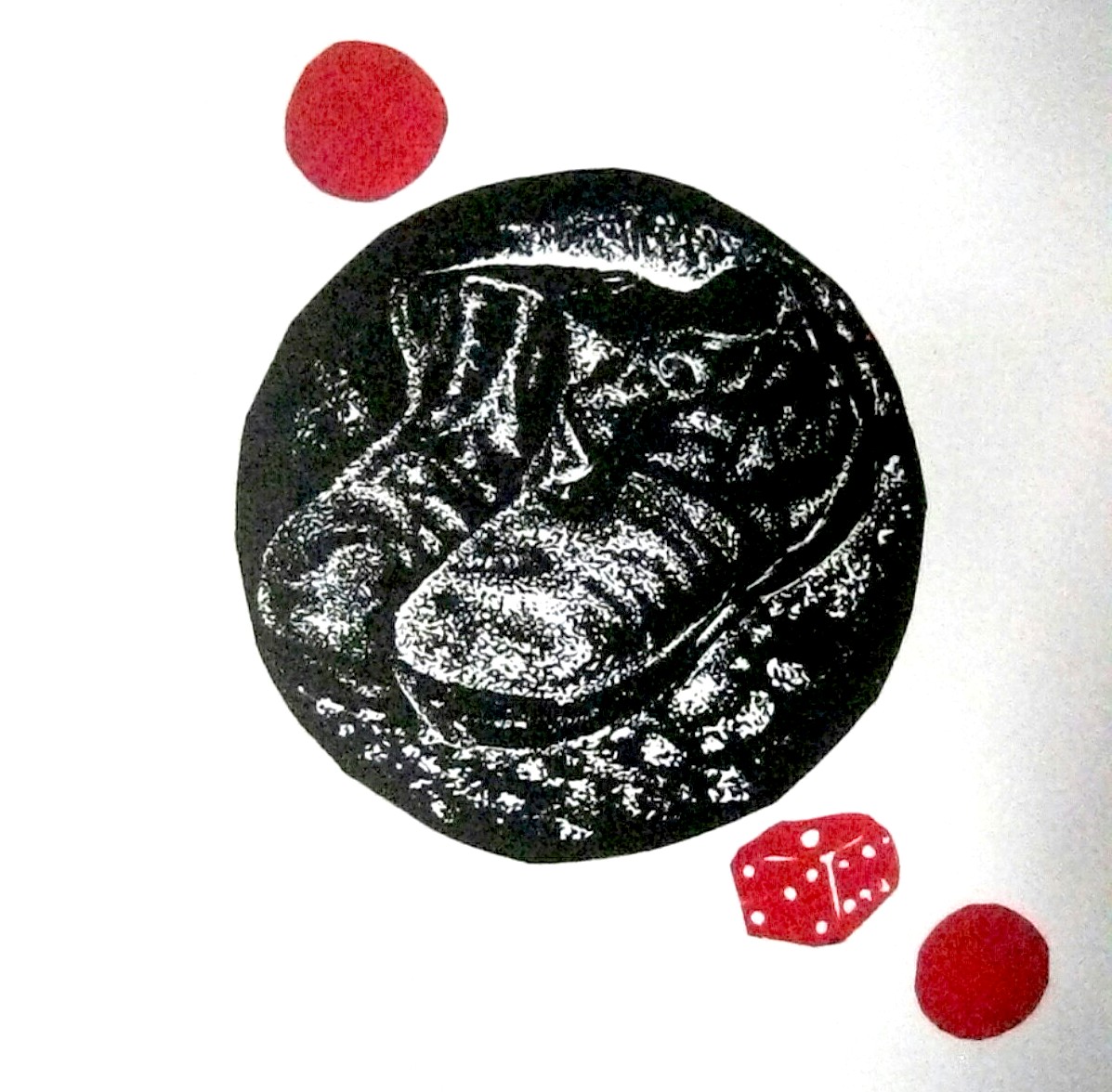
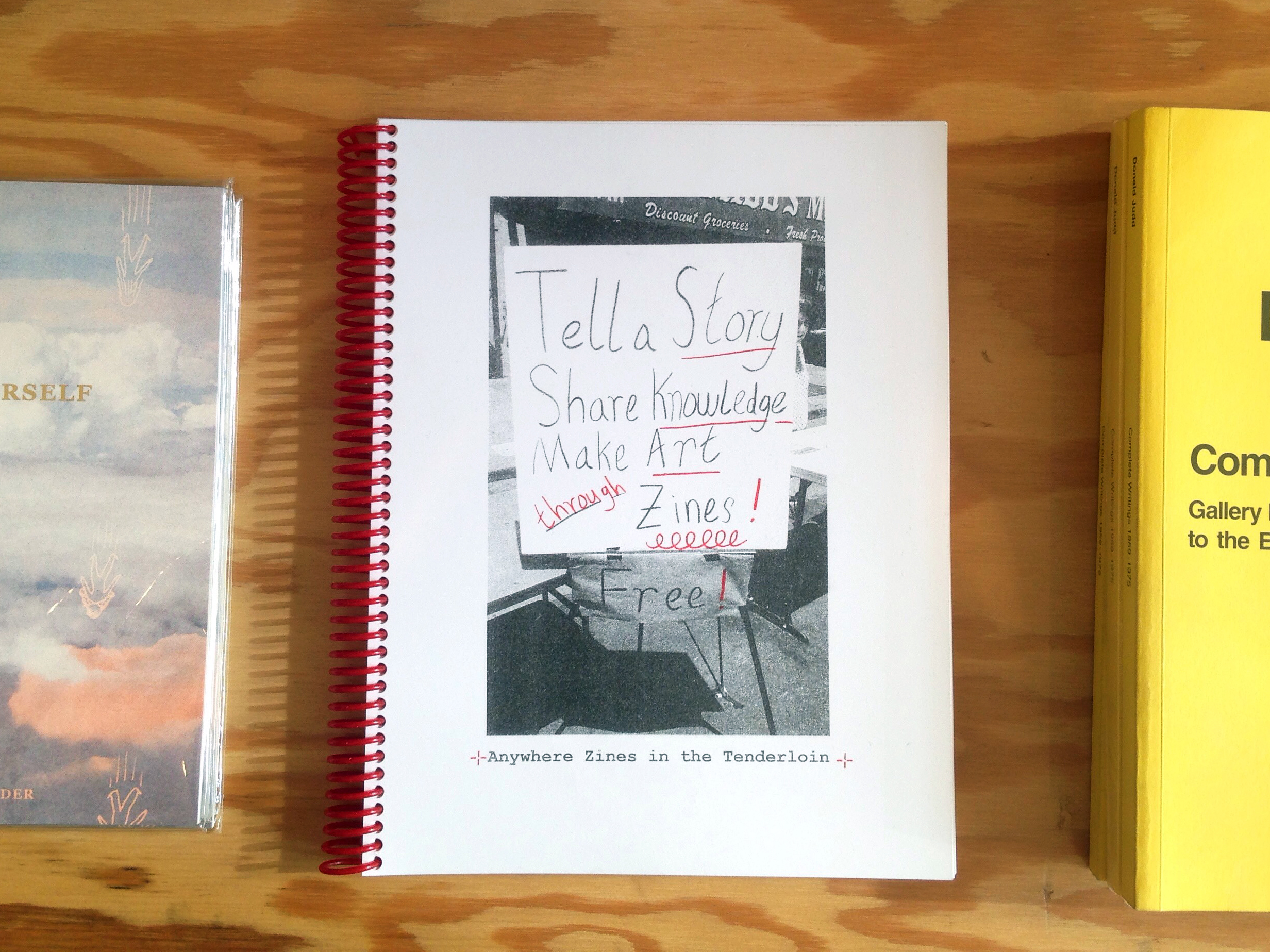
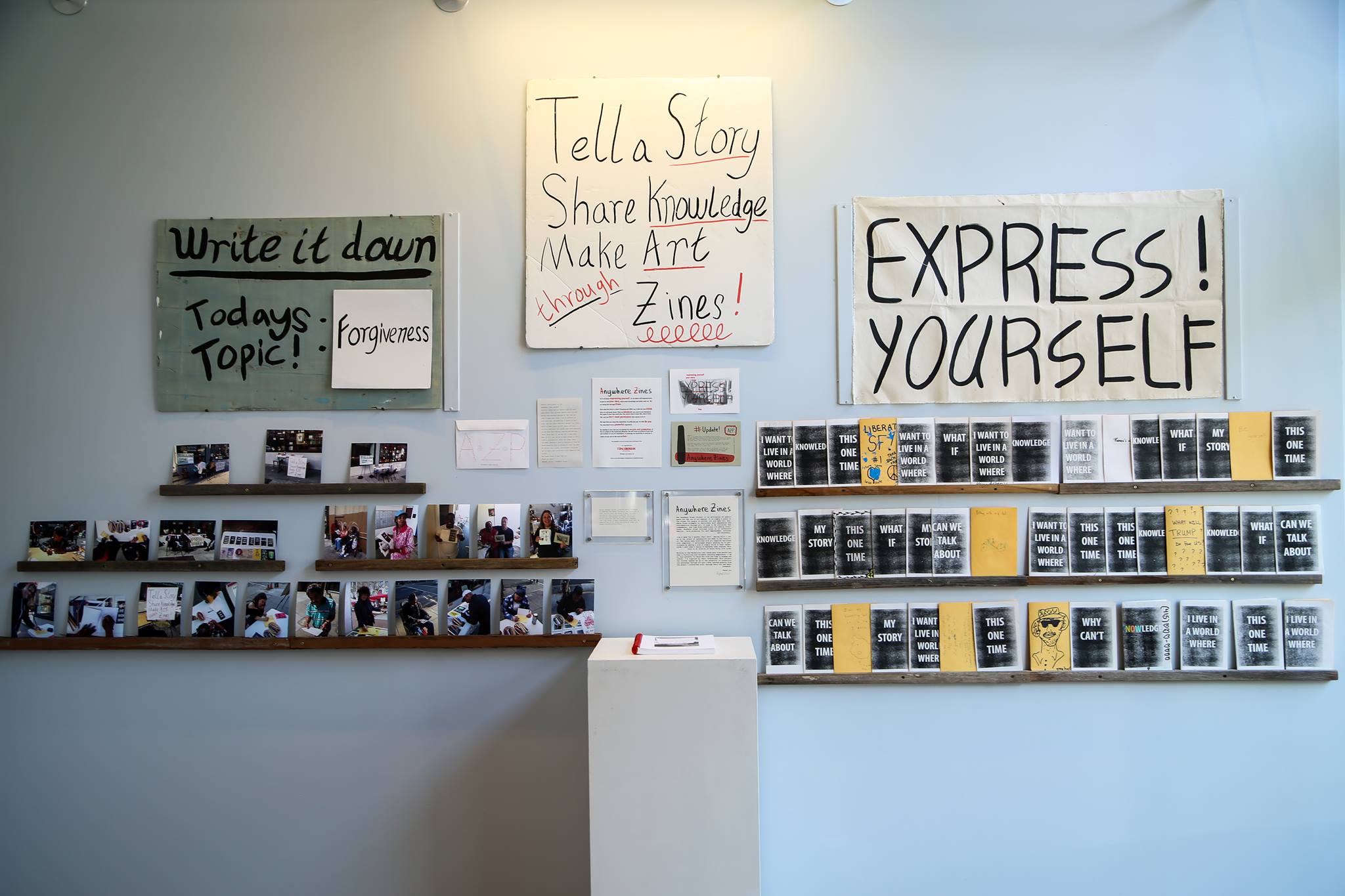
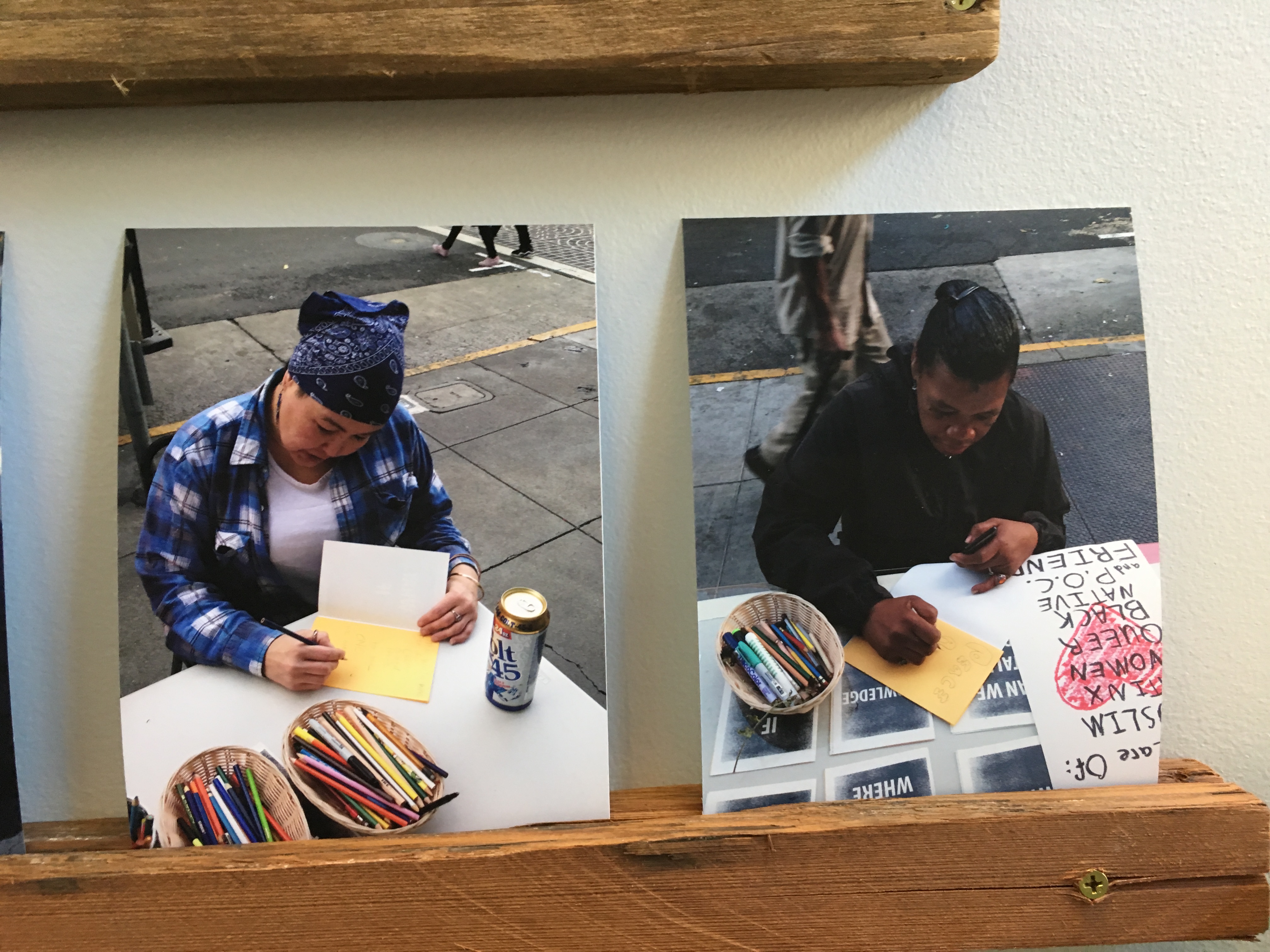
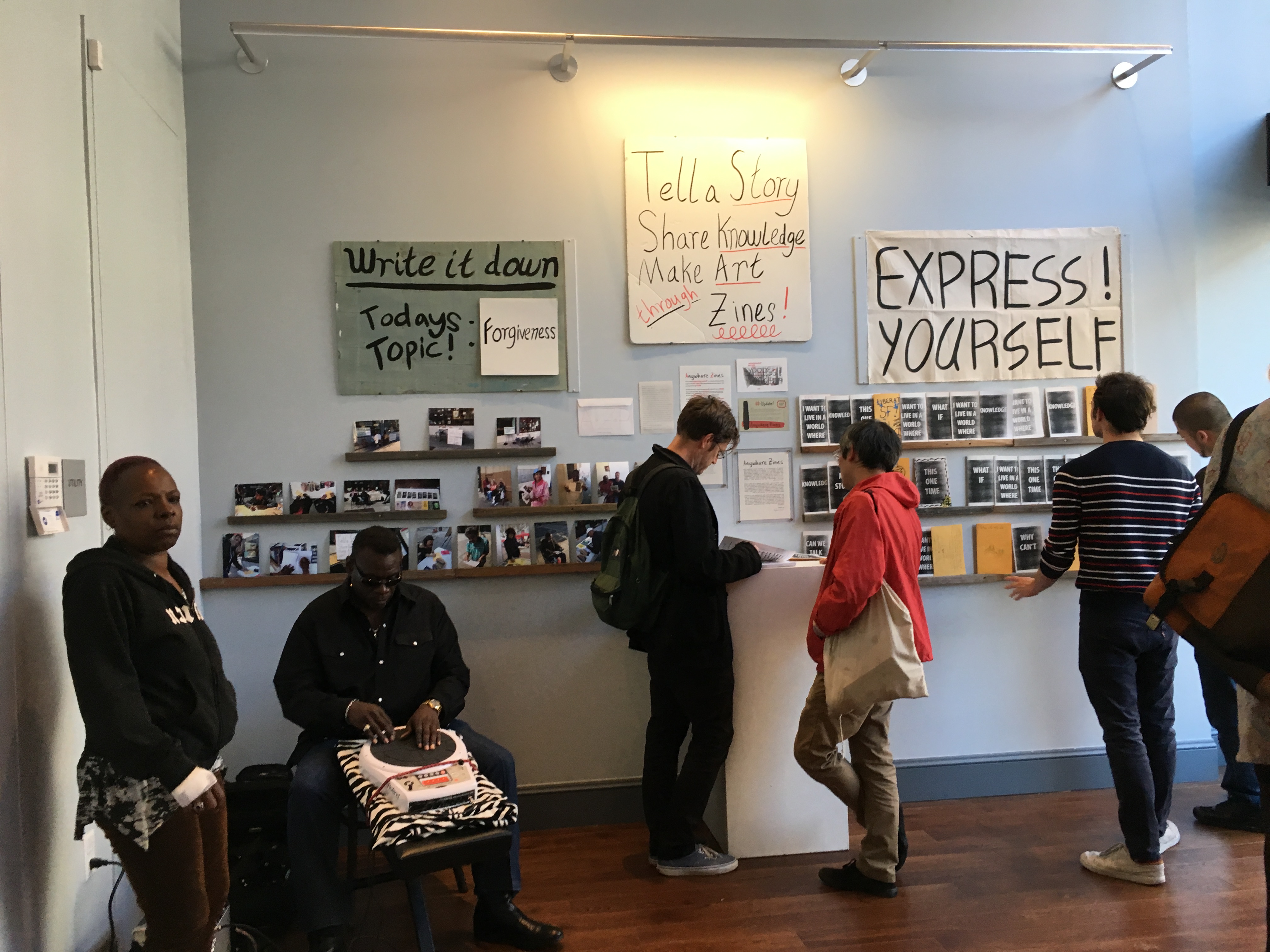
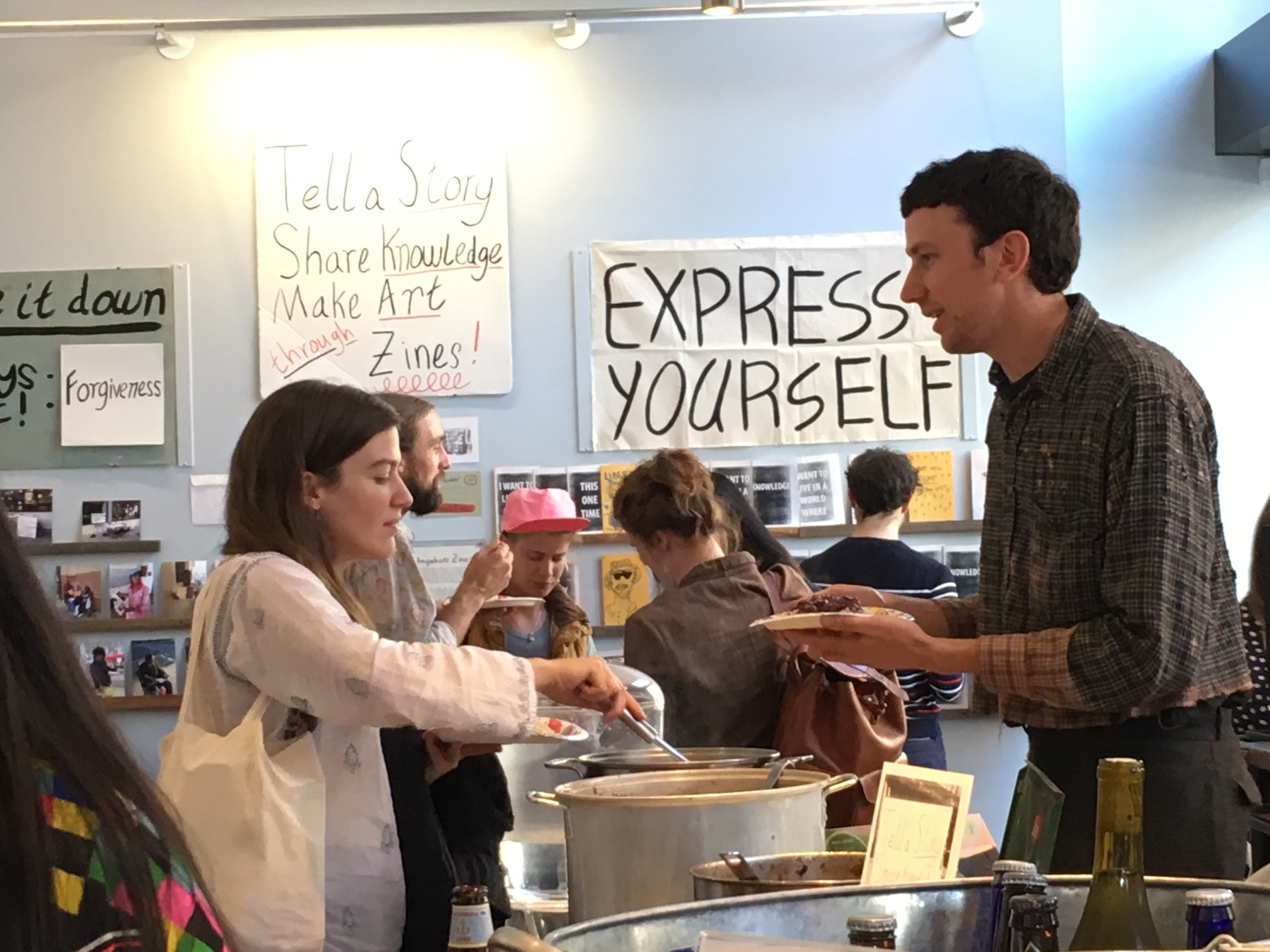

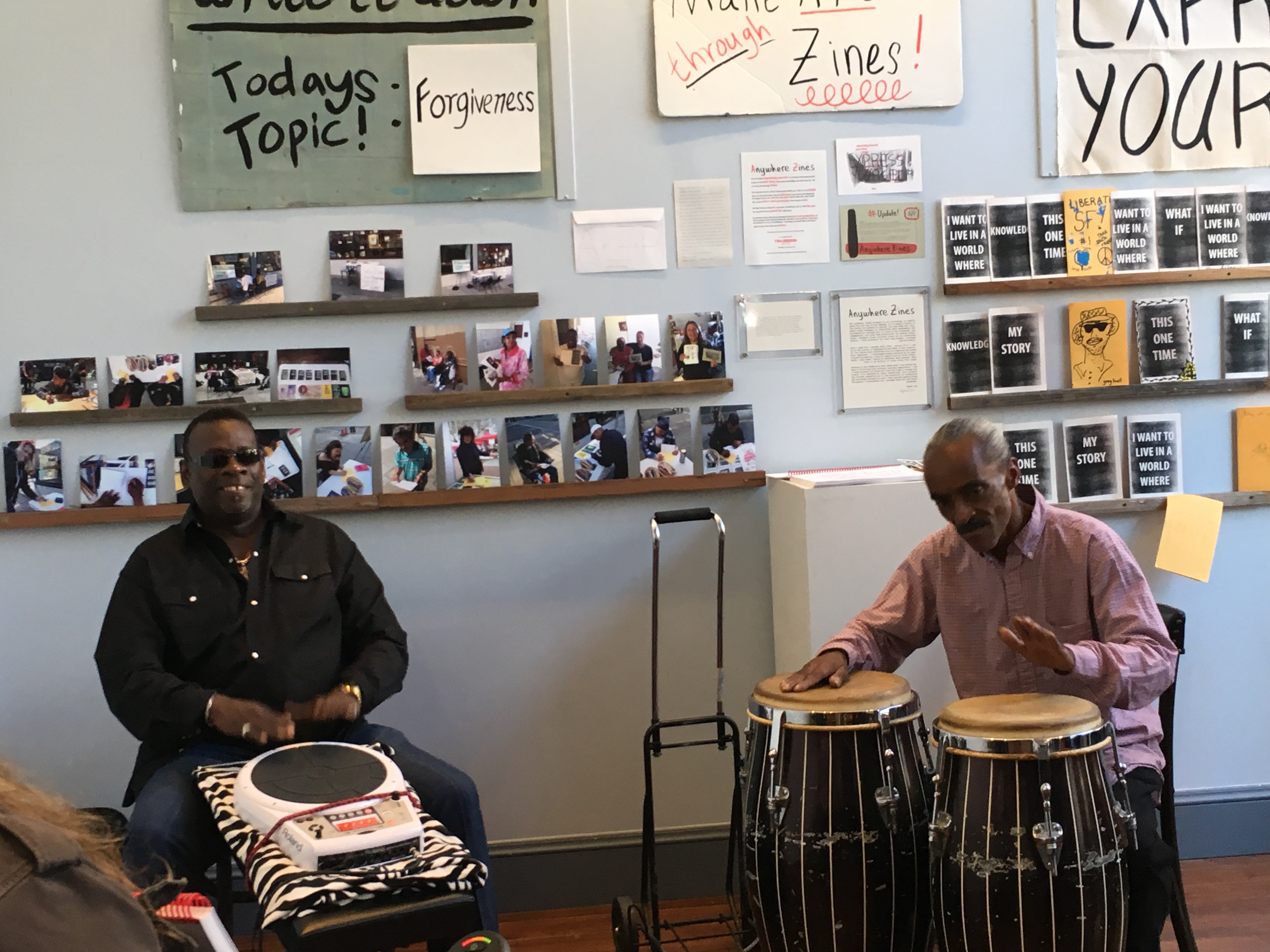
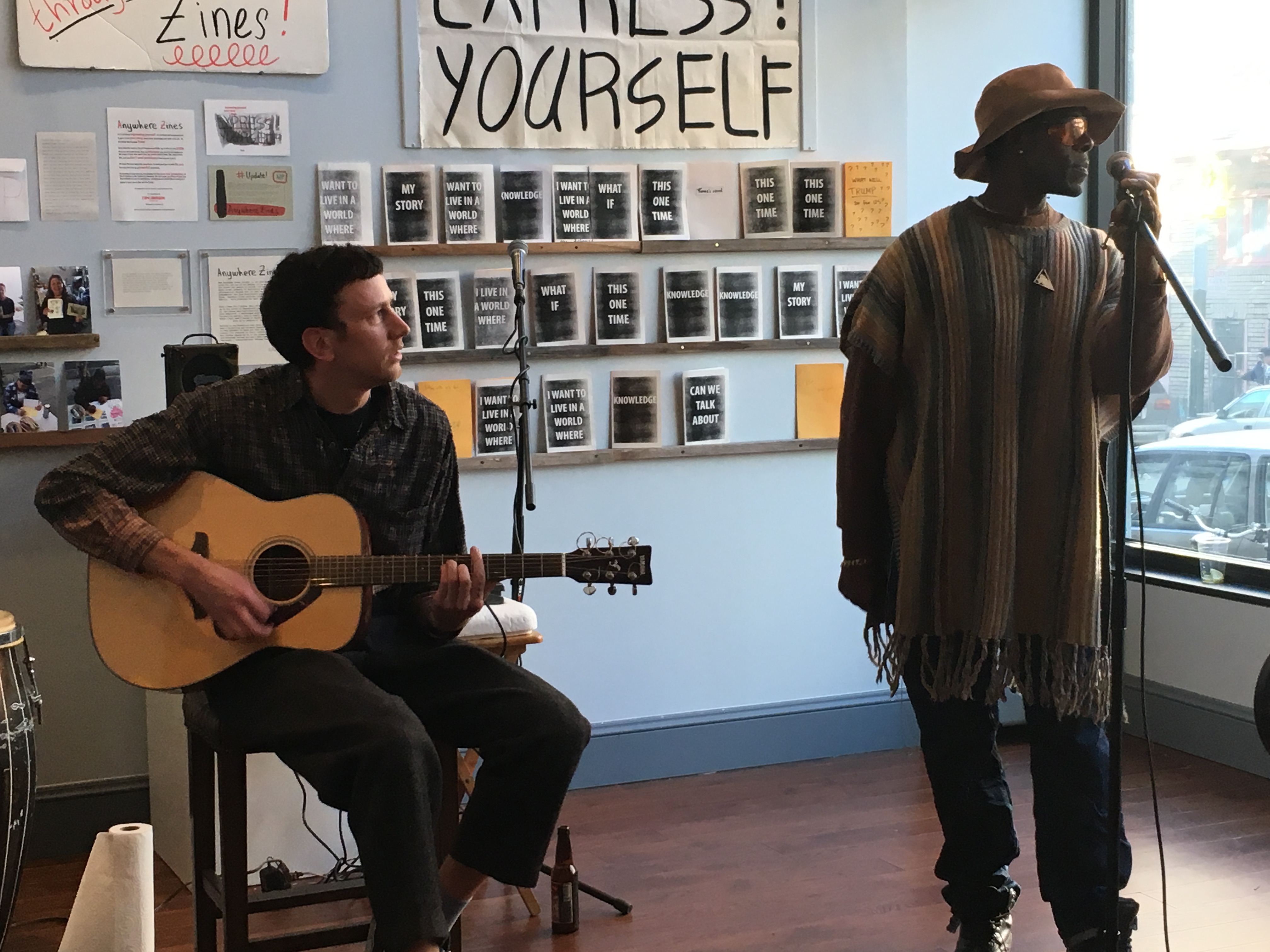
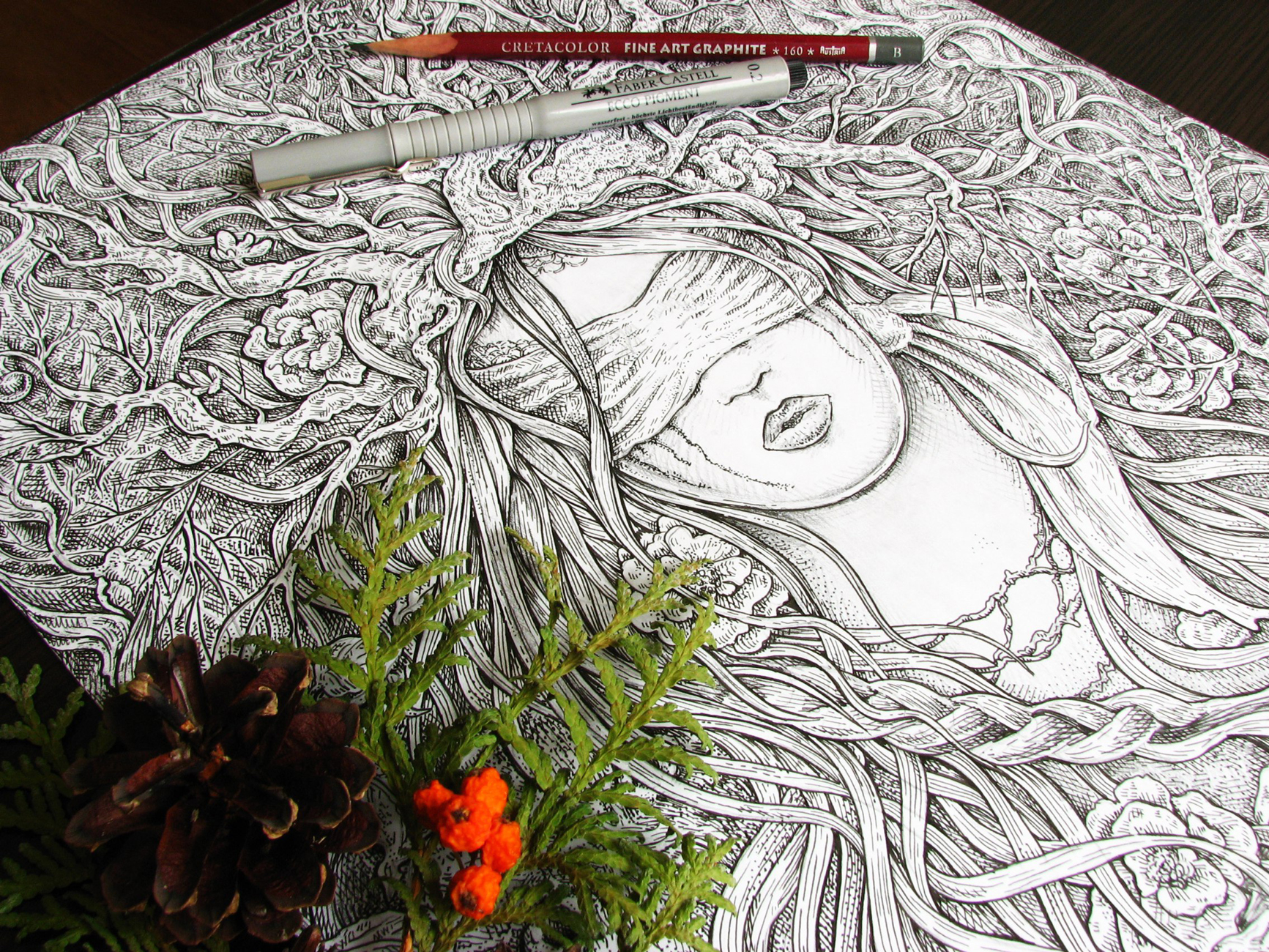
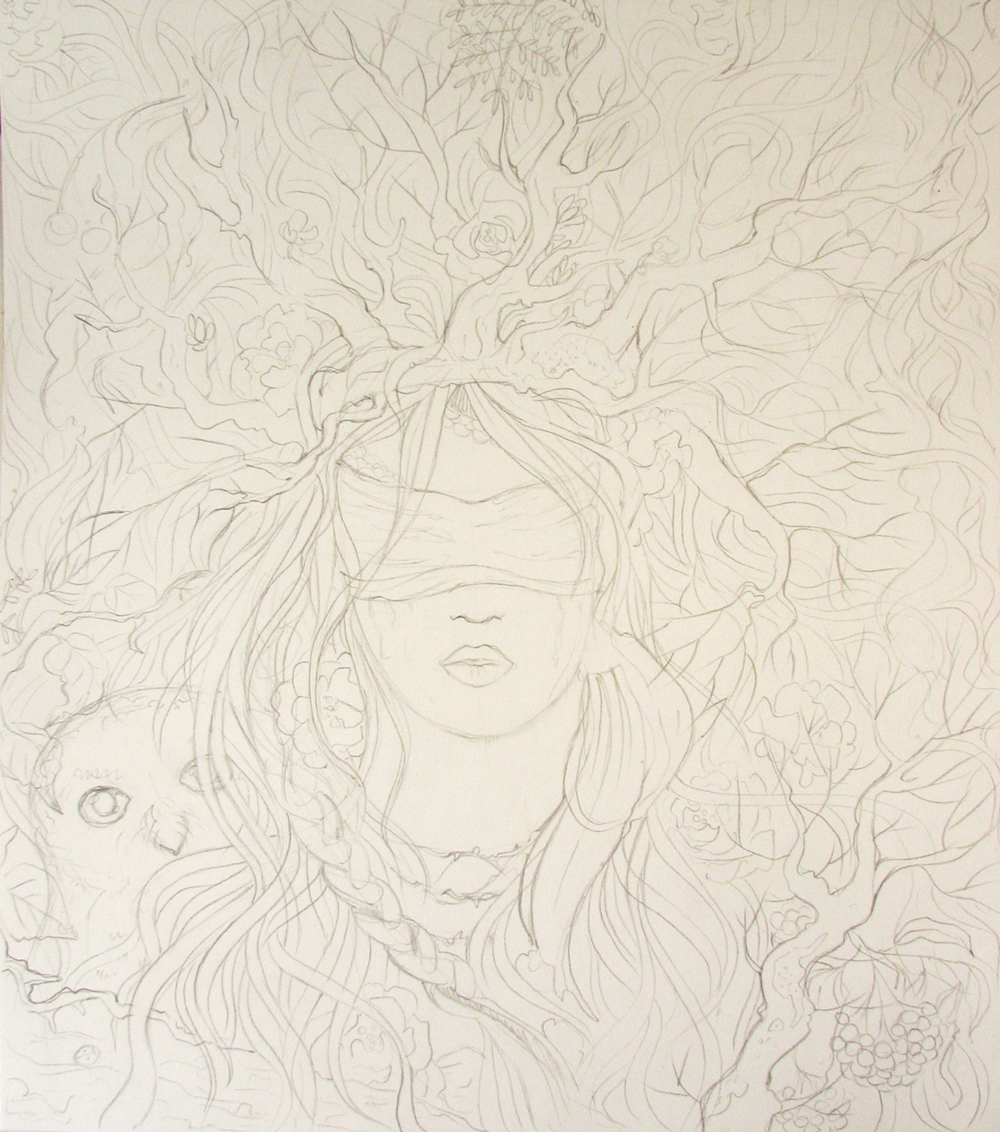

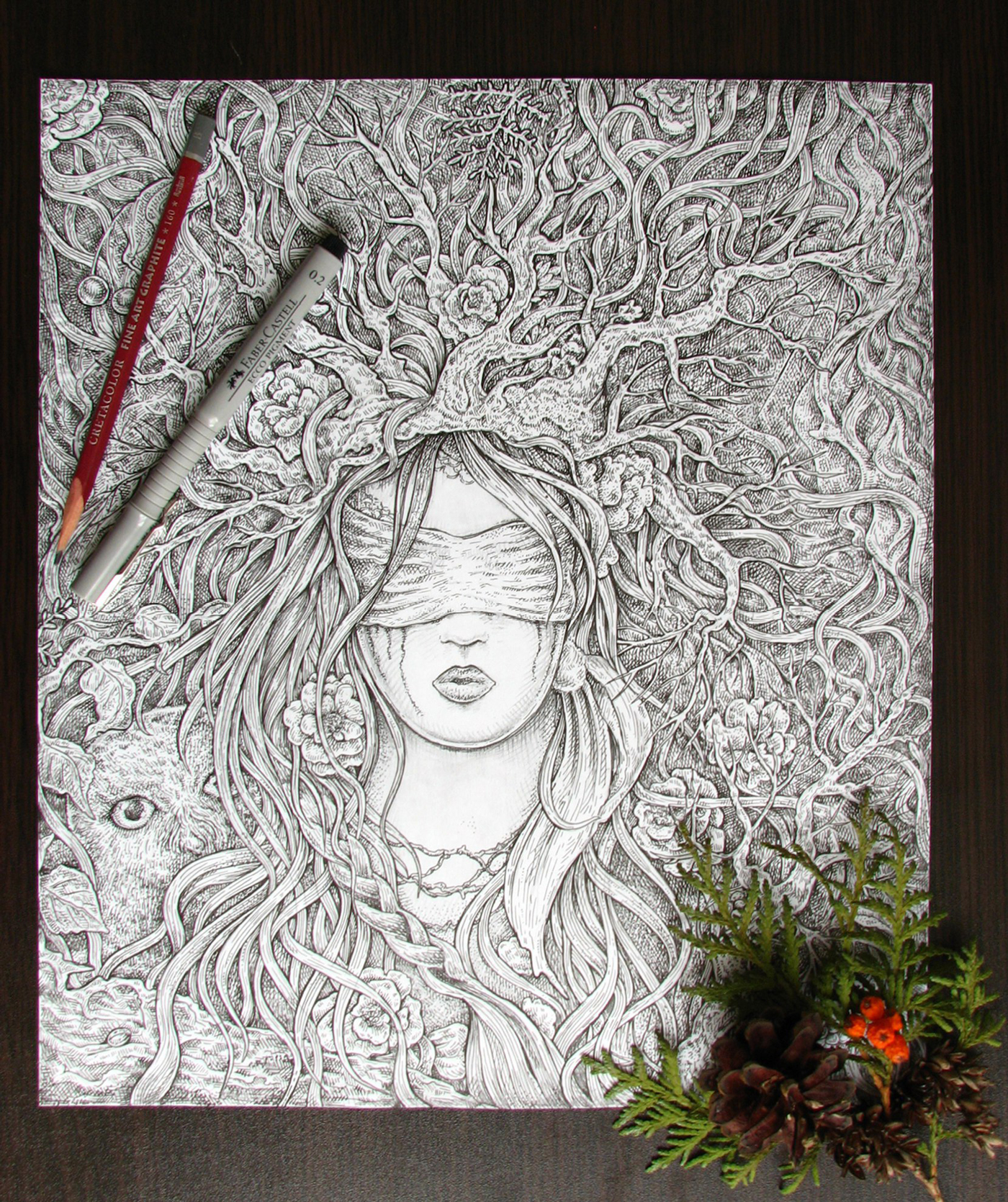

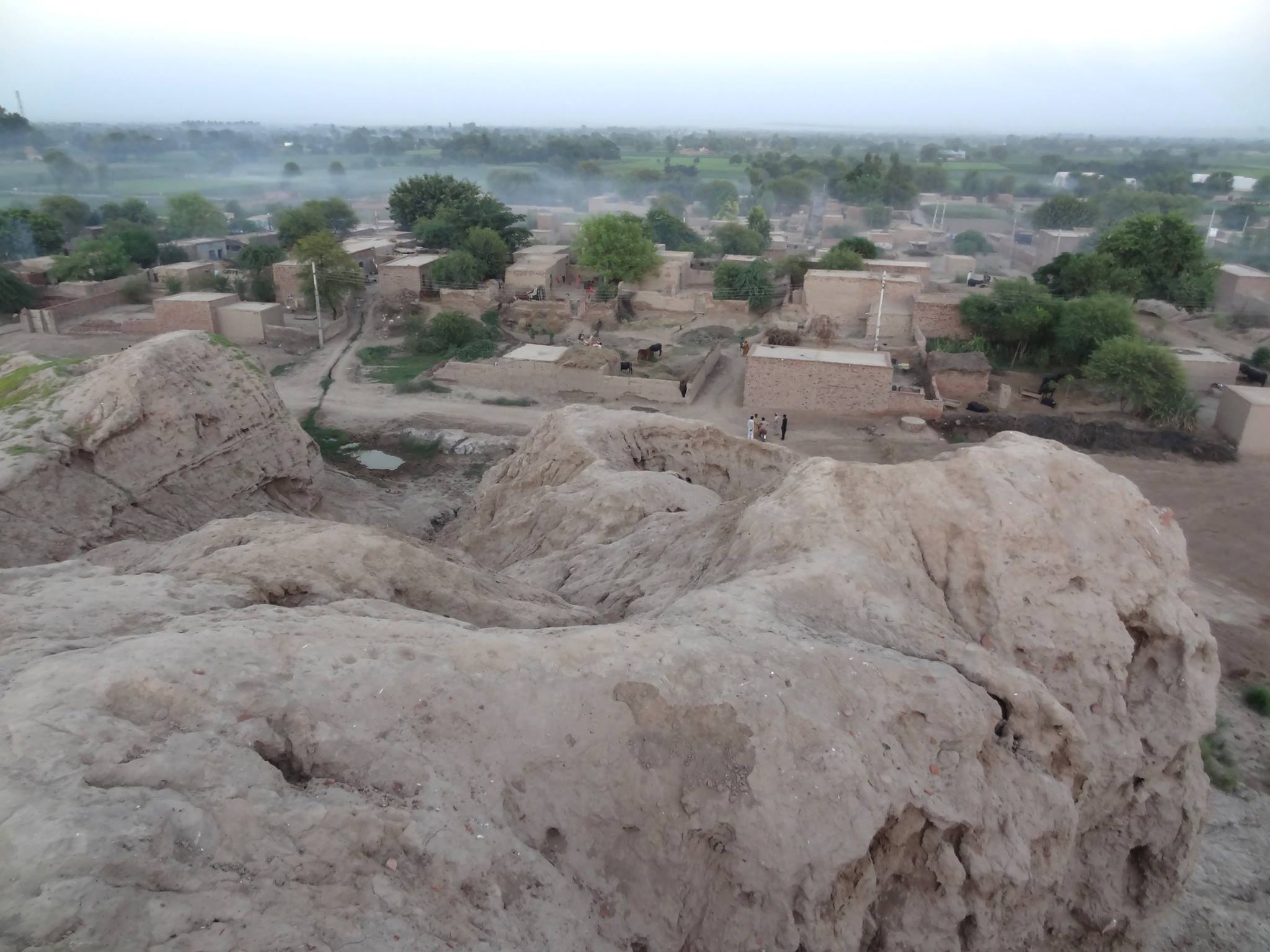
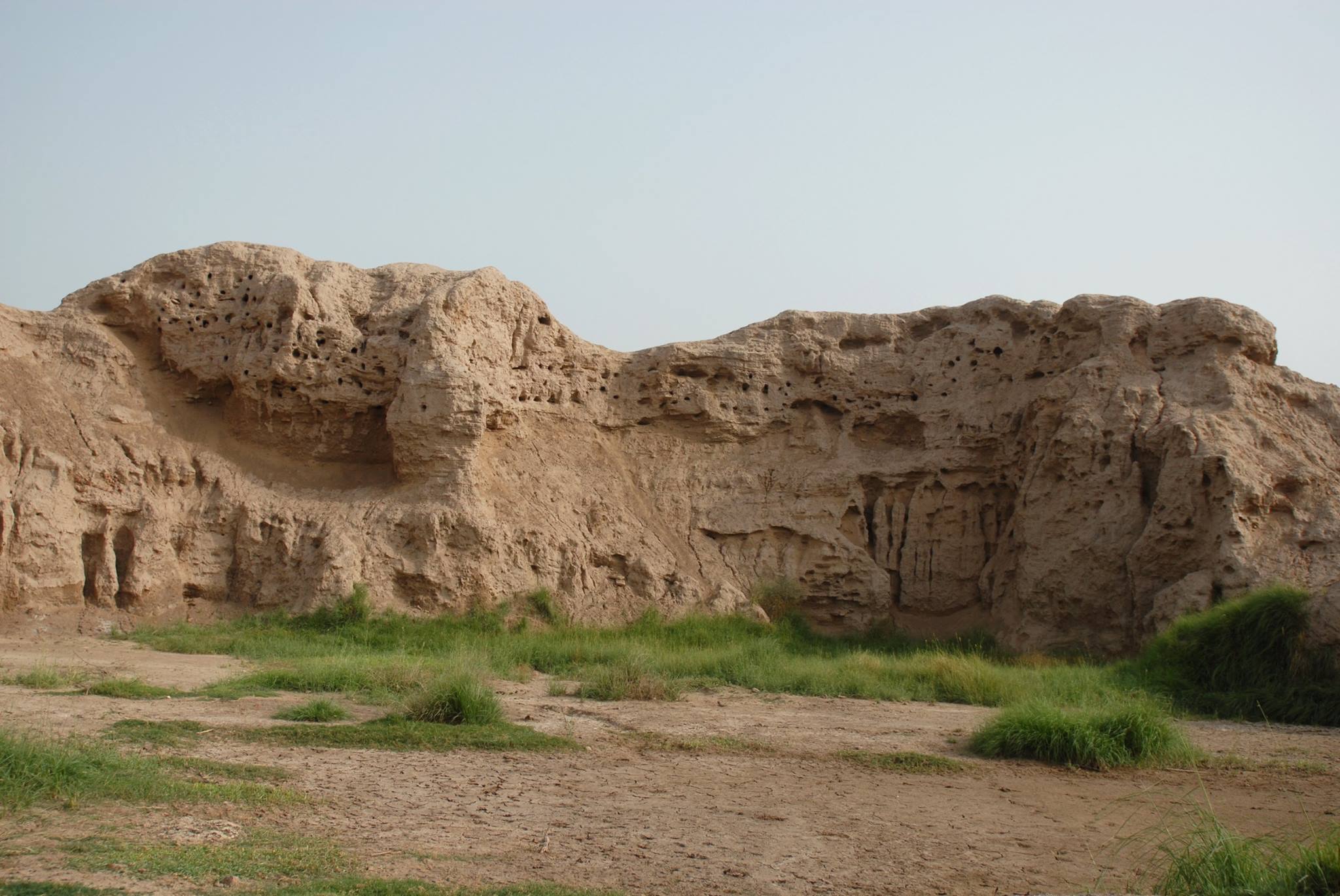
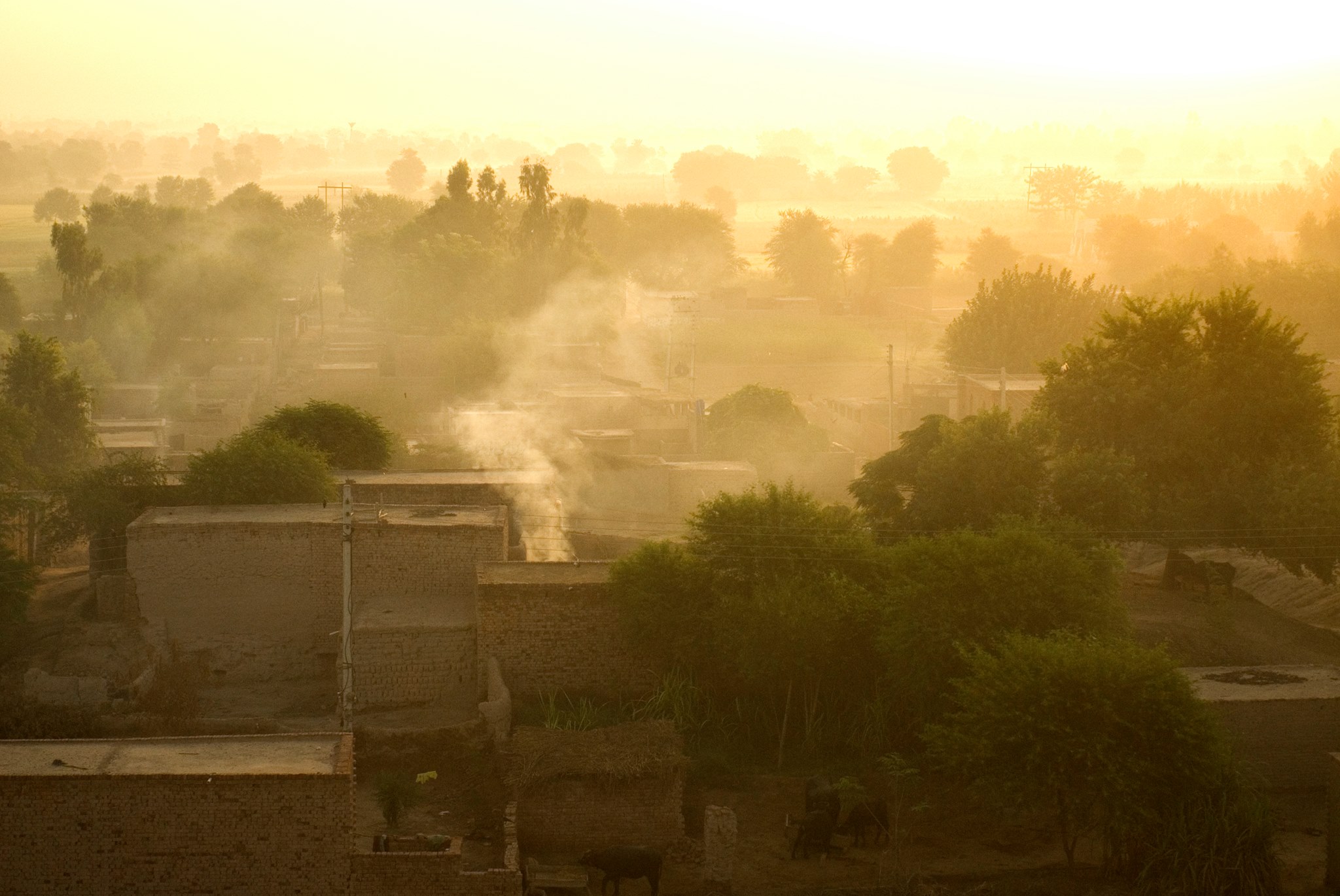

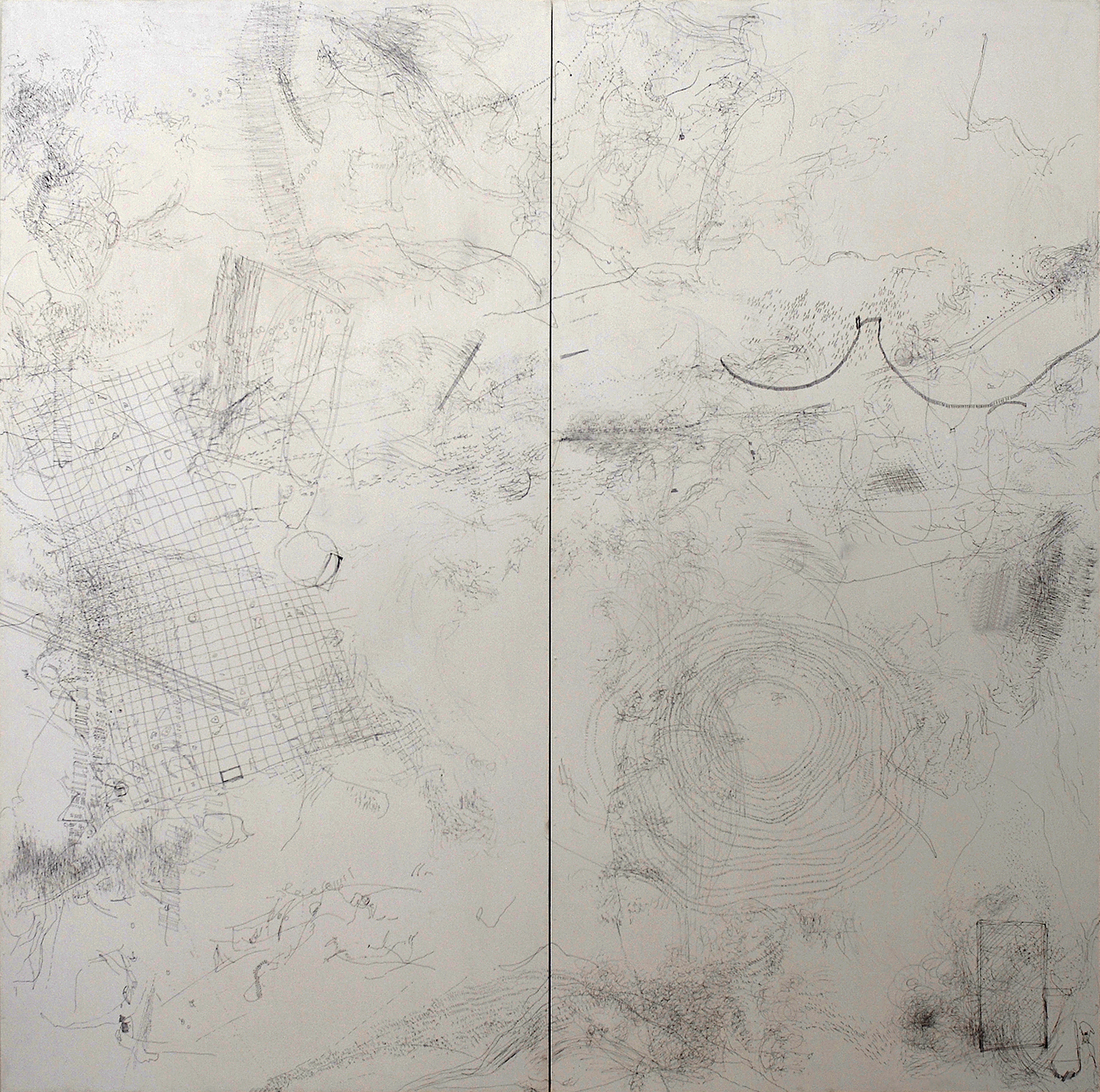
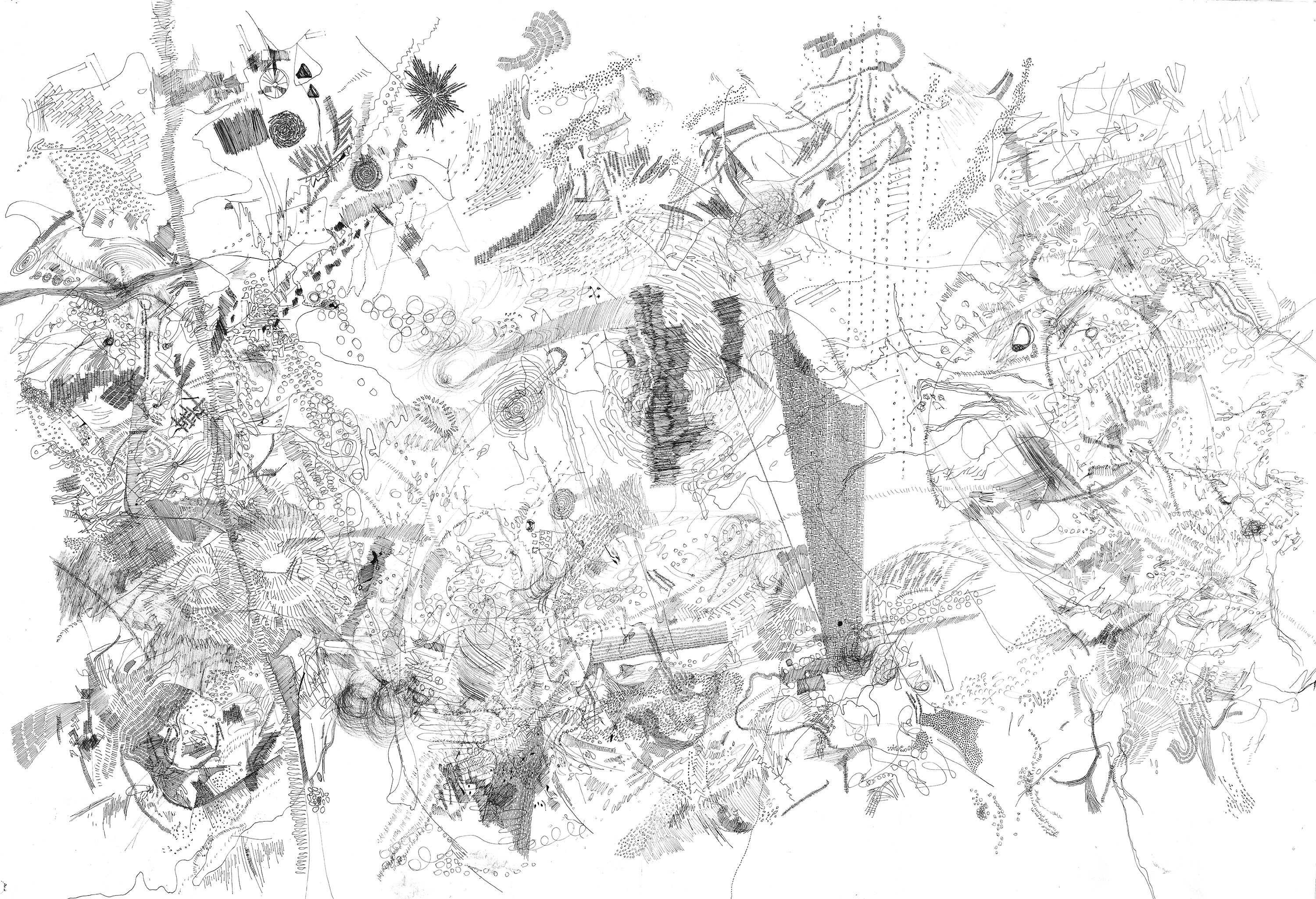
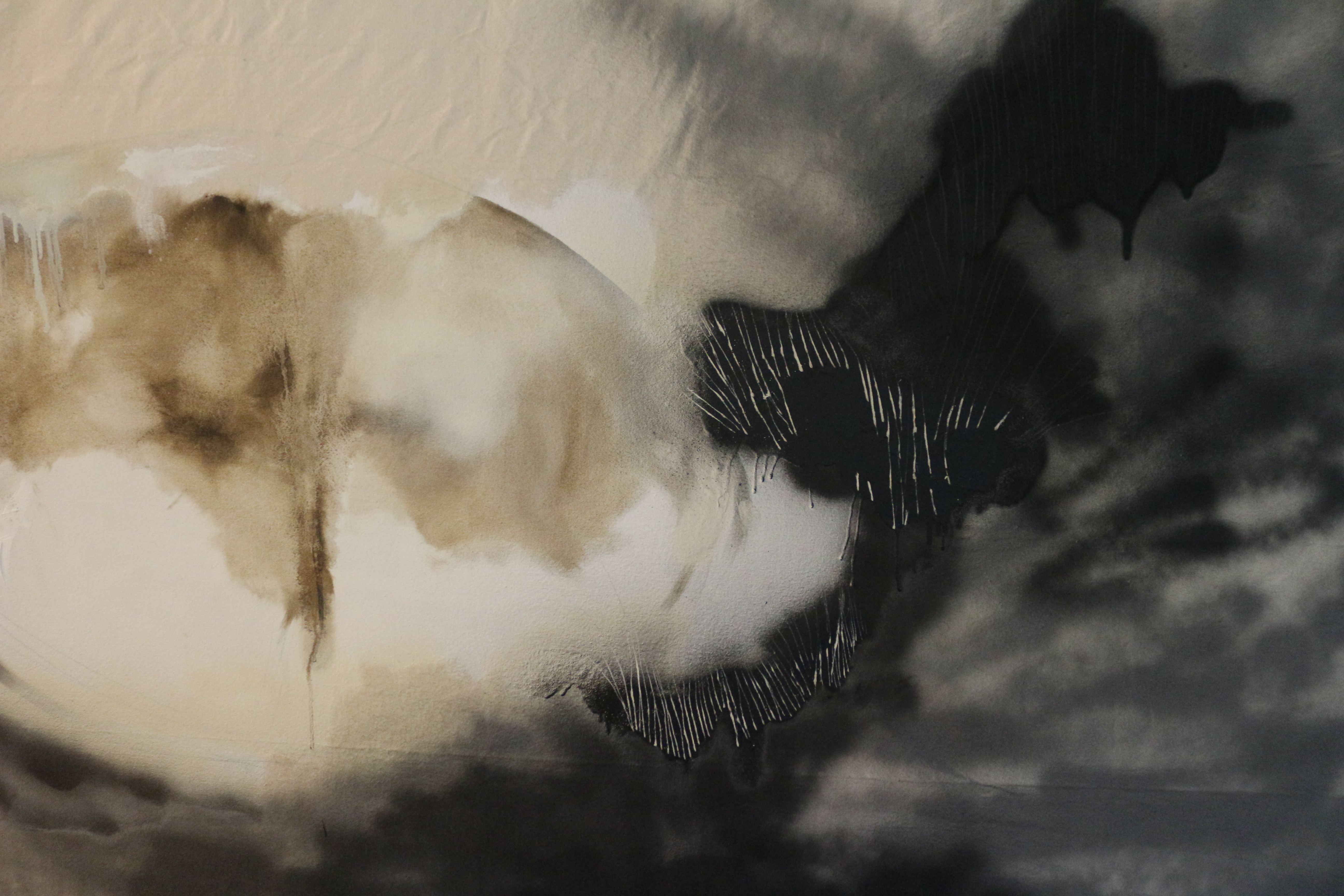
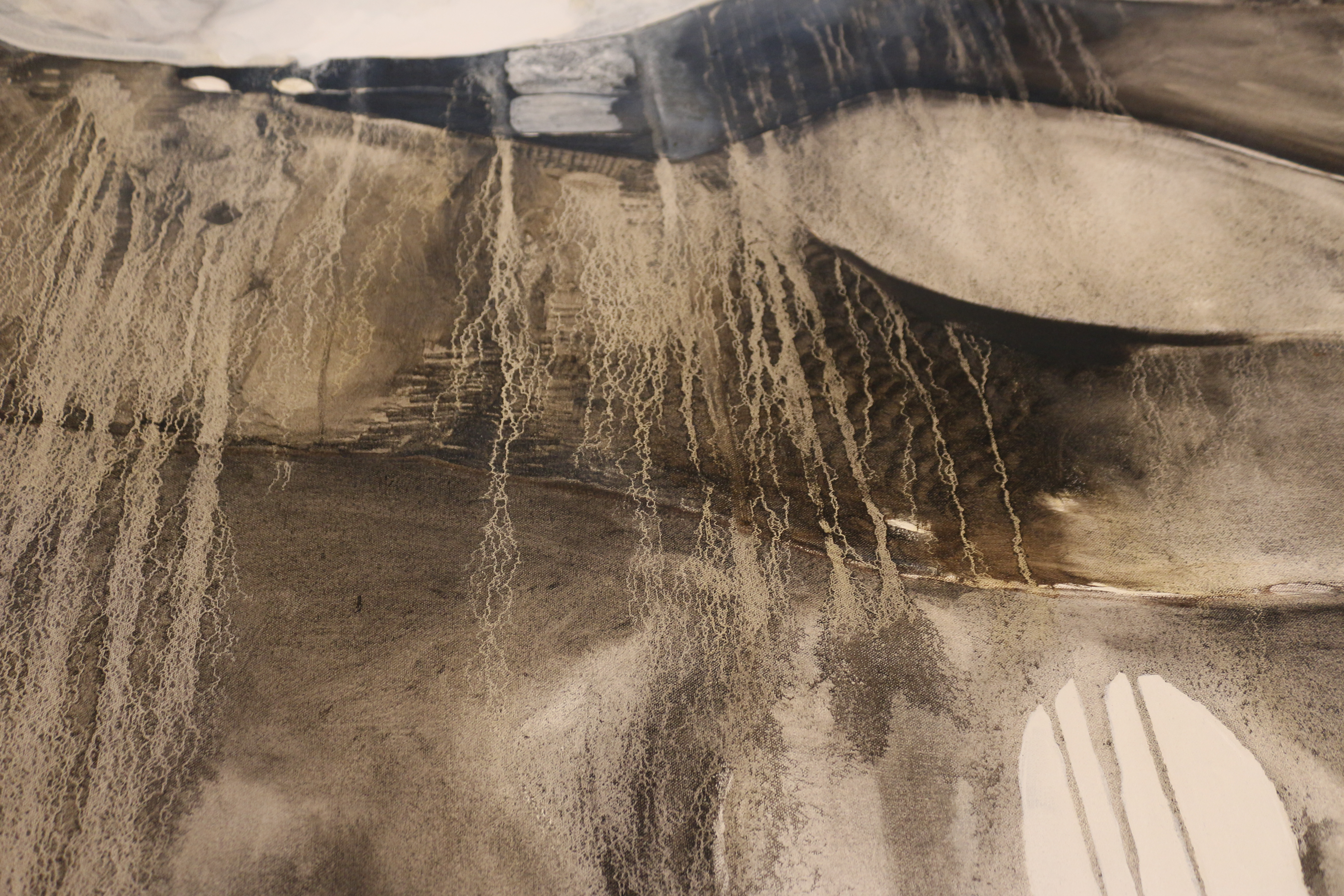

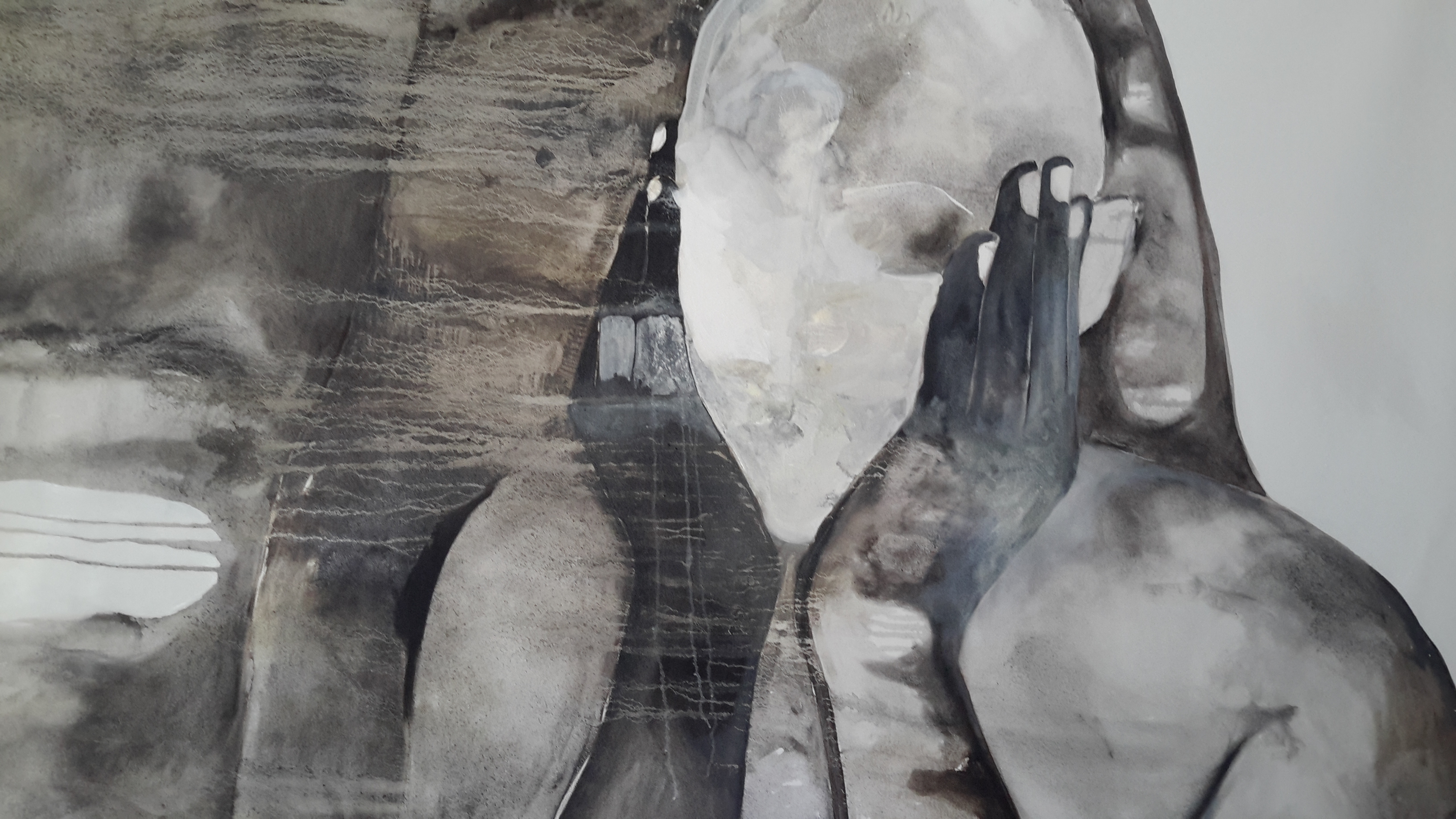
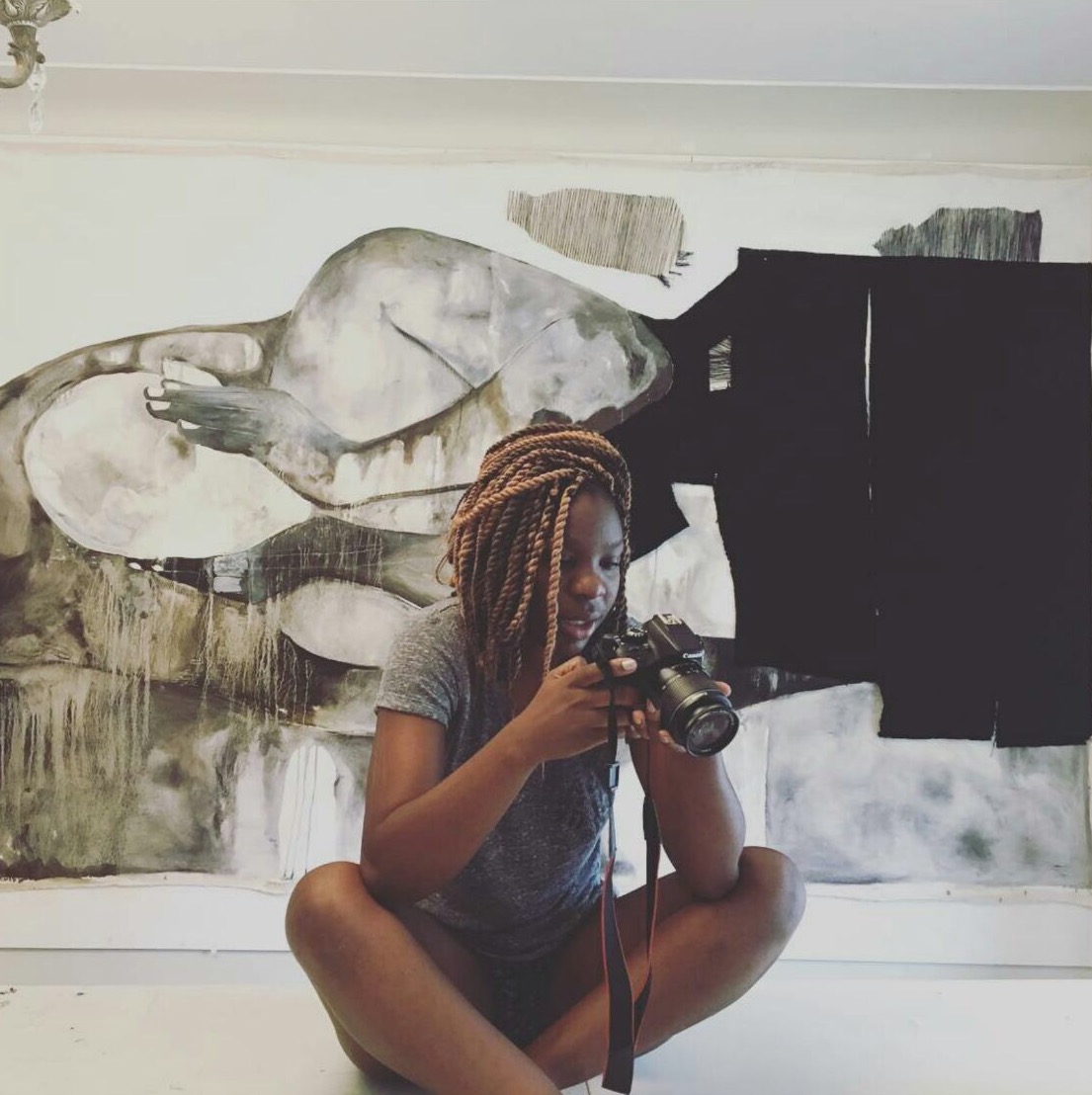

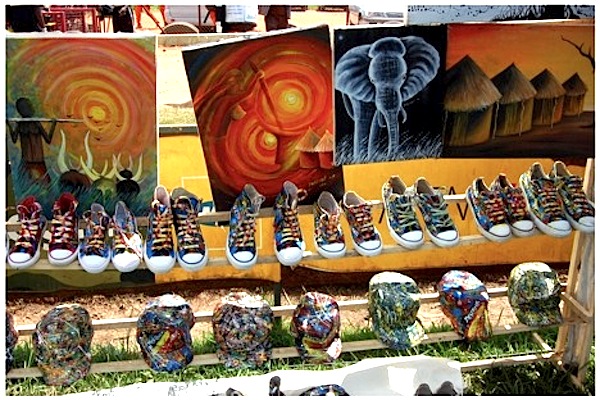
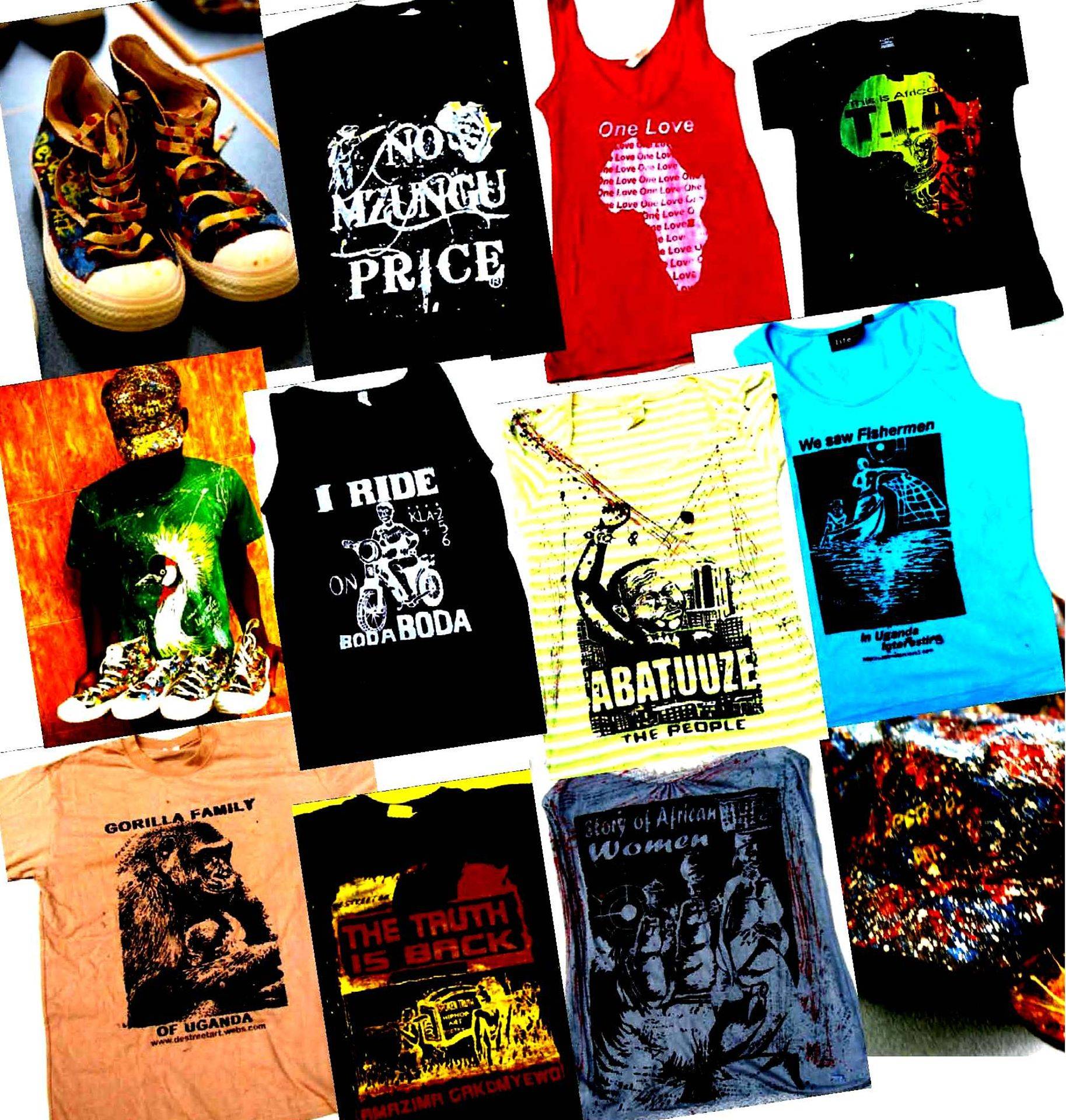
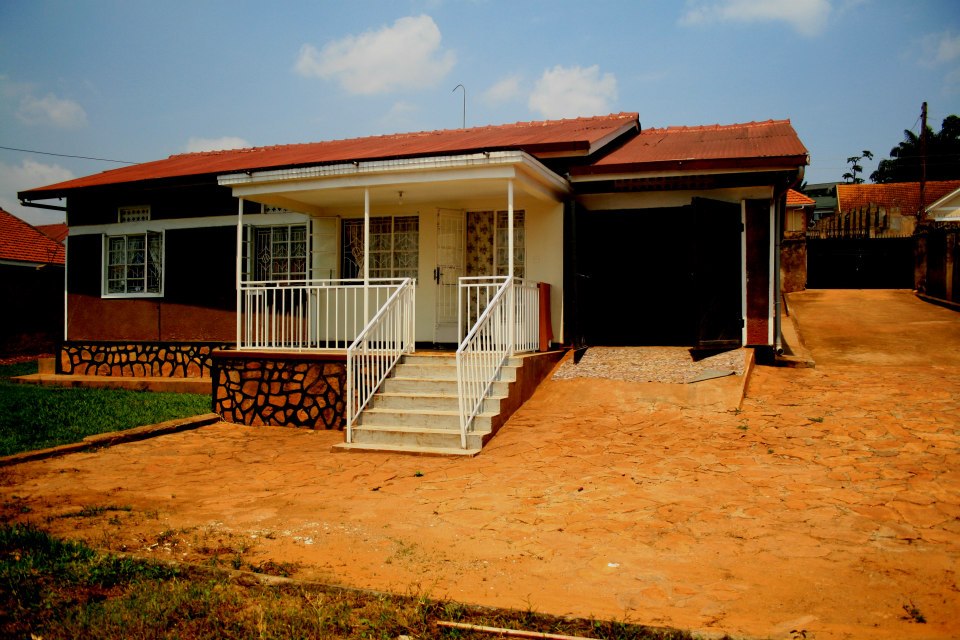
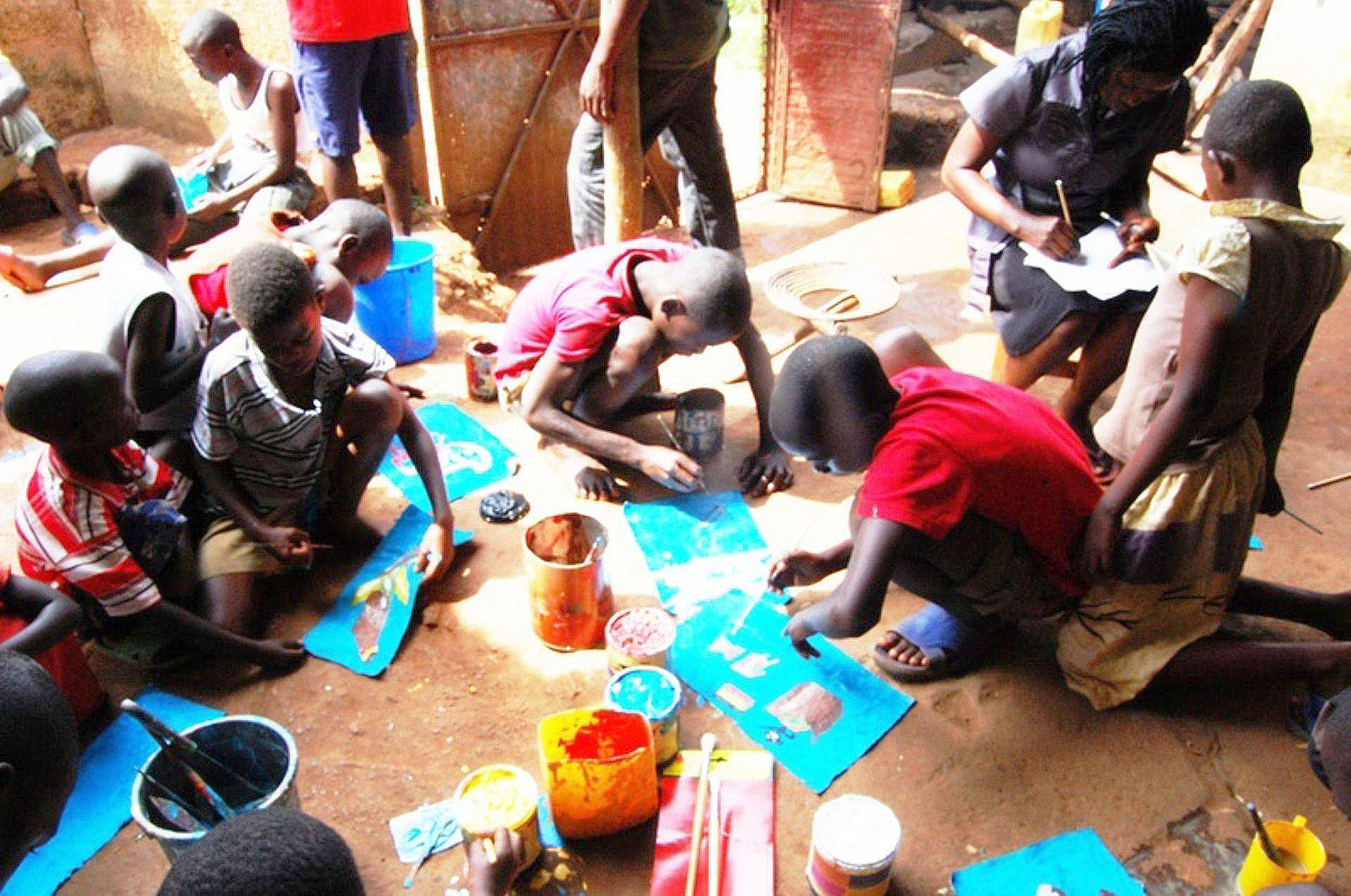

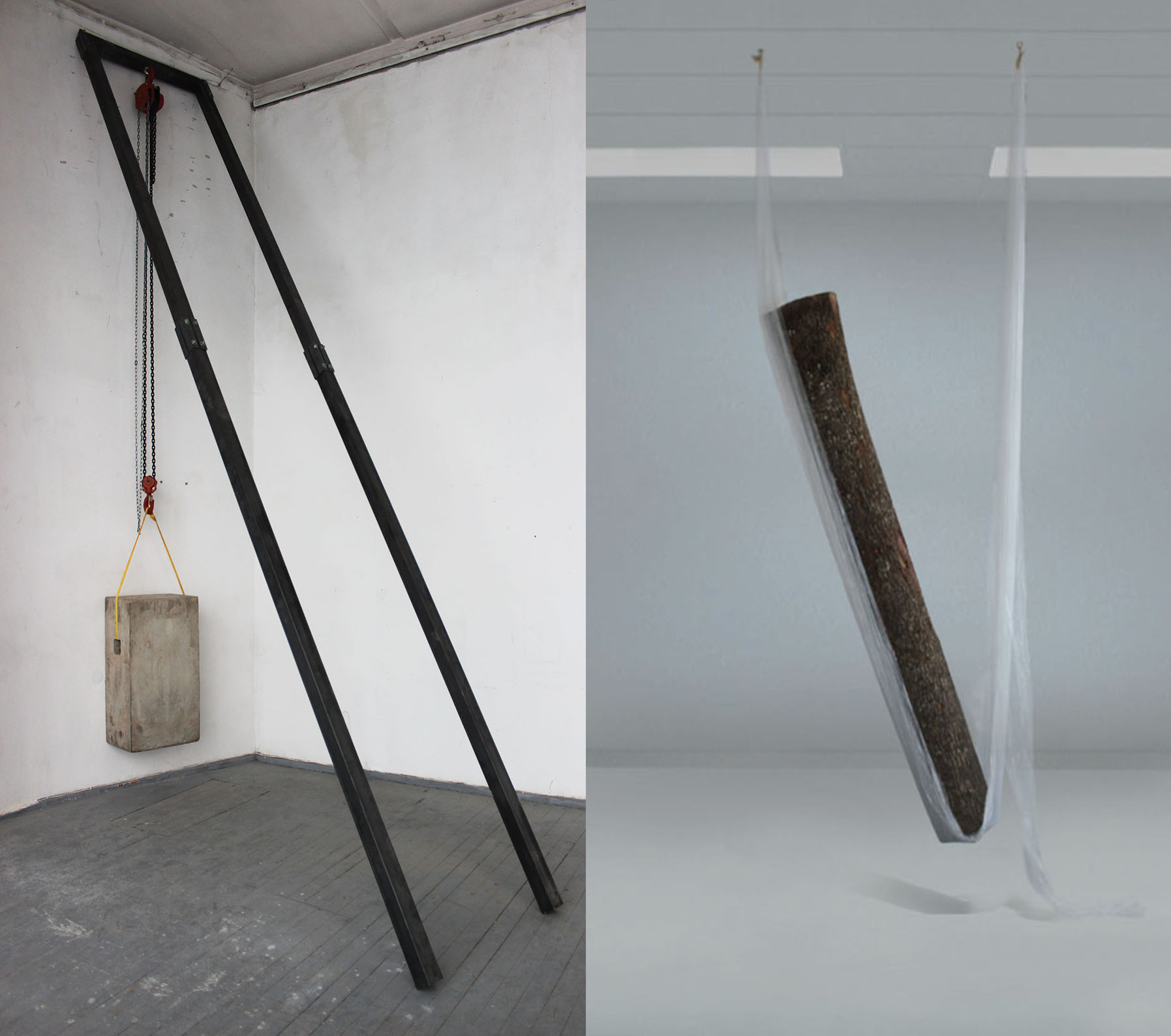
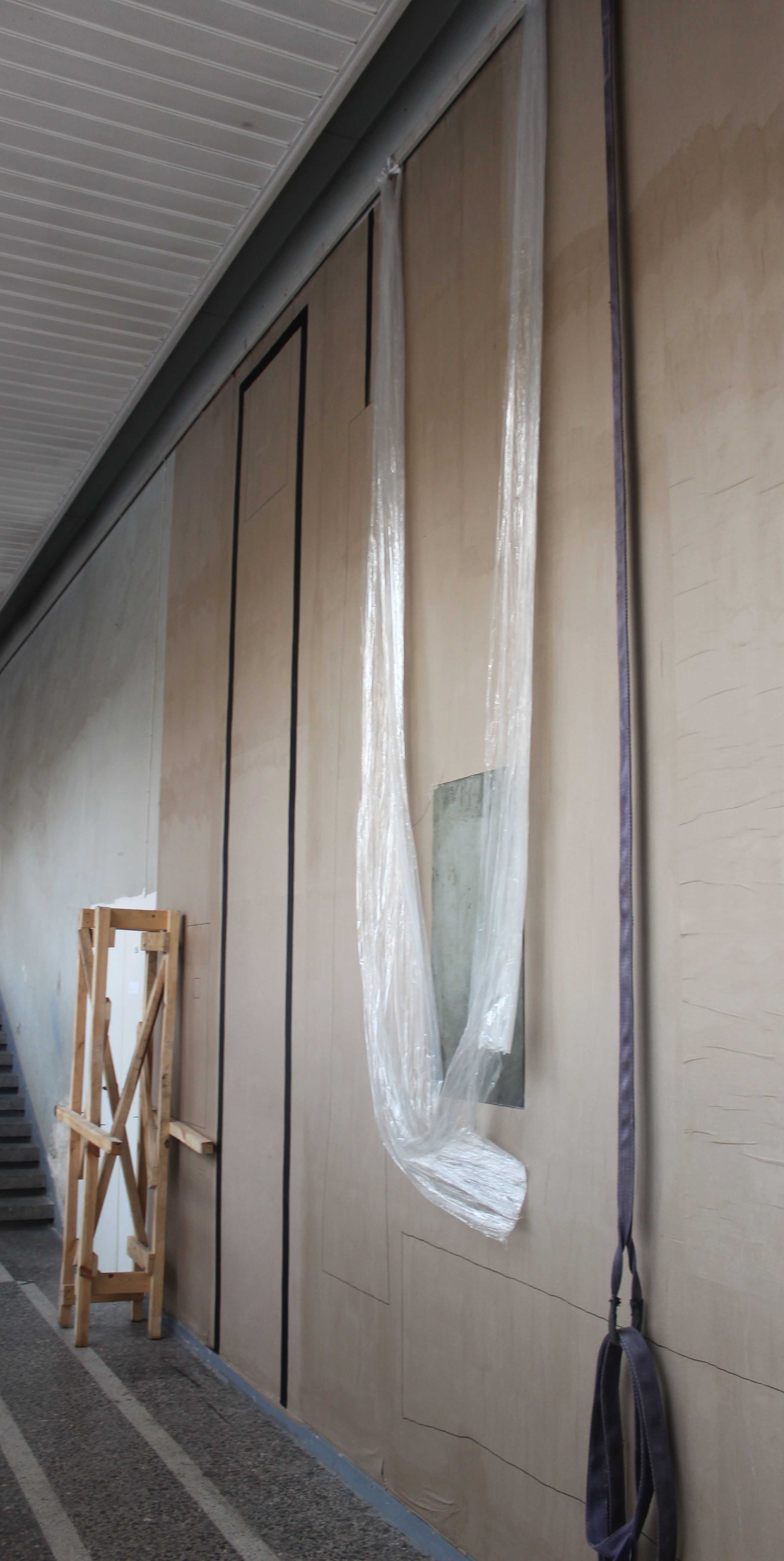
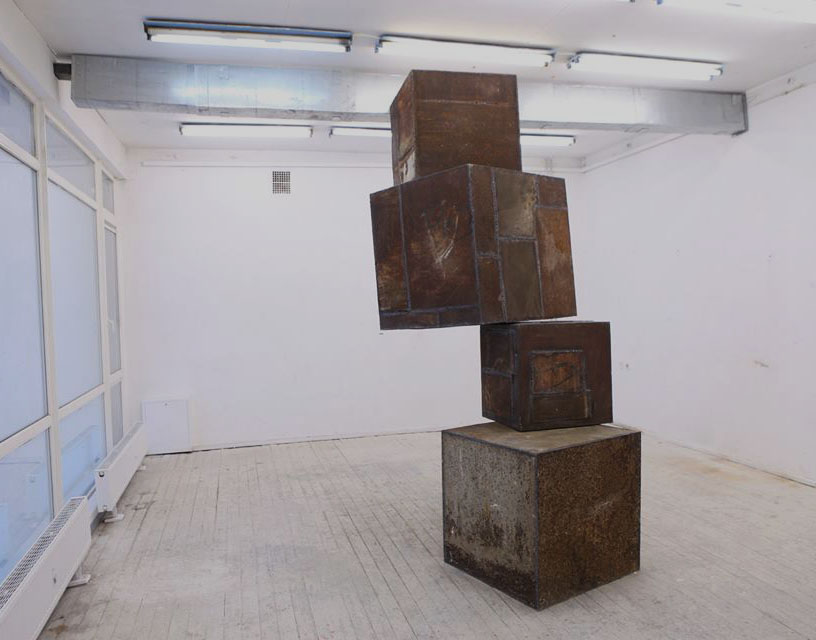
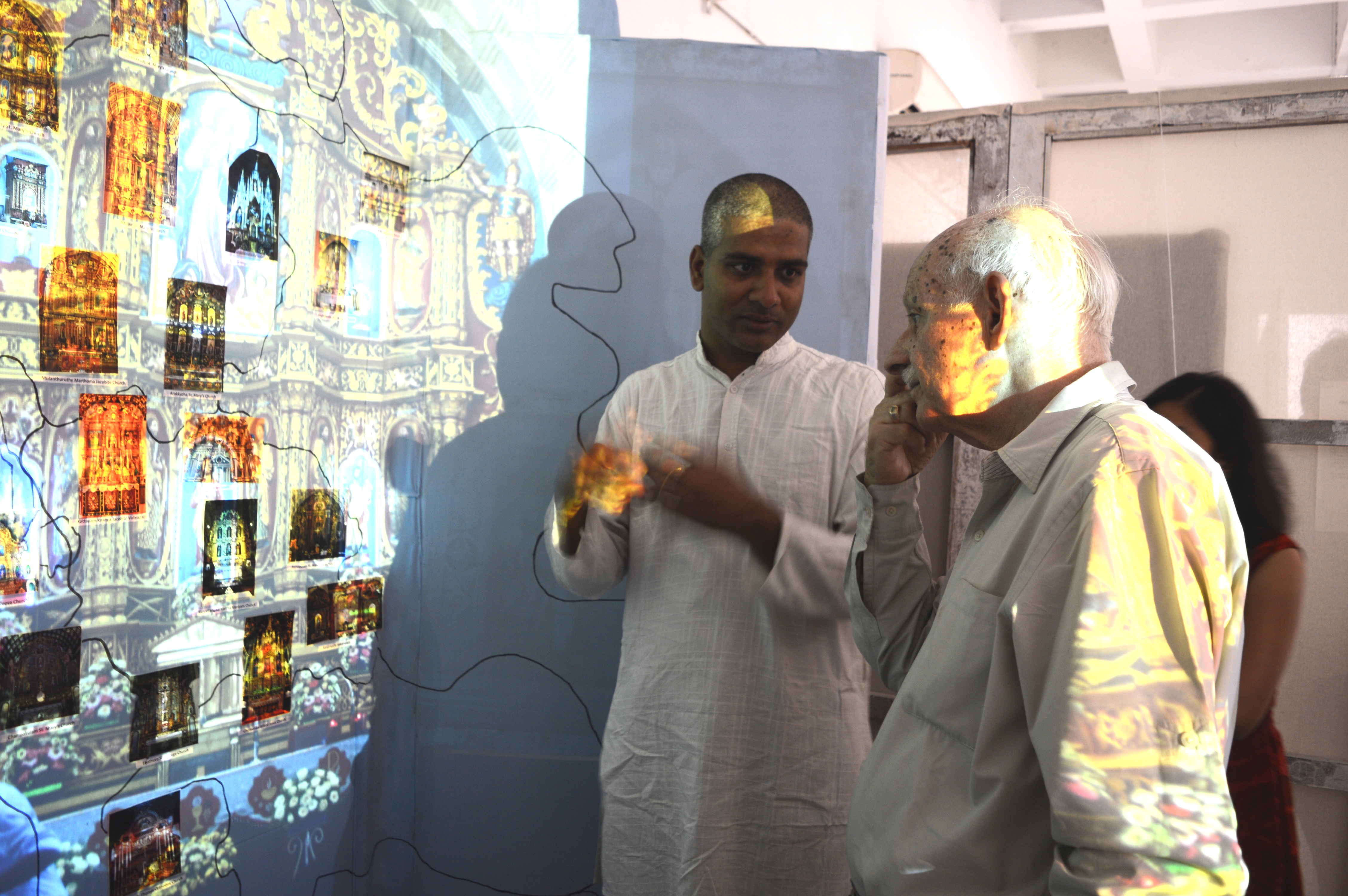

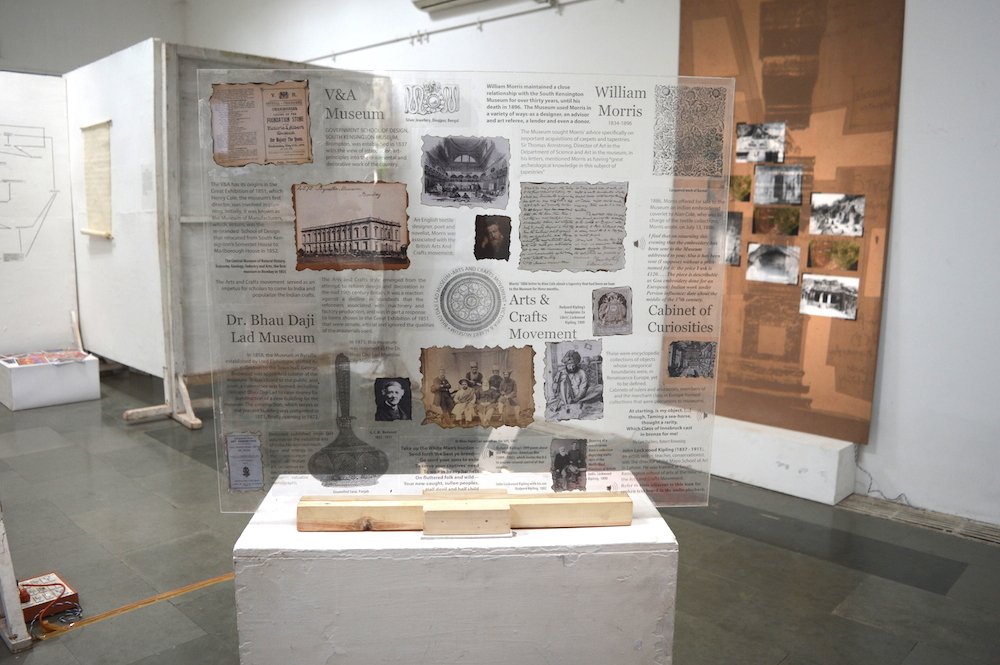
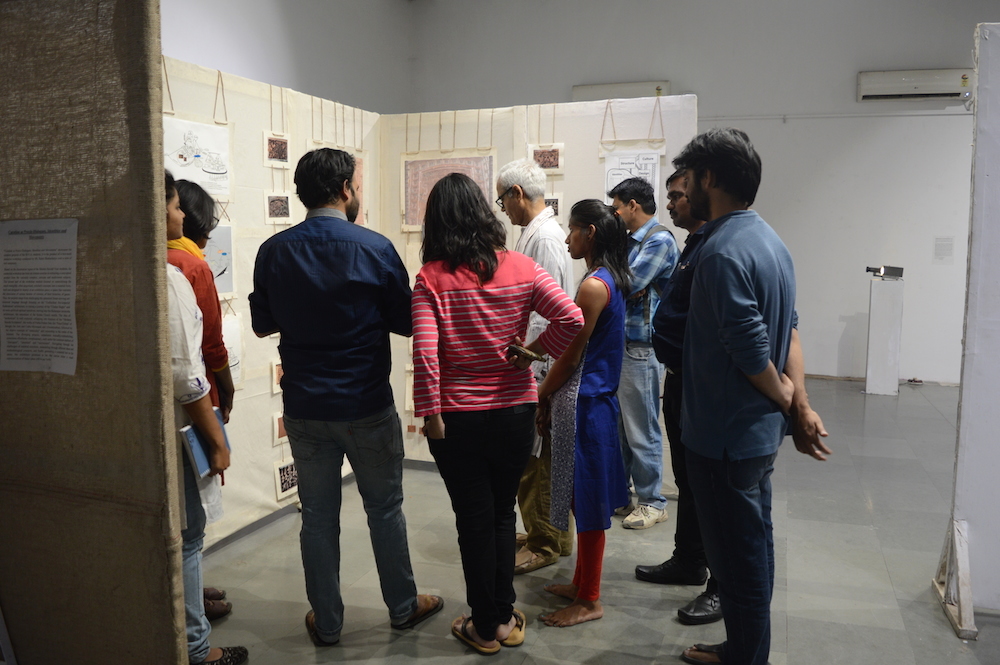
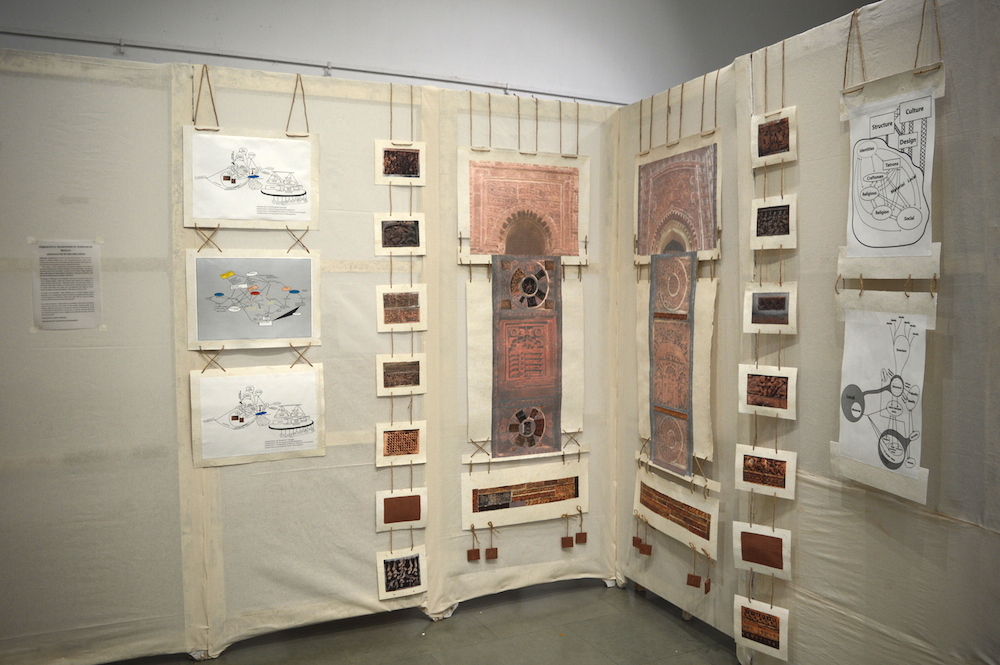
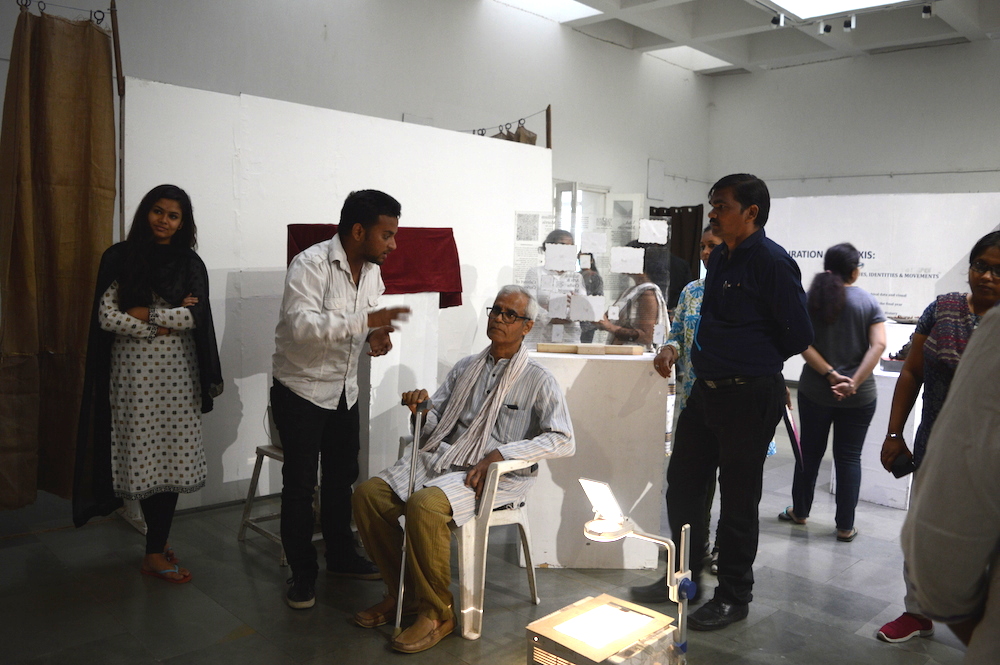
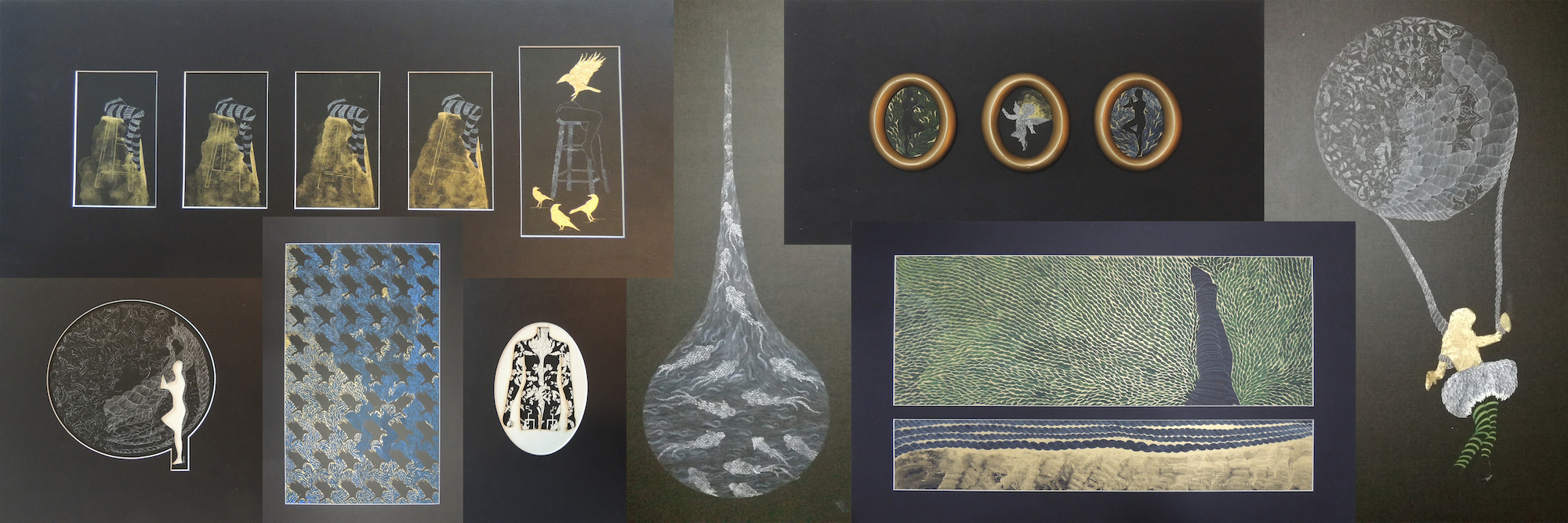
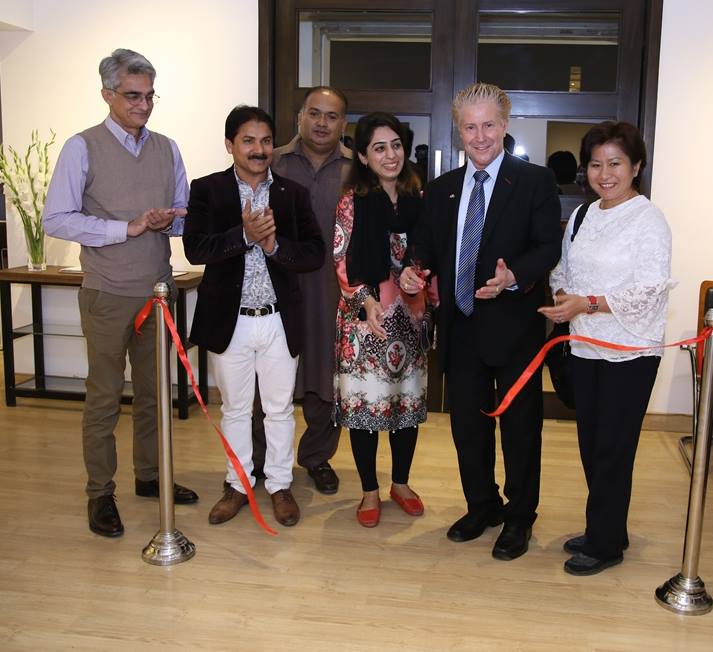
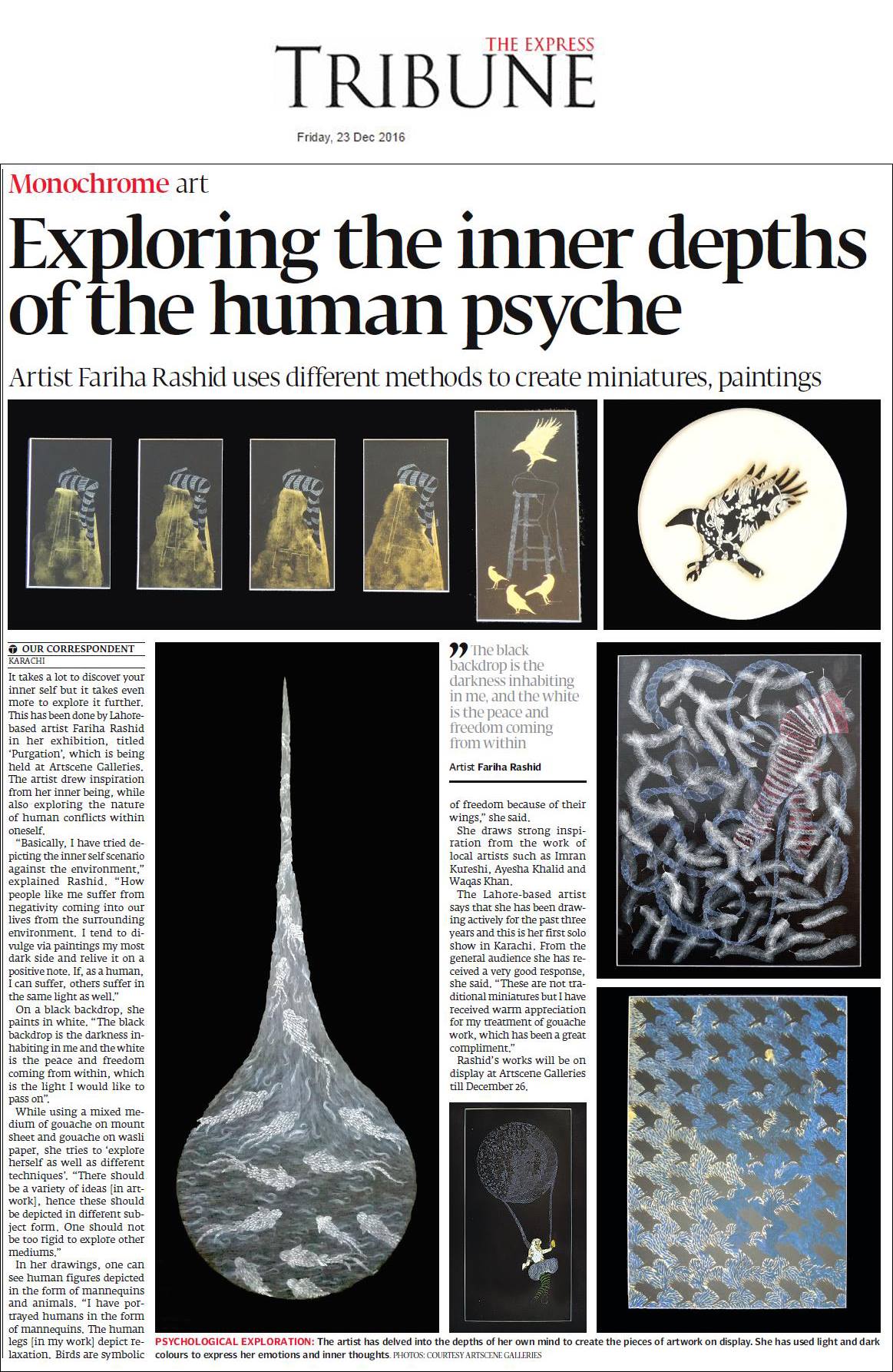
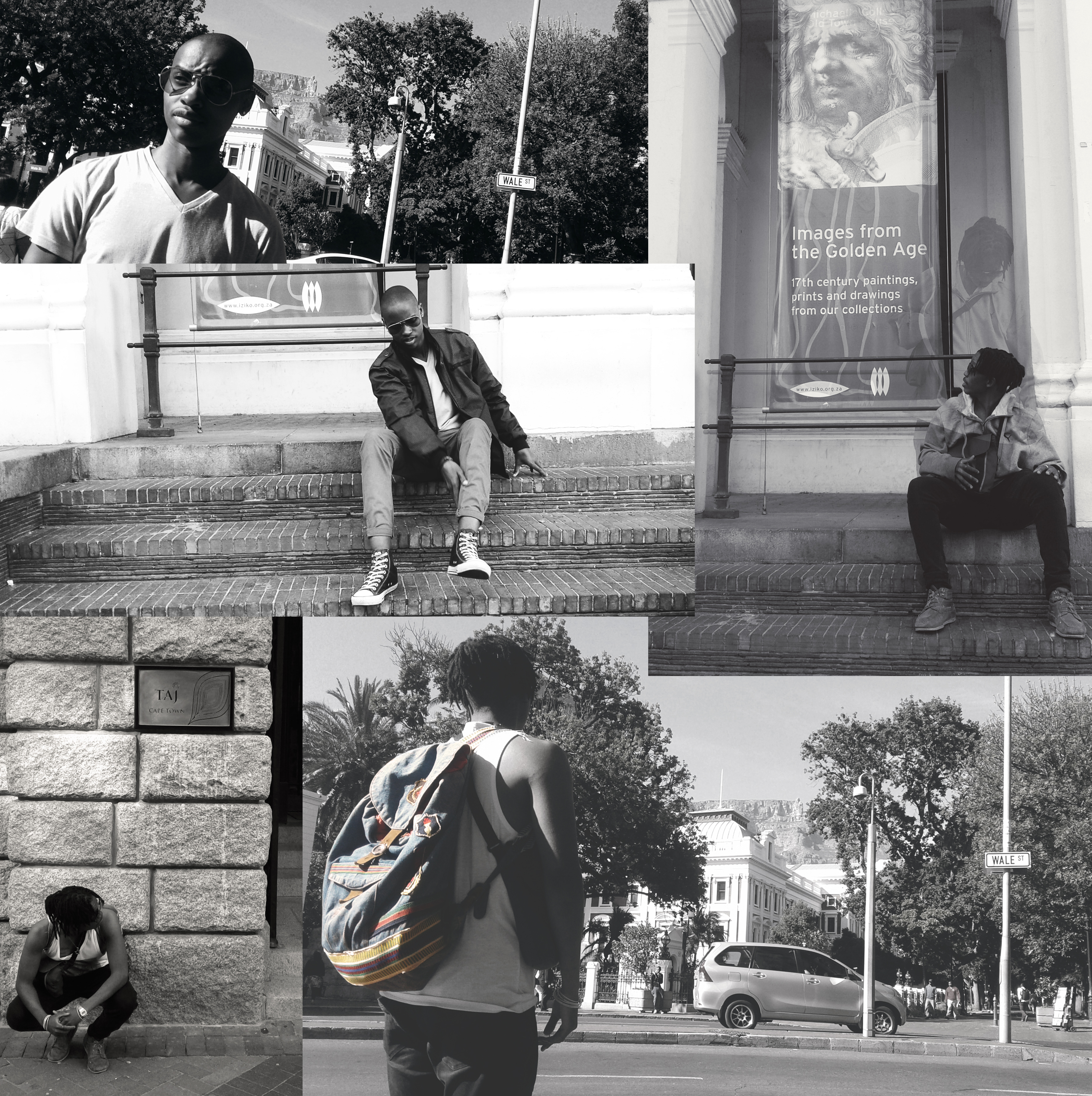
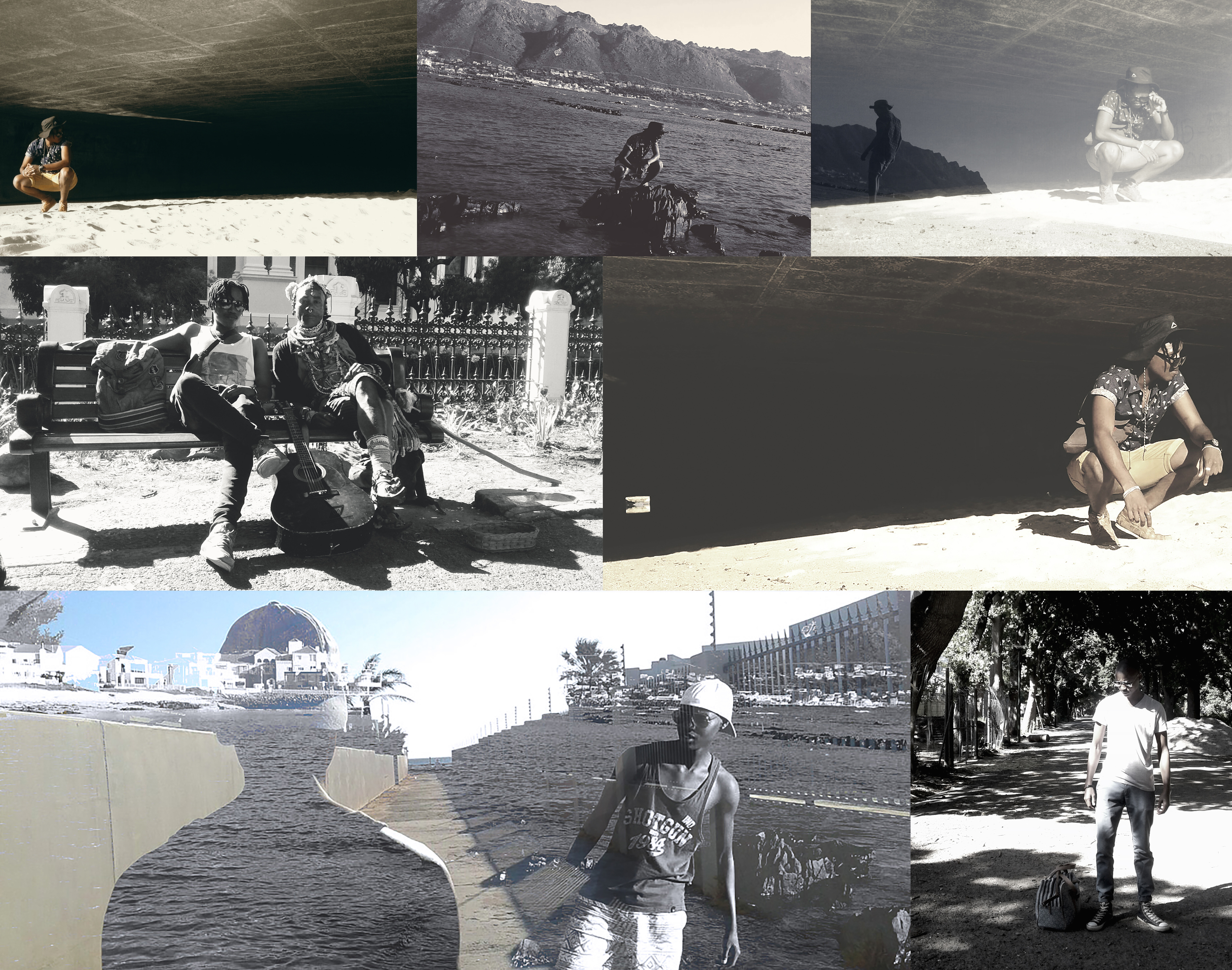
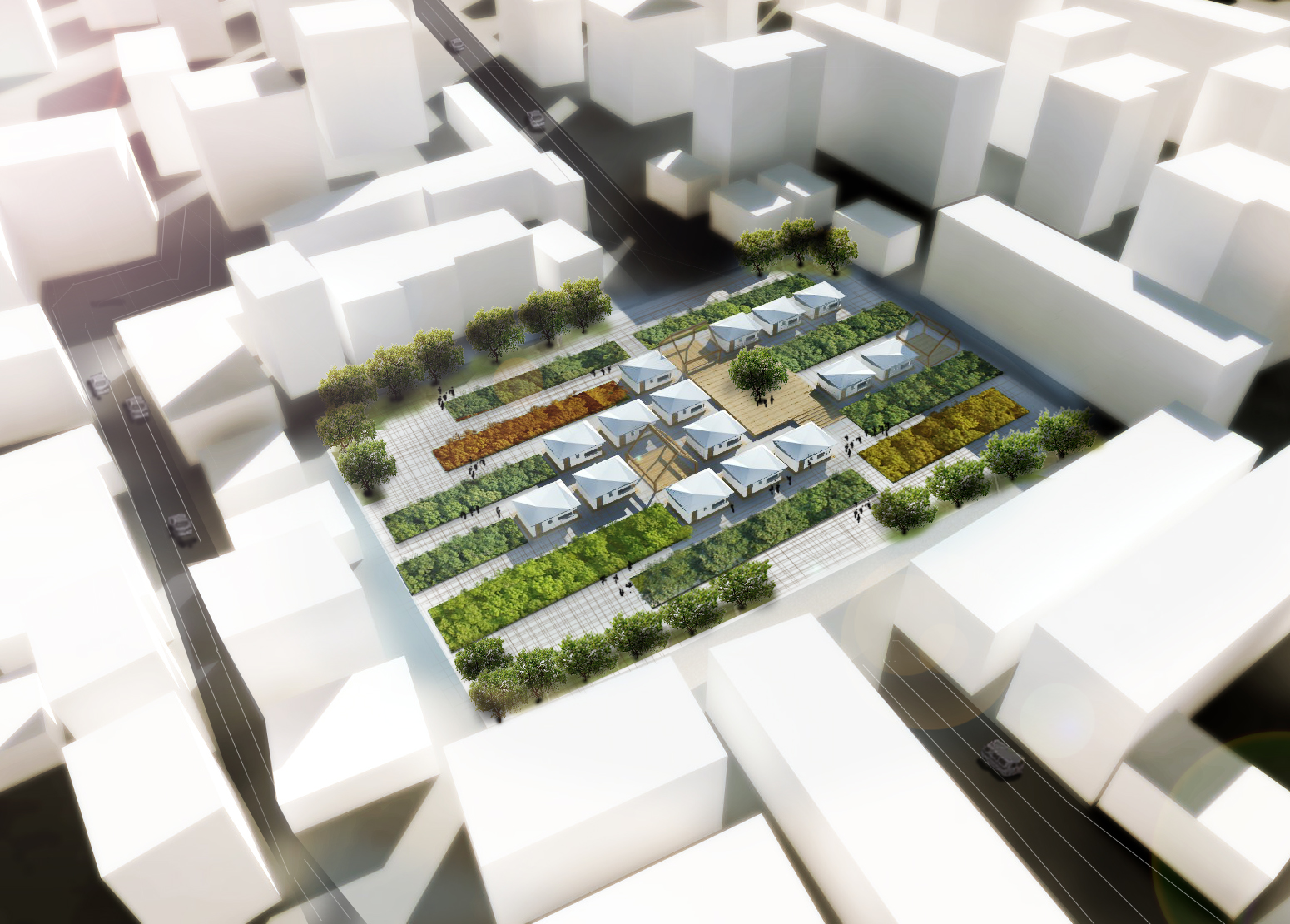 The project for a temporary, biodegradable housing
The project for a temporary, biodegradable housing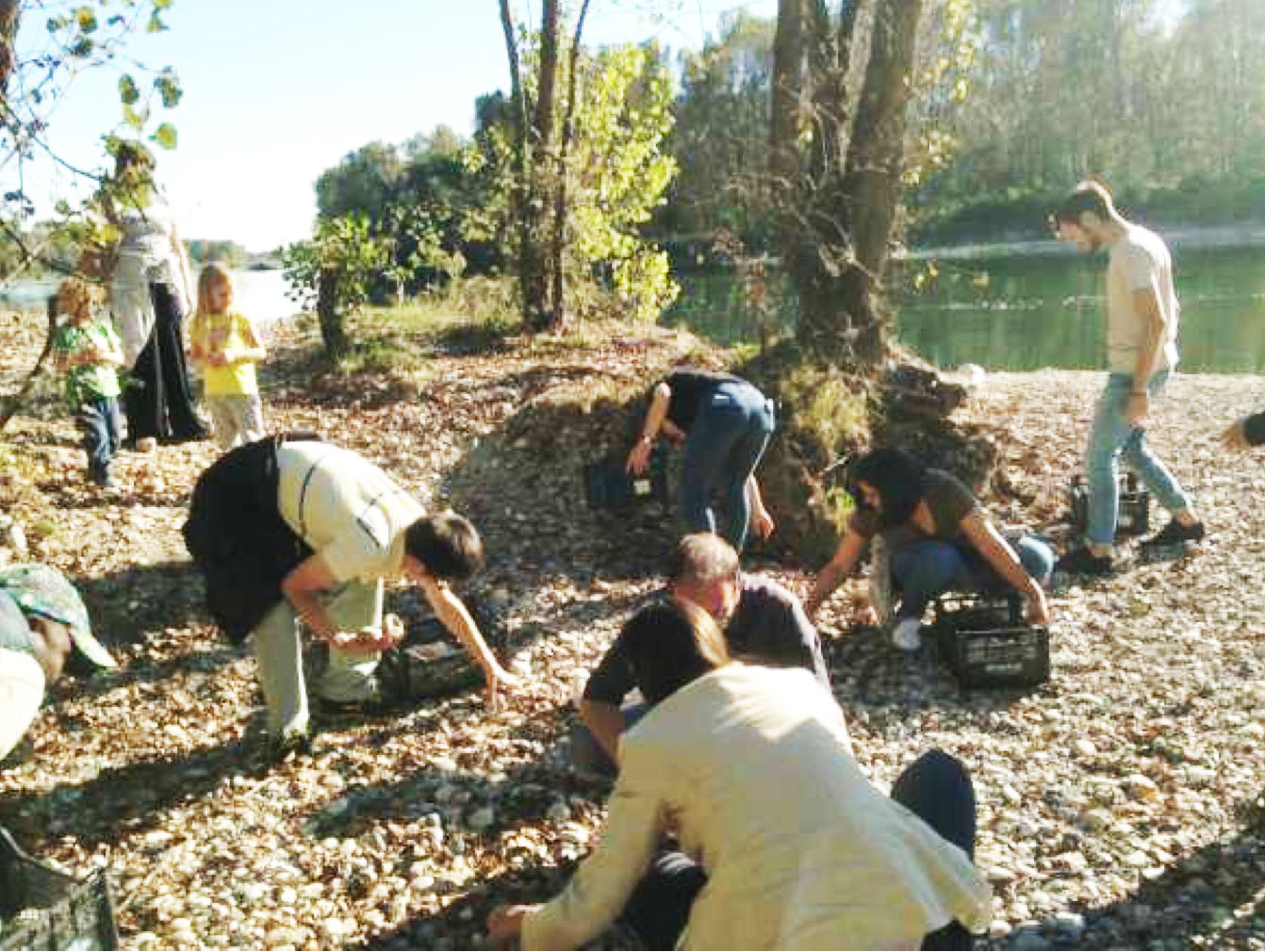 The problem in the reception centers is that they are overcrowded places, with little chance for social integration, no identity, lack of privacy and a feeling of not belonging, all factors which lead to tensions inside the centers and many further negative consequences.
The problem in the reception centers is that they are overcrowded places, with little chance for social integration, no identity, lack of privacy and a feeling of not belonging, all factors which lead to tensions inside the centers and many further negative consequences. Building the agrishelters inside the hosting cities is another positive aspect, because it prevents the formation of isolated, ghetto like camps. The materials used to build the shelters are all biodegradable, and they can be easily demolished with no negative impact on the land. We believe that this is a very important aspect, that can make a more convincing case when asking the authorities for land inside the city, because that land it will be occupied temporarily.
Building the agrishelters inside the hosting cities is another positive aspect, because it prevents the formation of isolated, ghetto like camps. The materials used to build the shelters are all biodegradable, and they can be easily demolished with no negative impact on the land. We believe that this is a very important aspect, that can make a more convincing case when asking the authorities for land inside the city, because that land it will be occupied temporarily.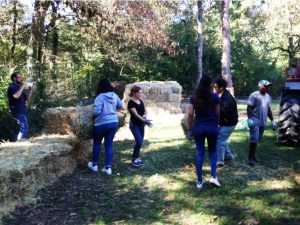 Another great experience was that the people in the neighborhood seemed curious and excited about what we were doing, and even tried to contribute to the project in different ways.” (Narges Mofarahian)
Another great experience was that the people in the neighborhood seemed curious and excited about what we were doing, and even tried to contribute to the project in different ways.” (Narges Mofarahian)